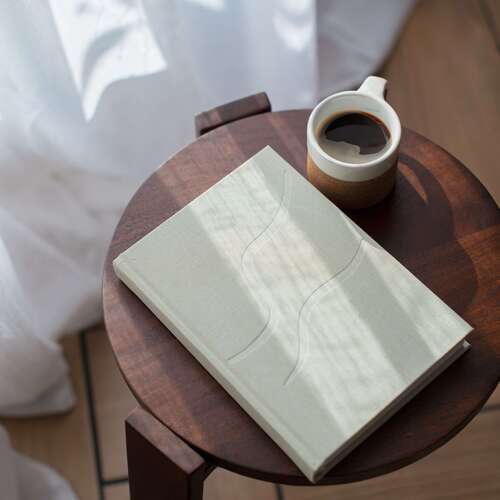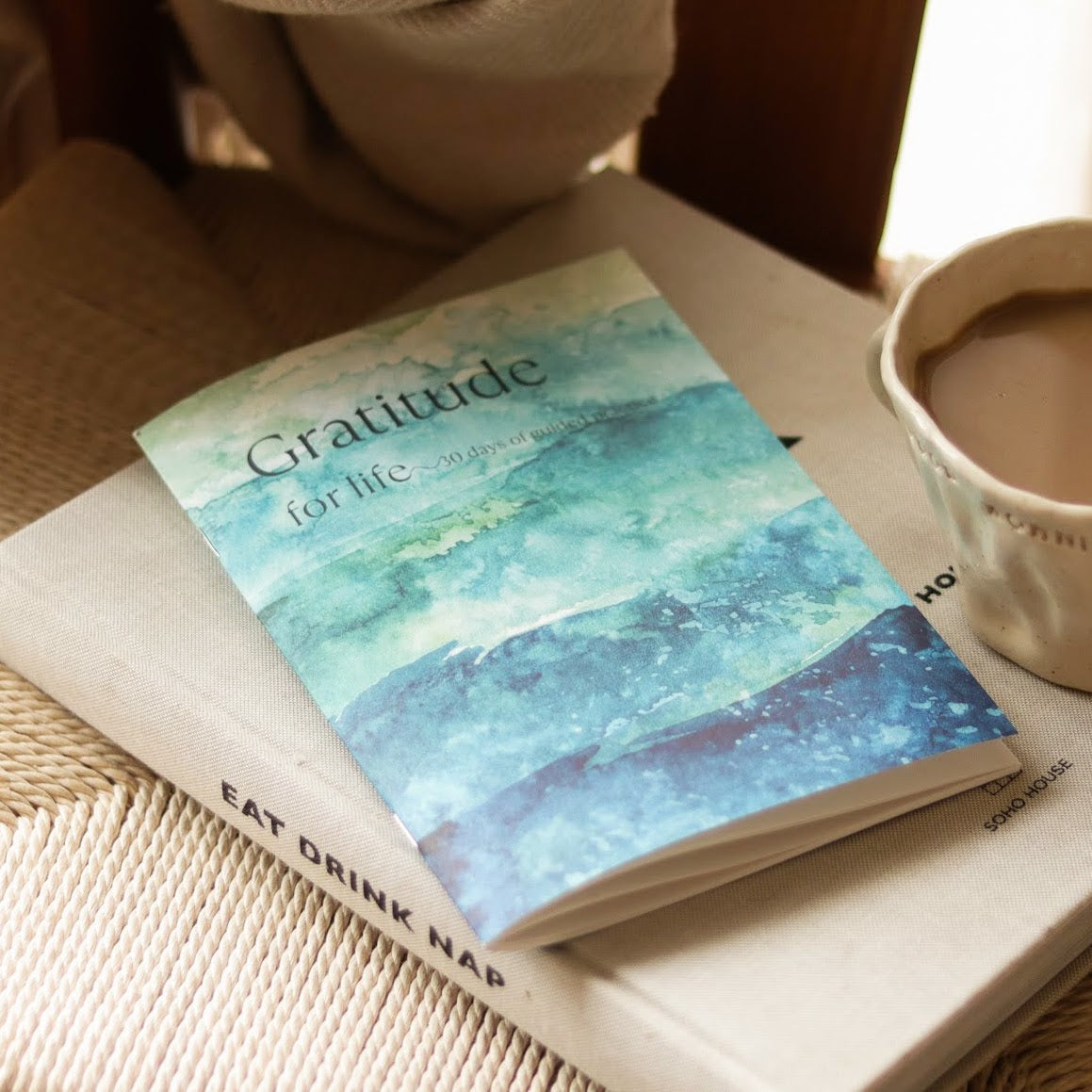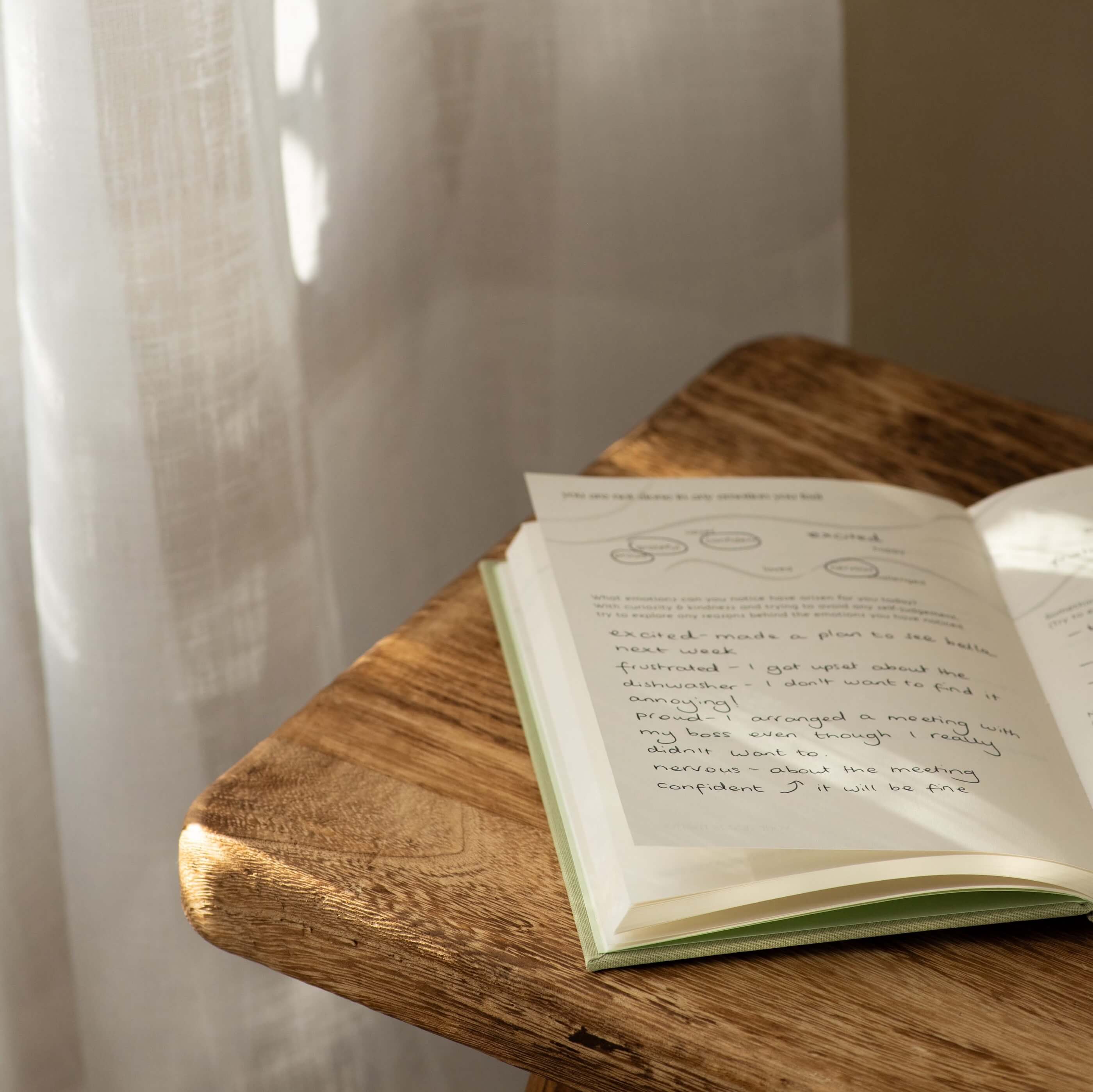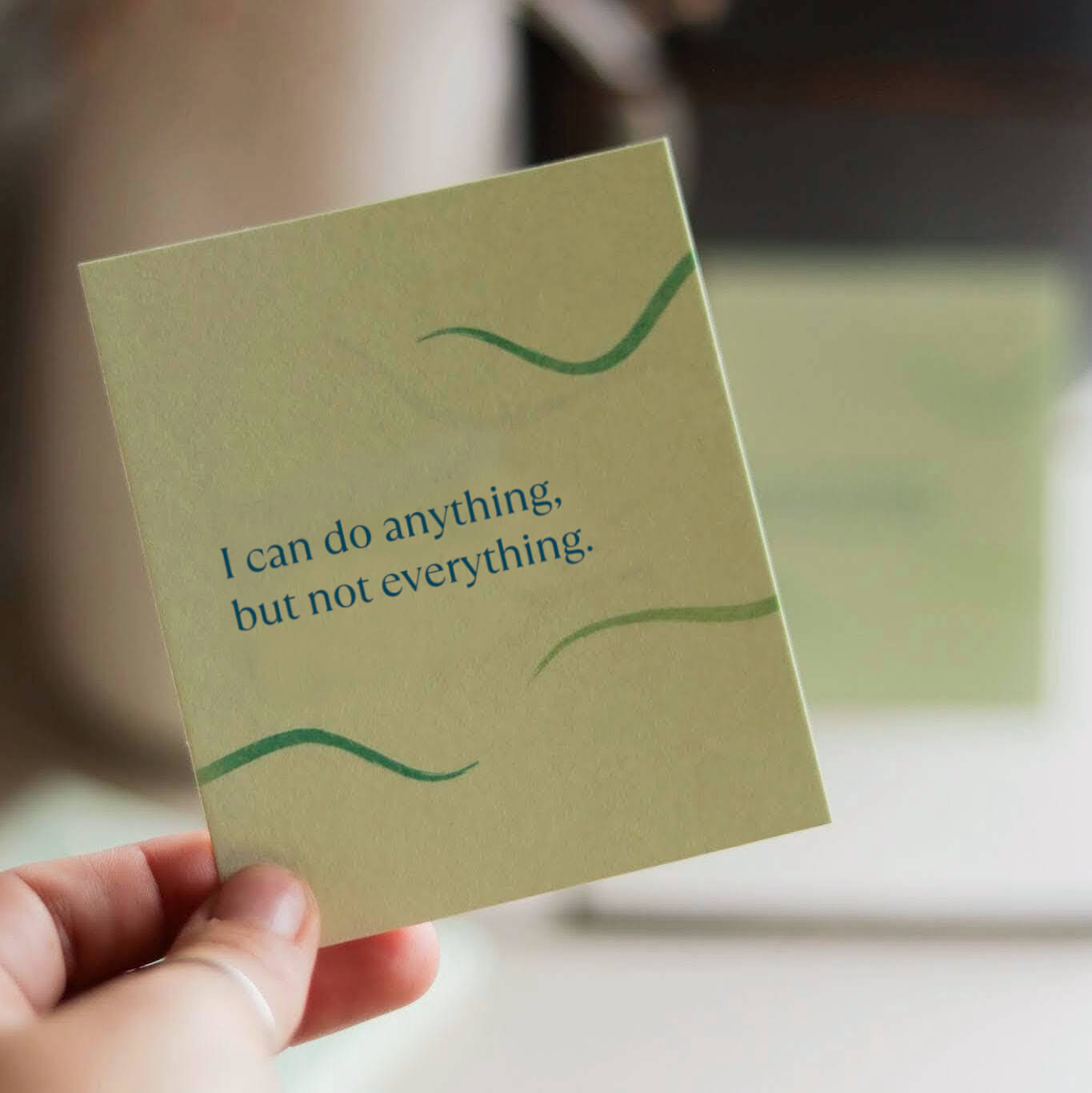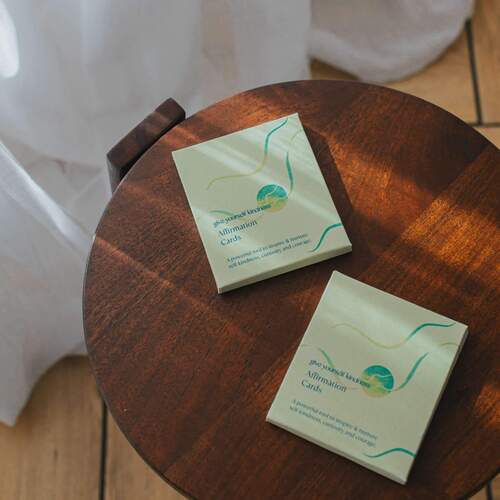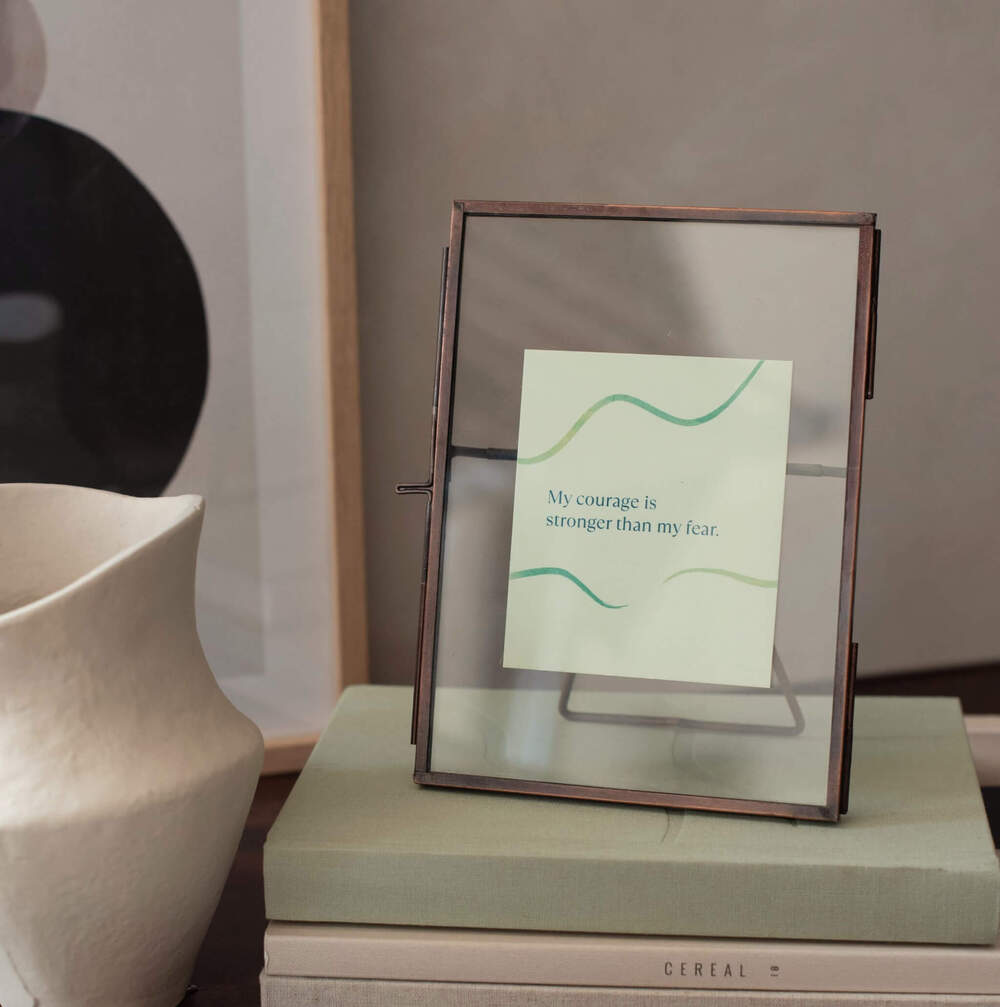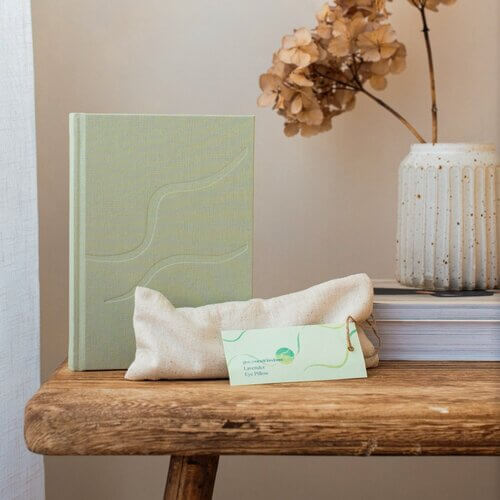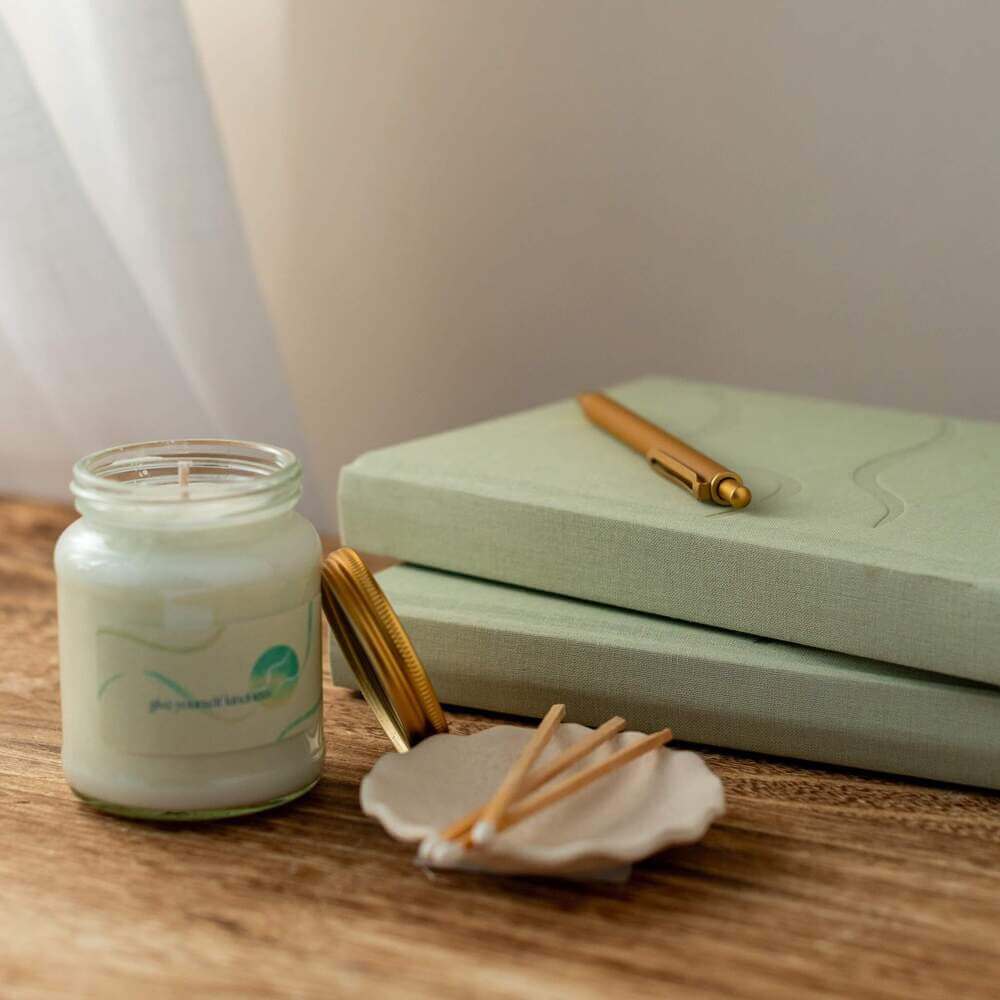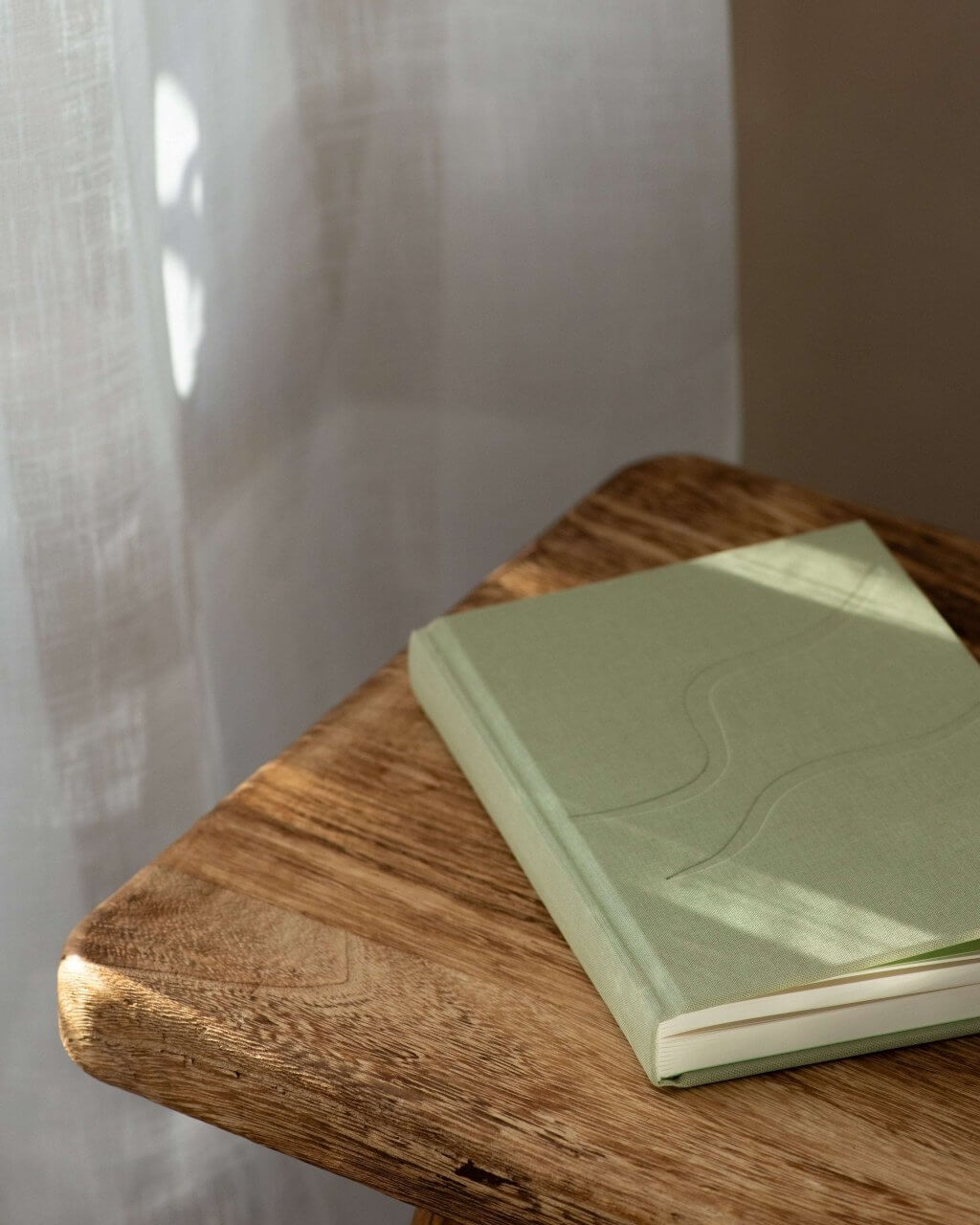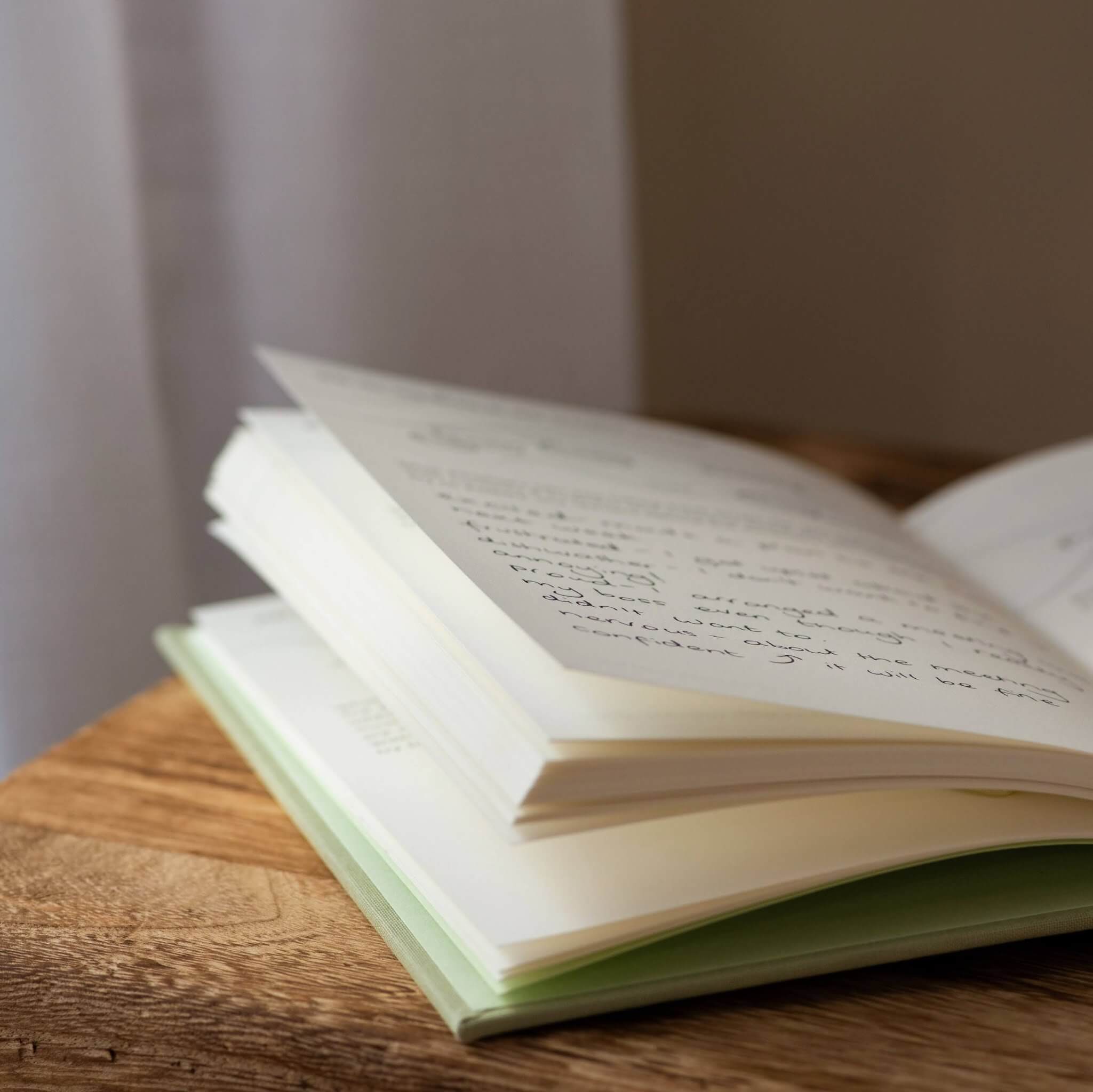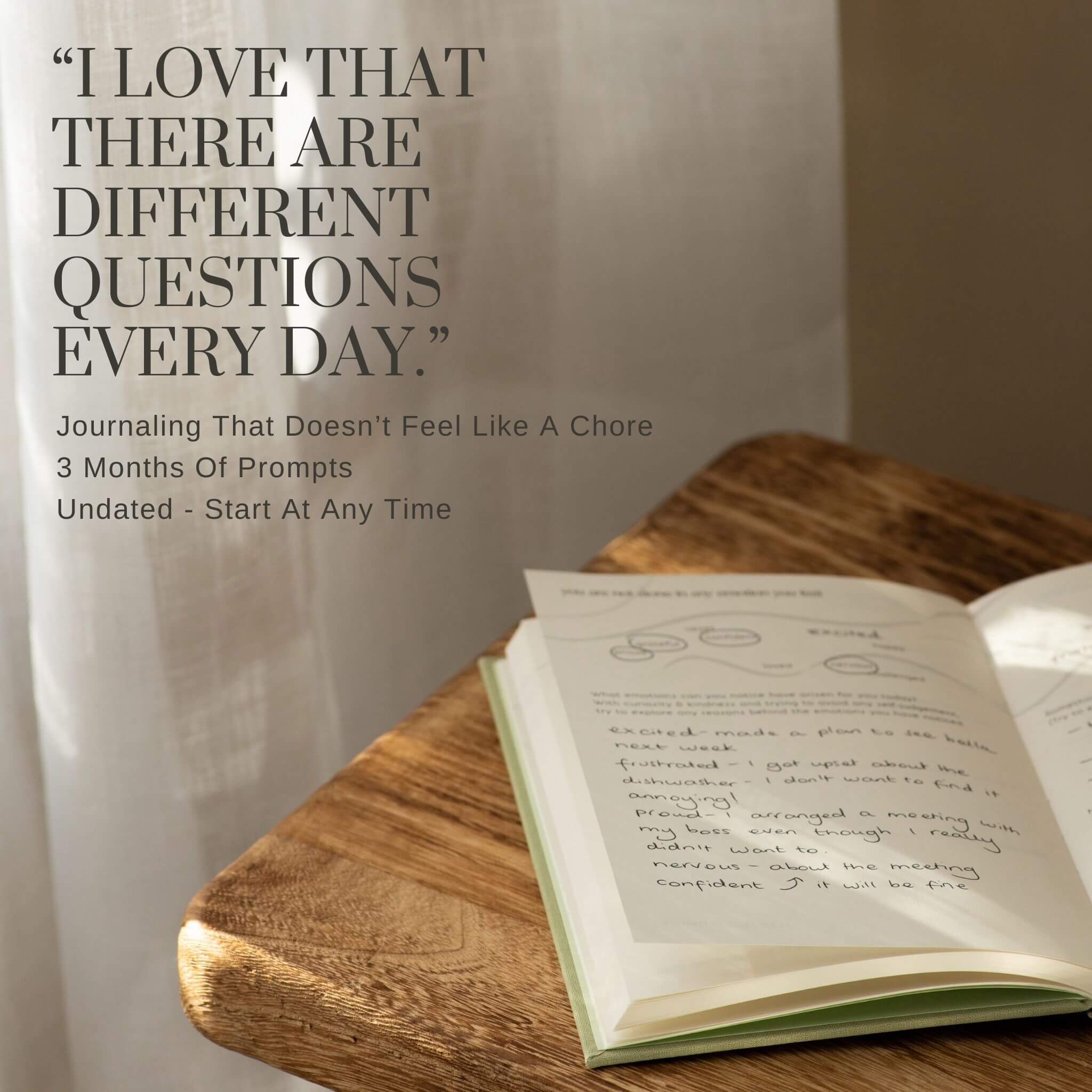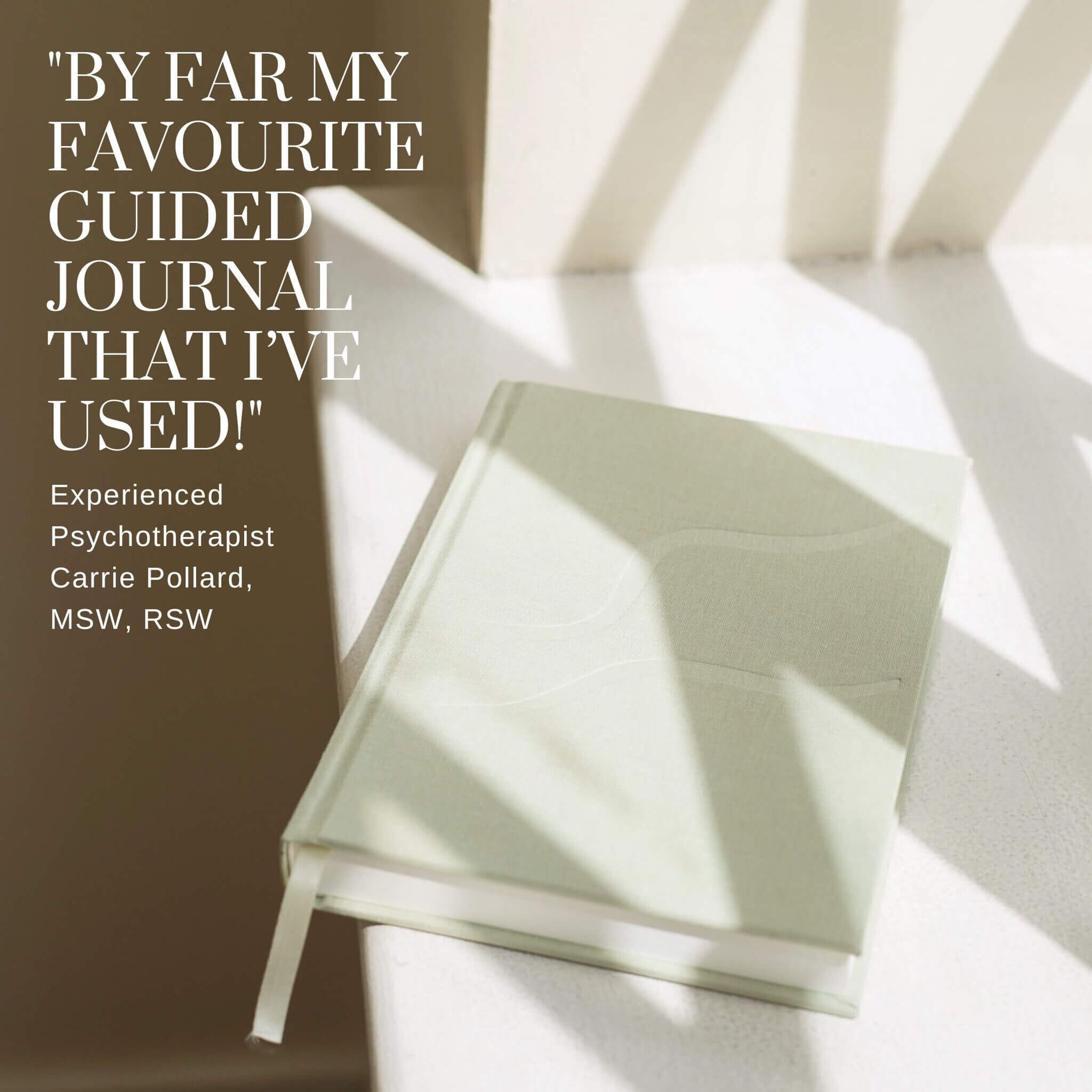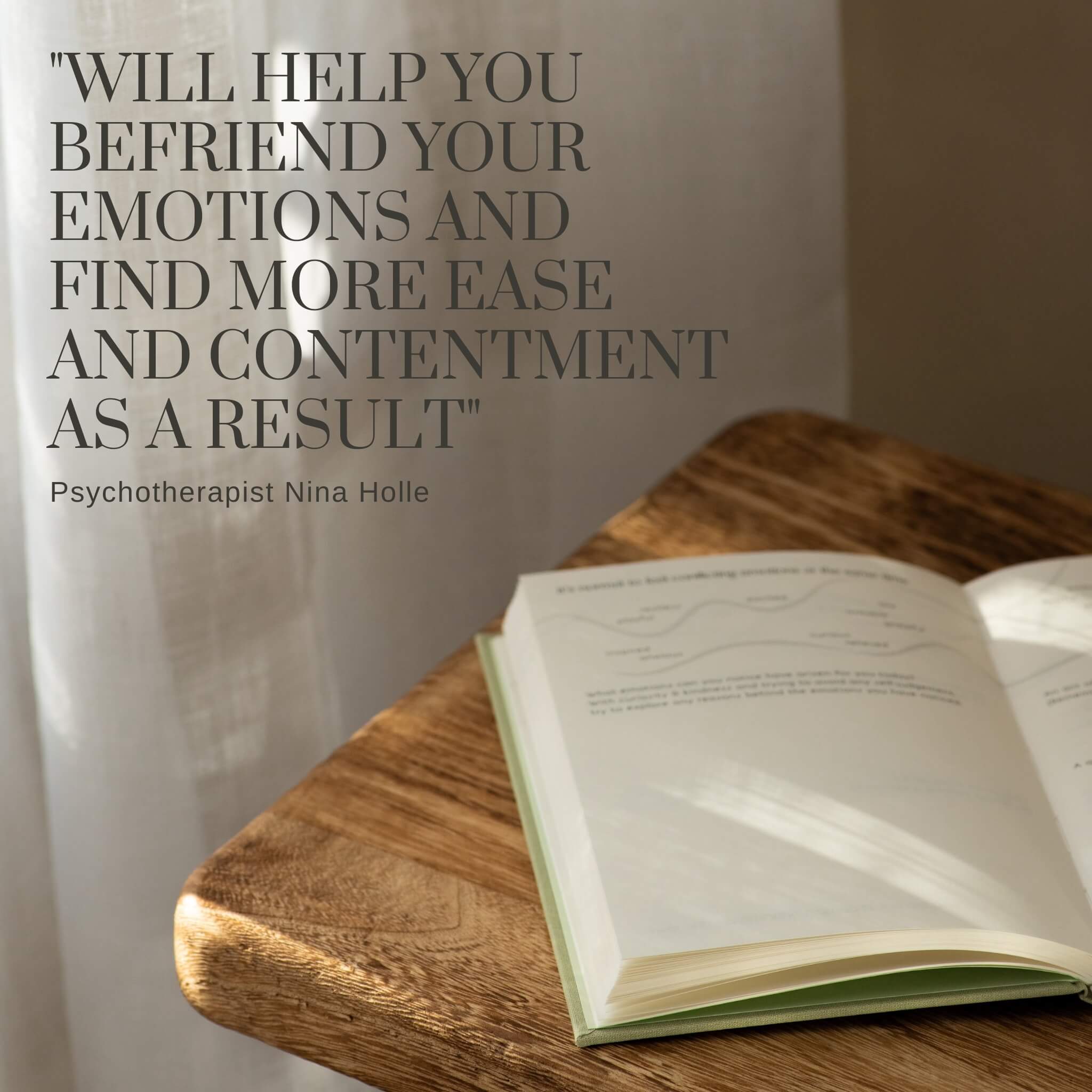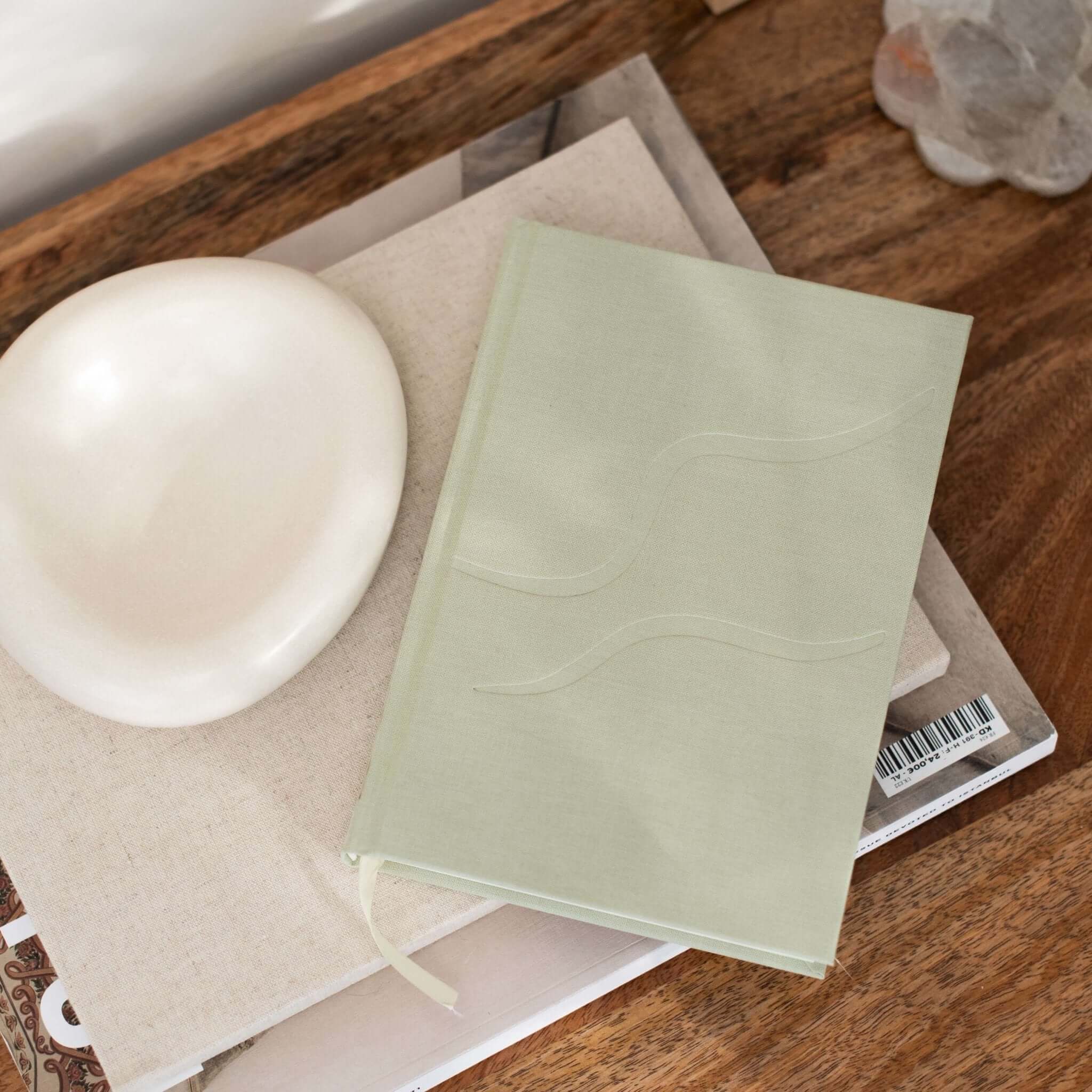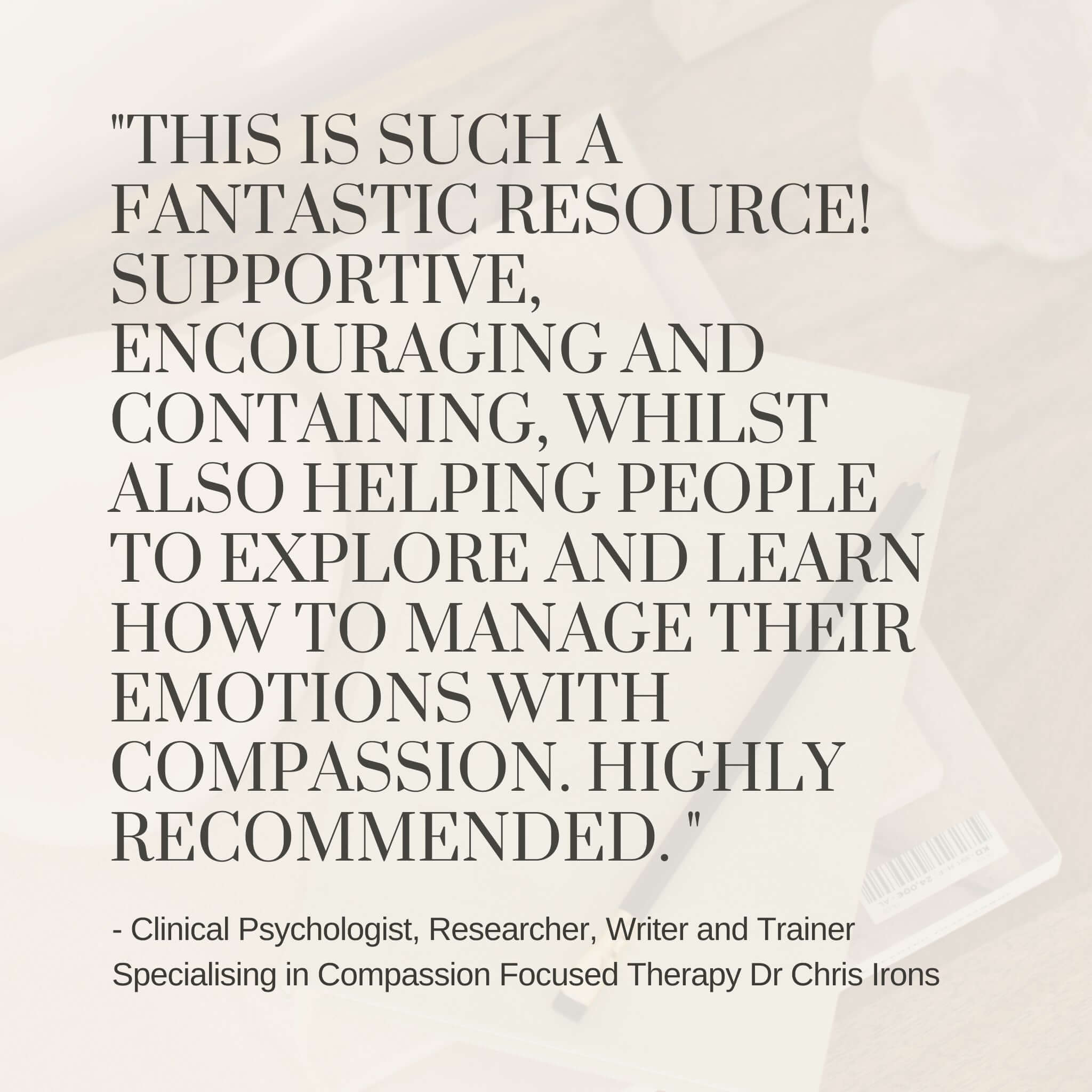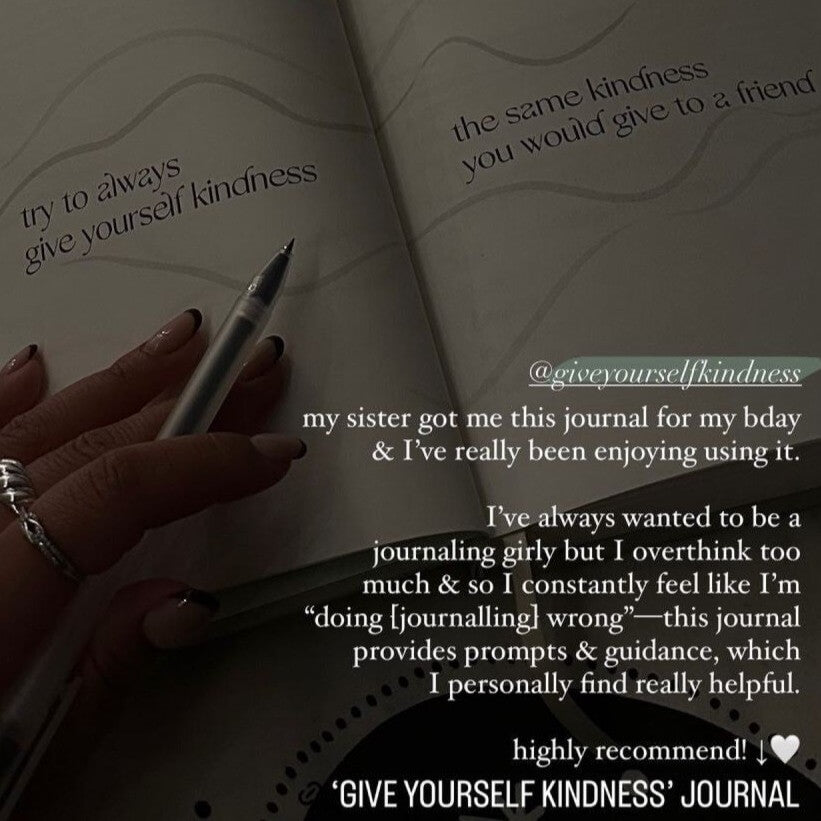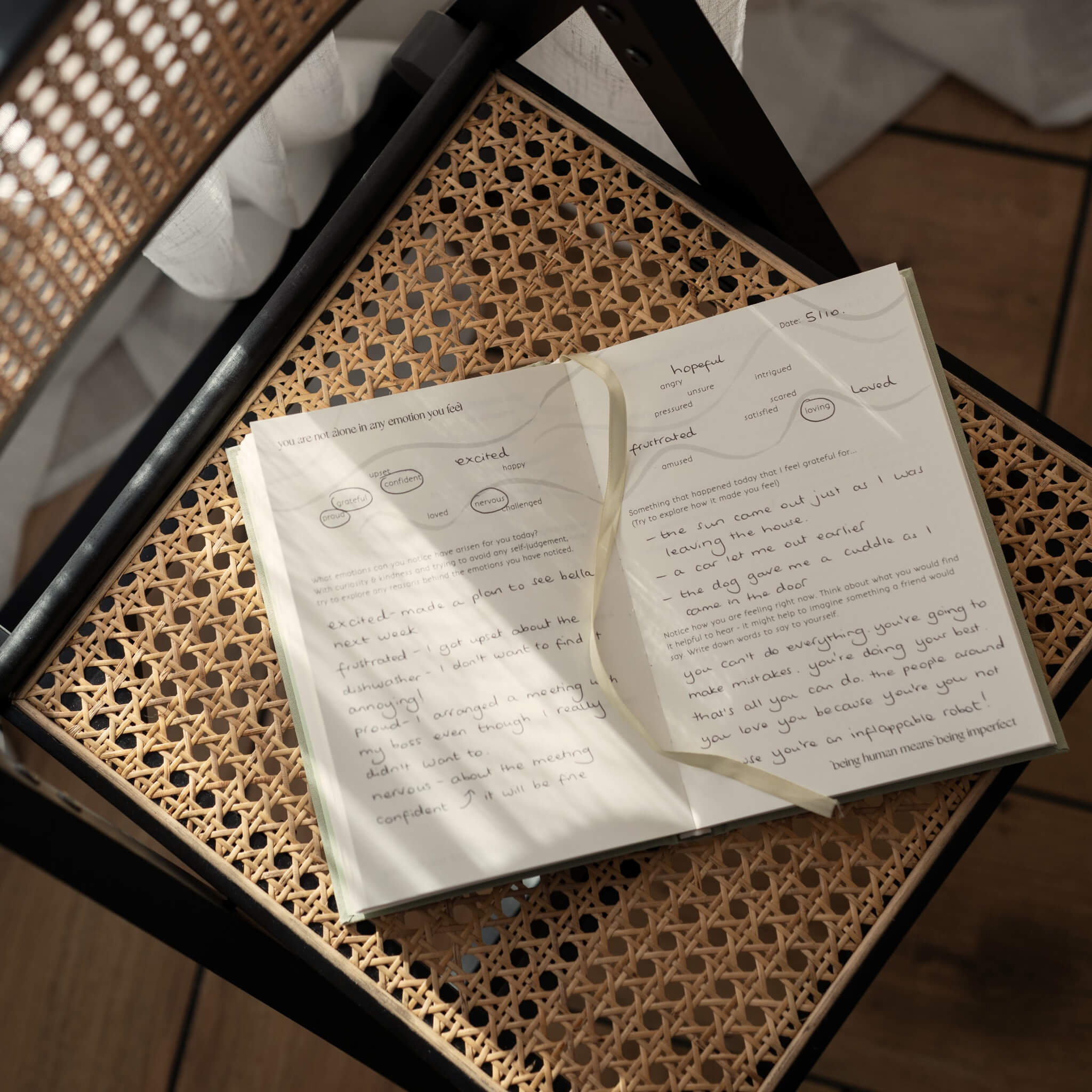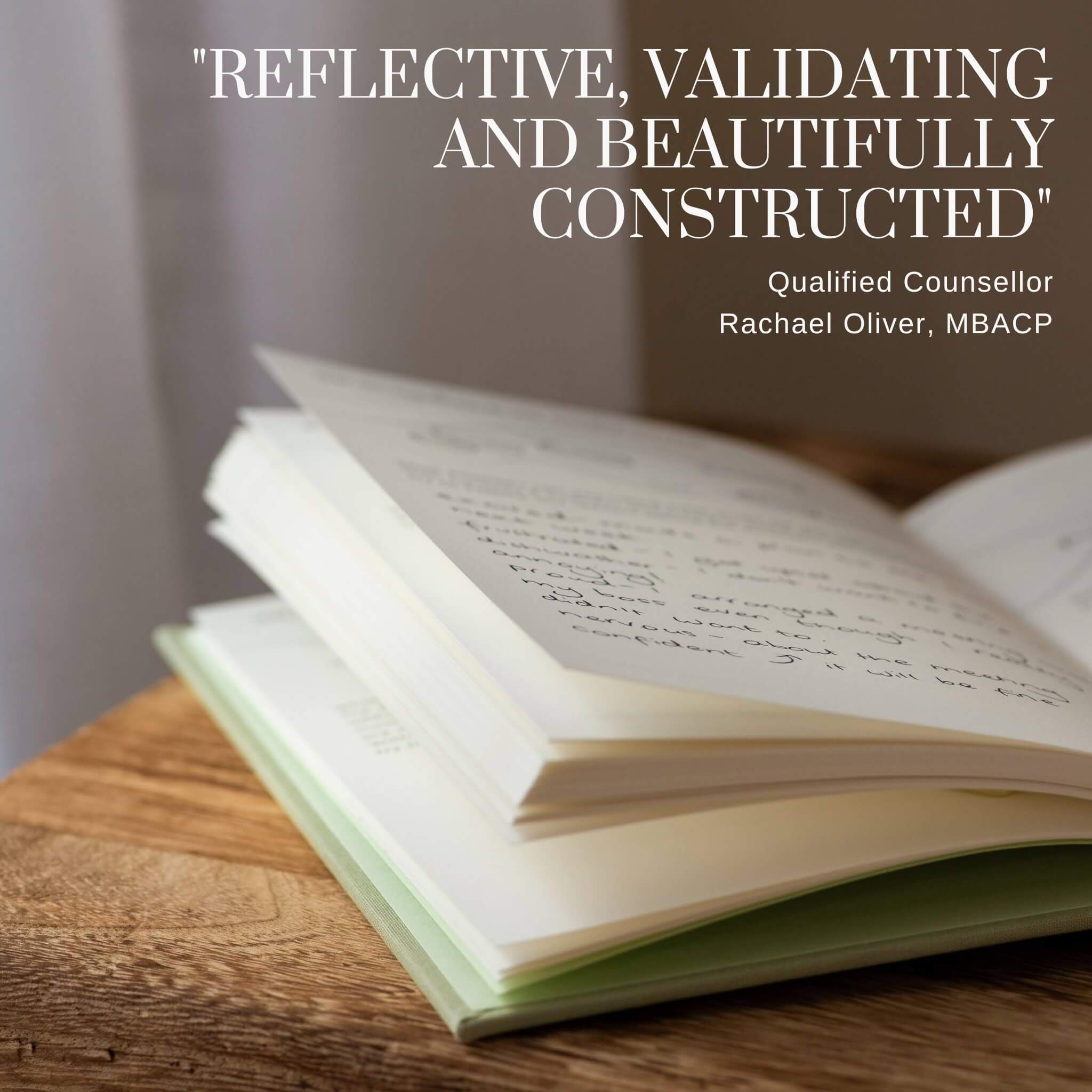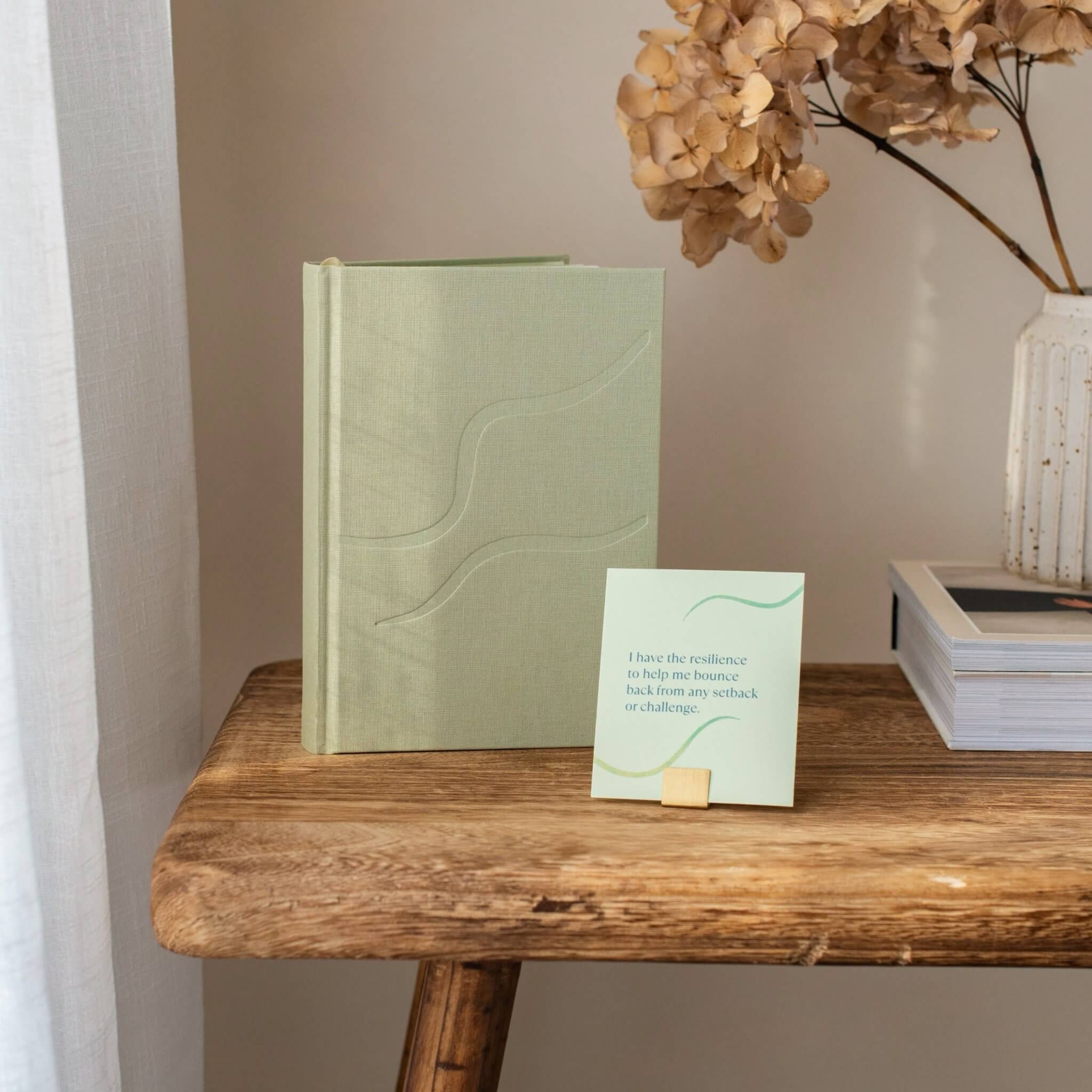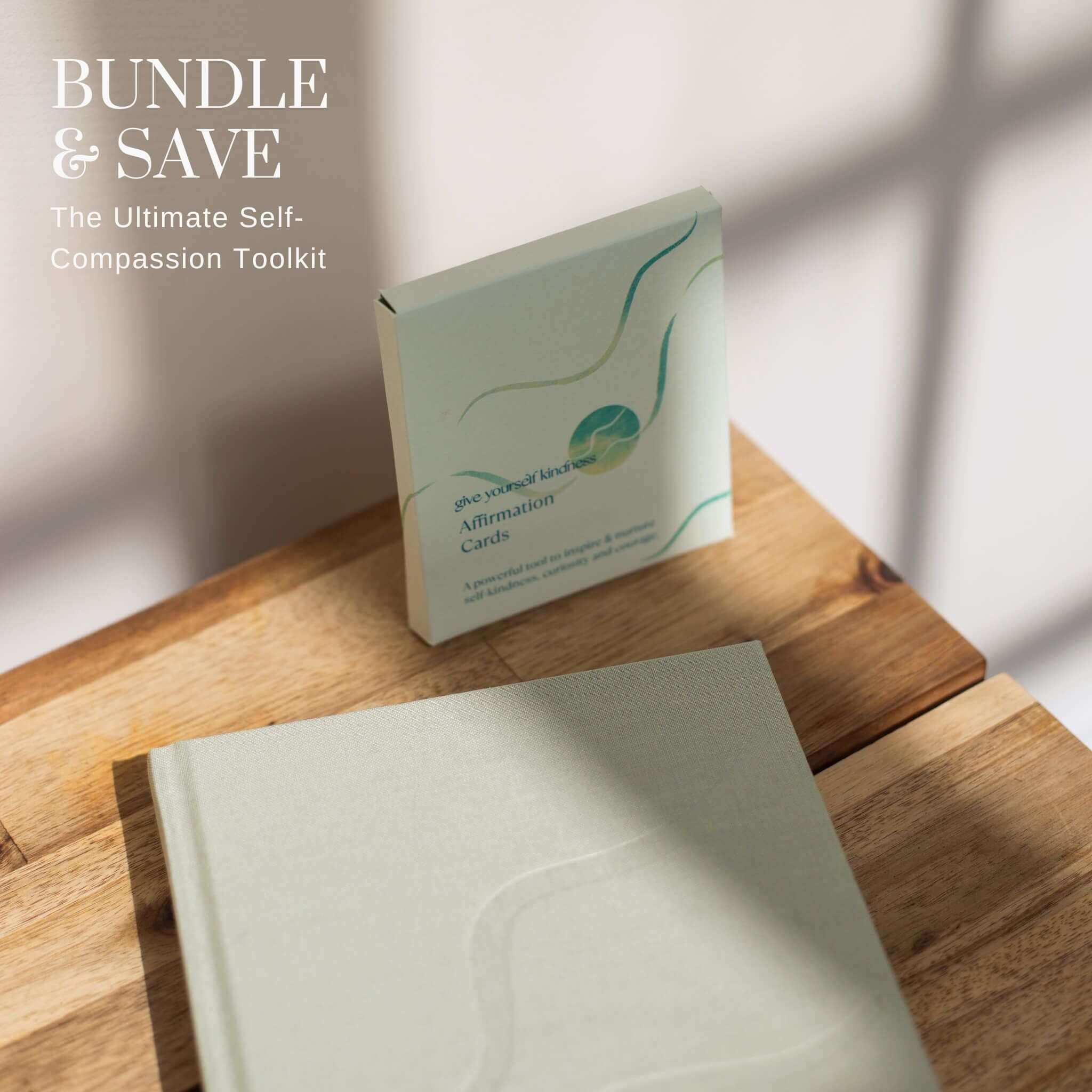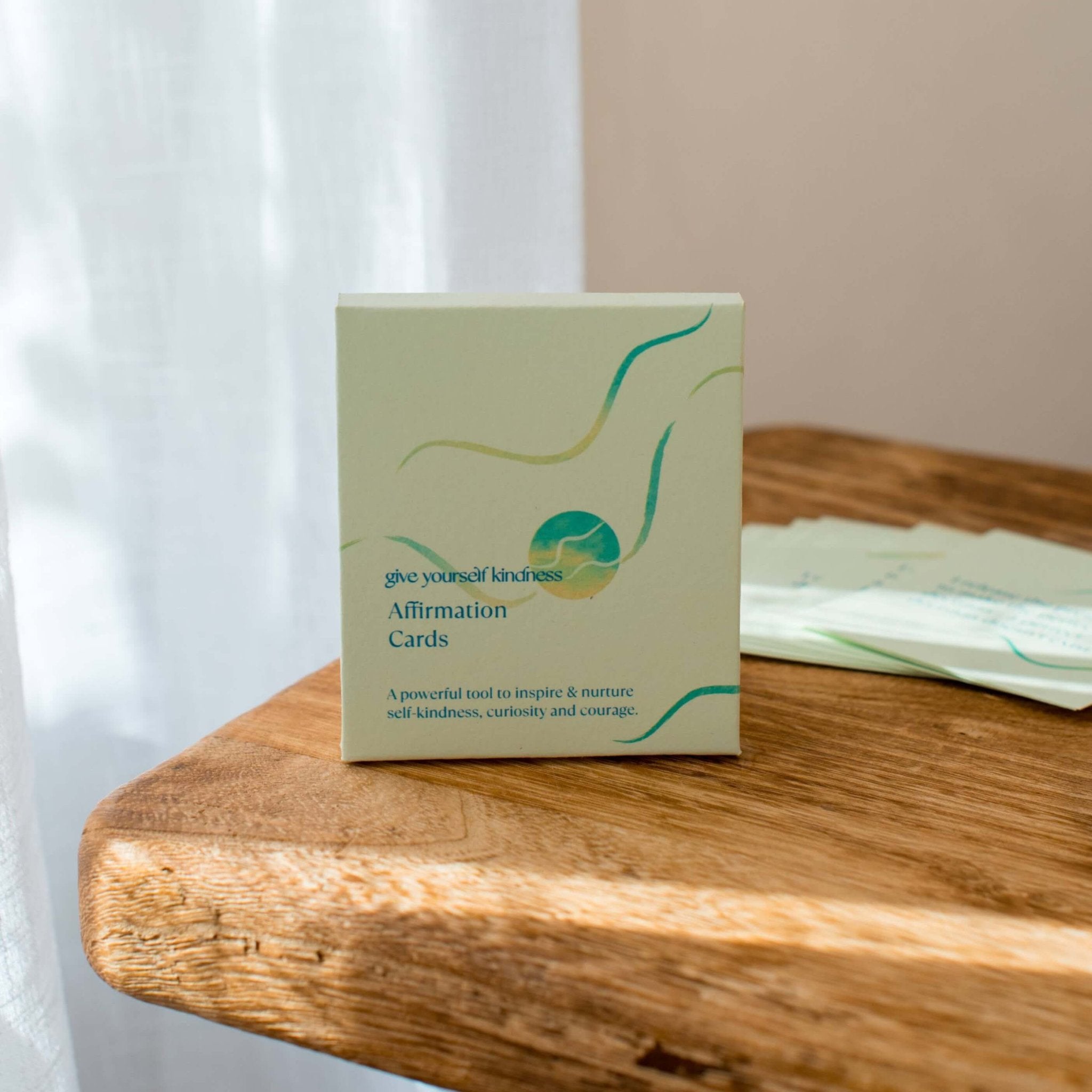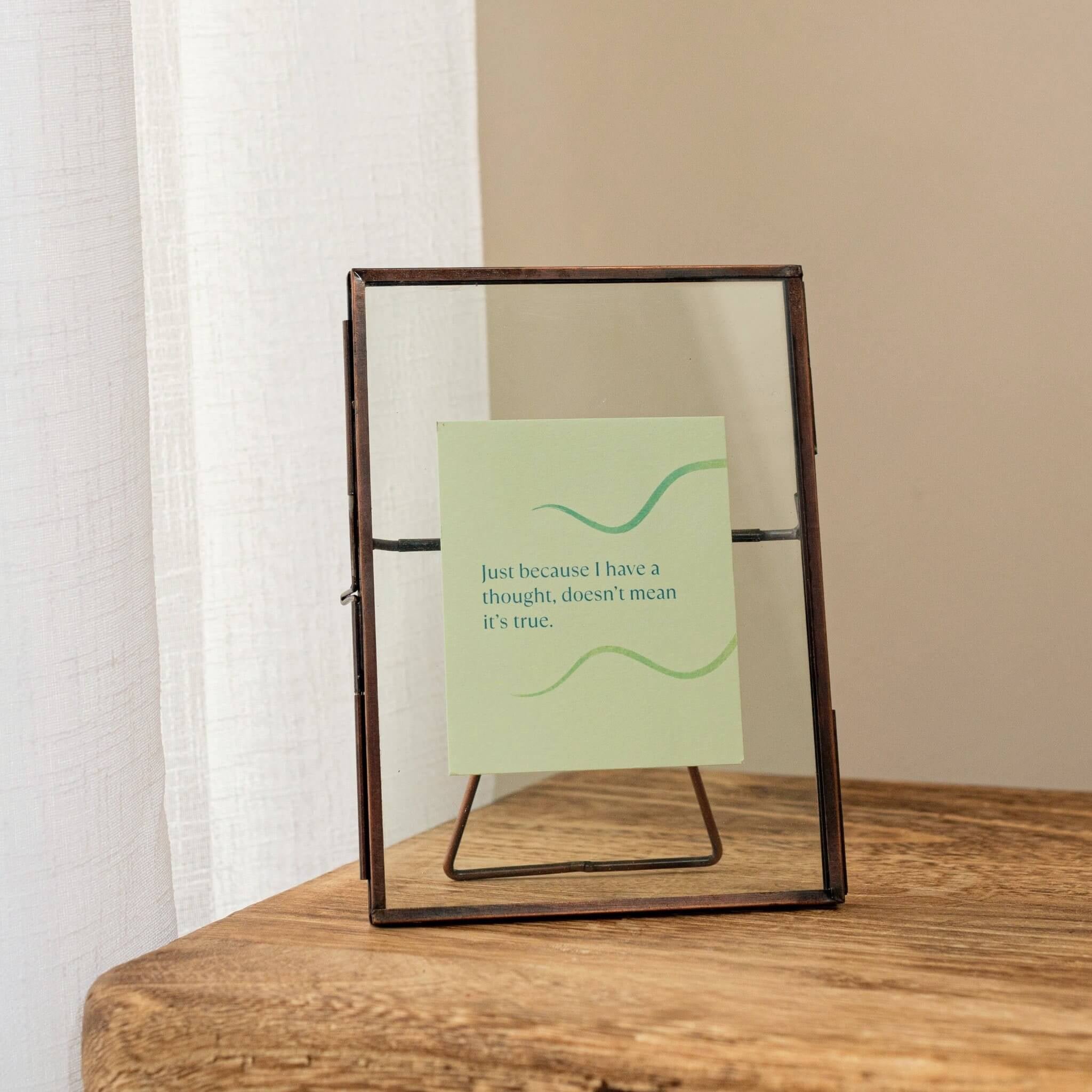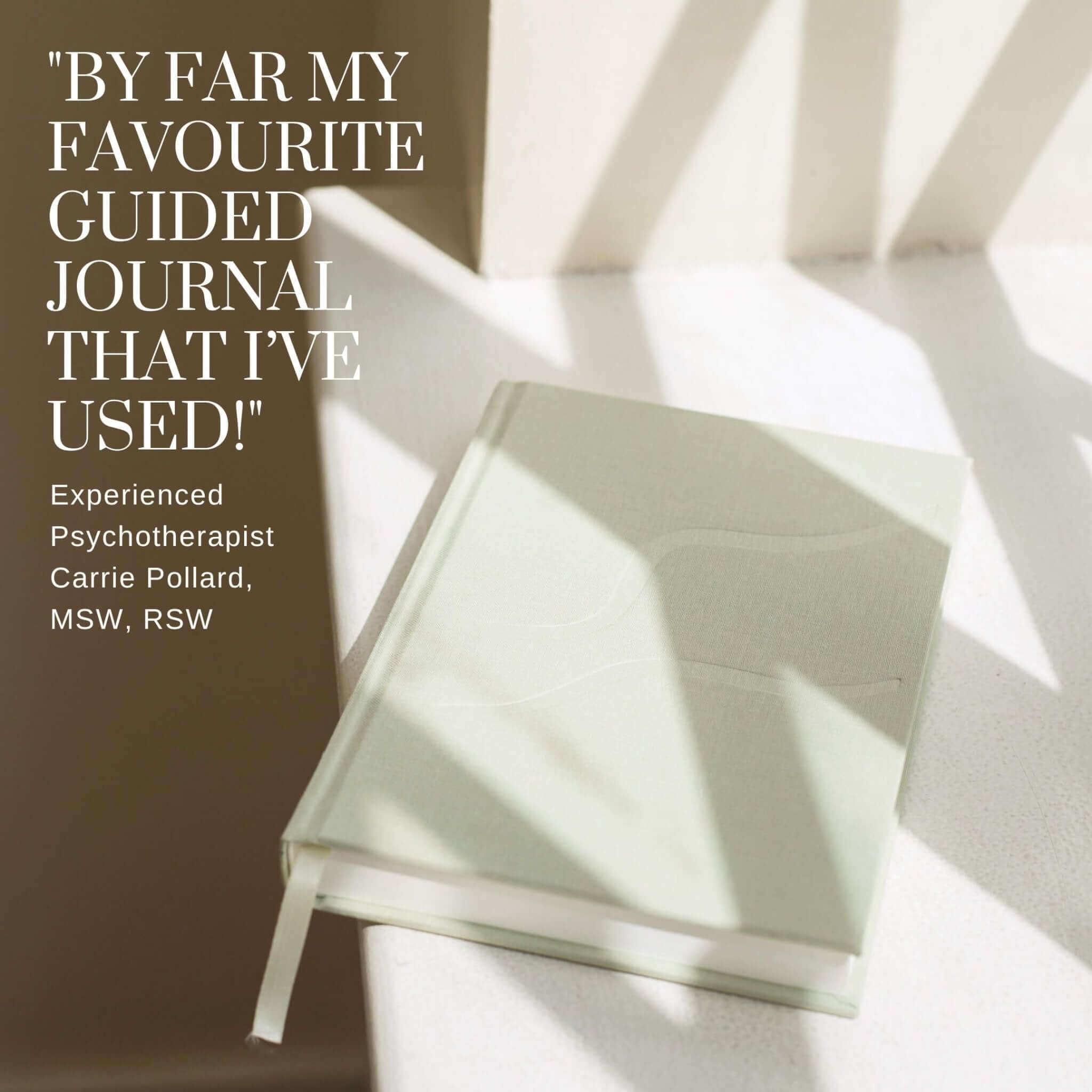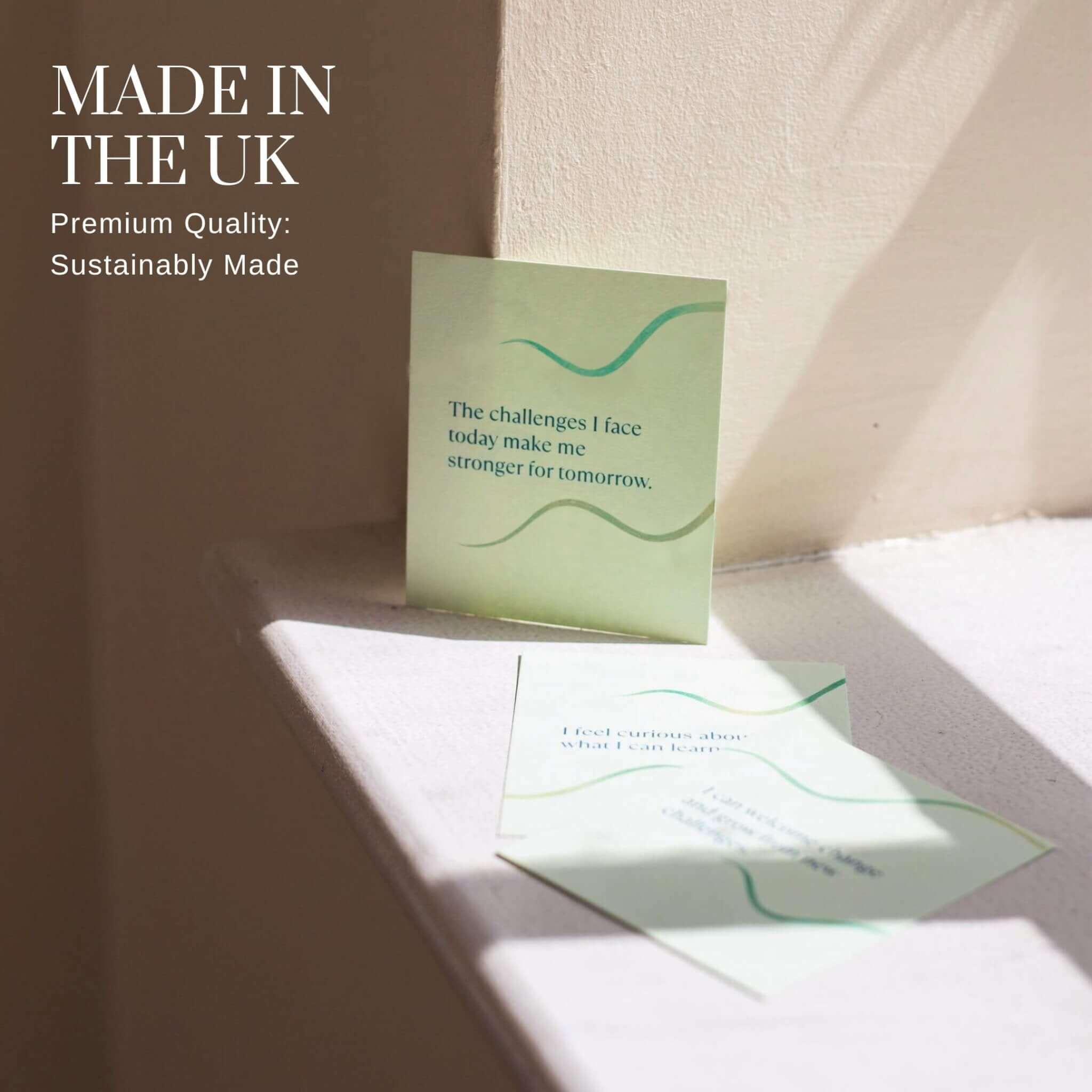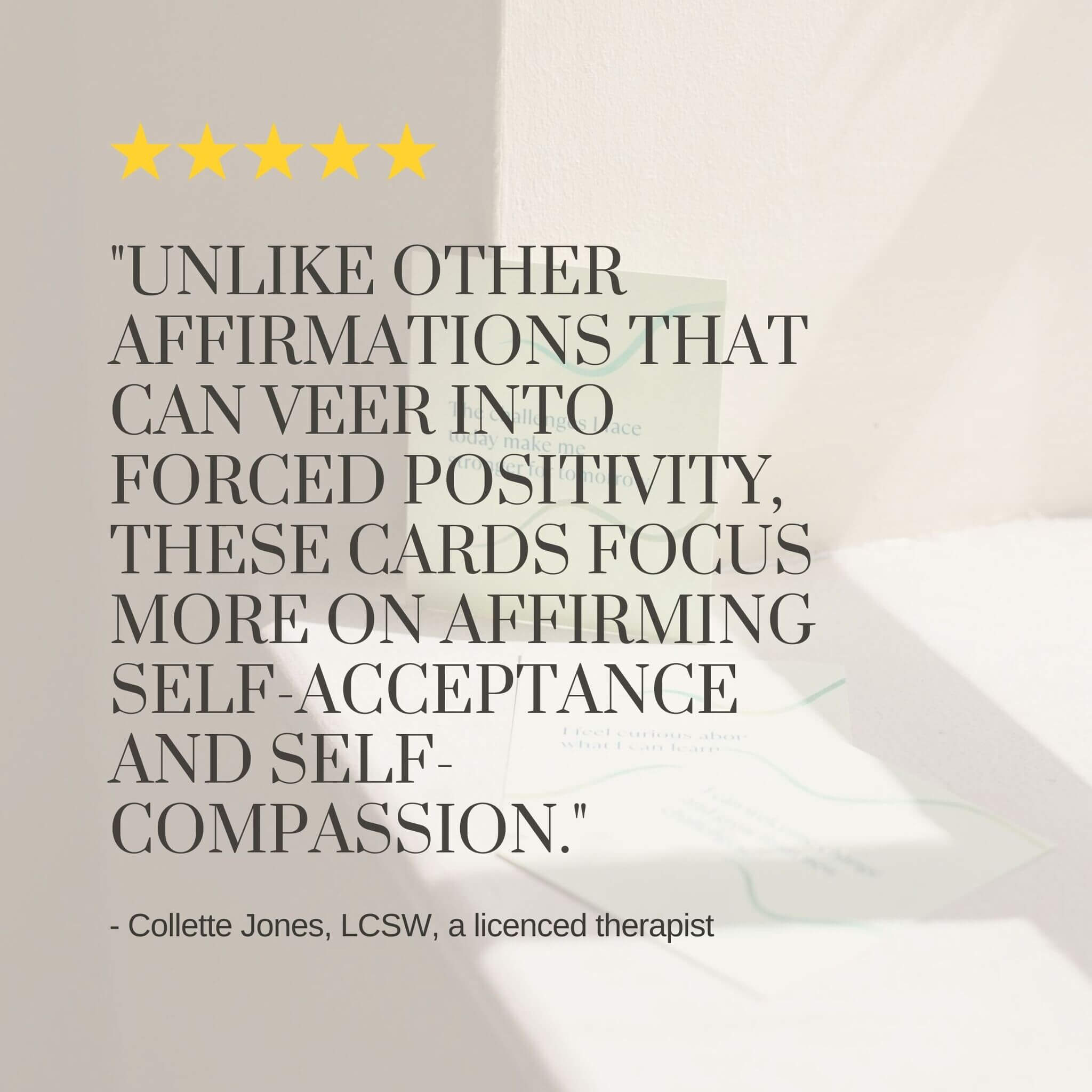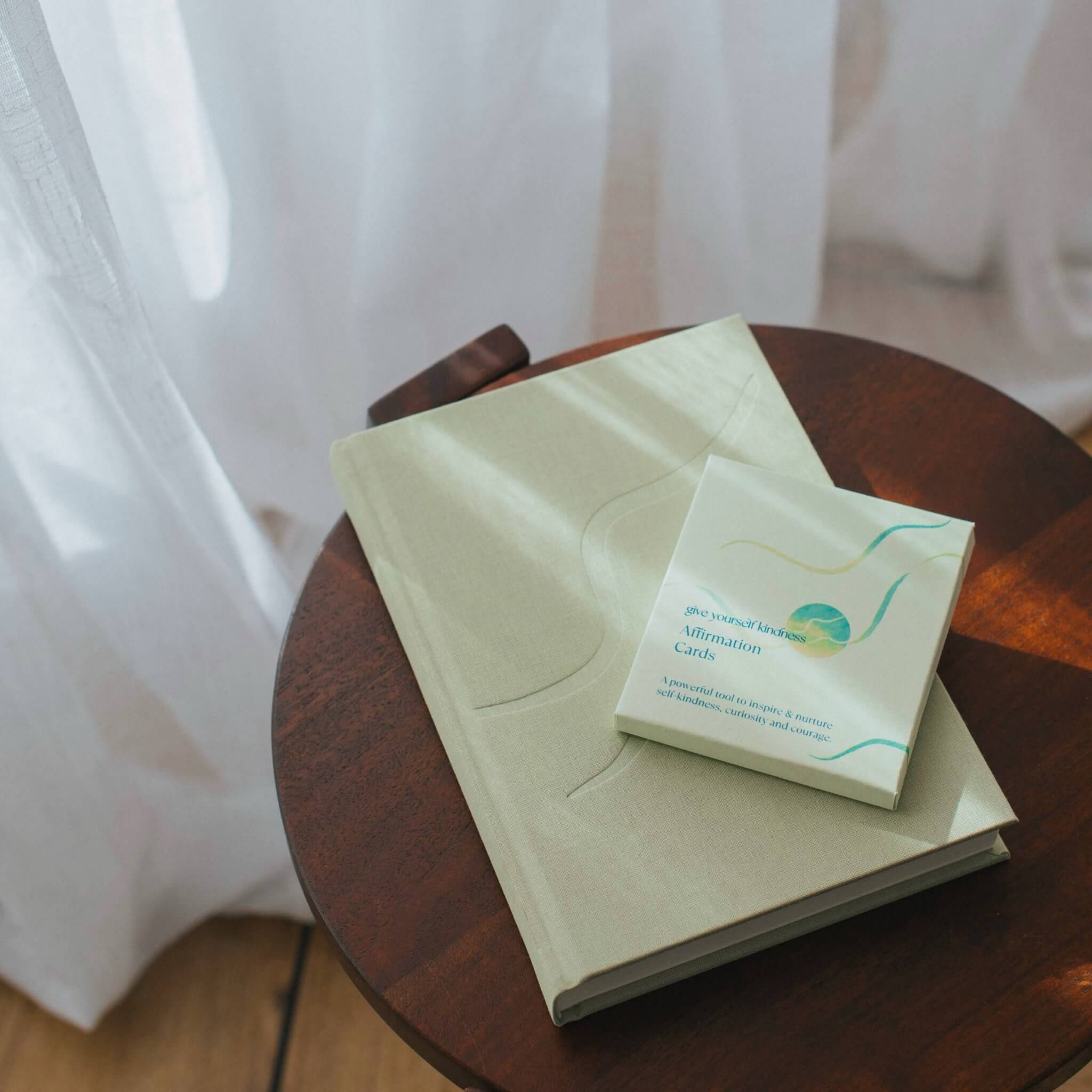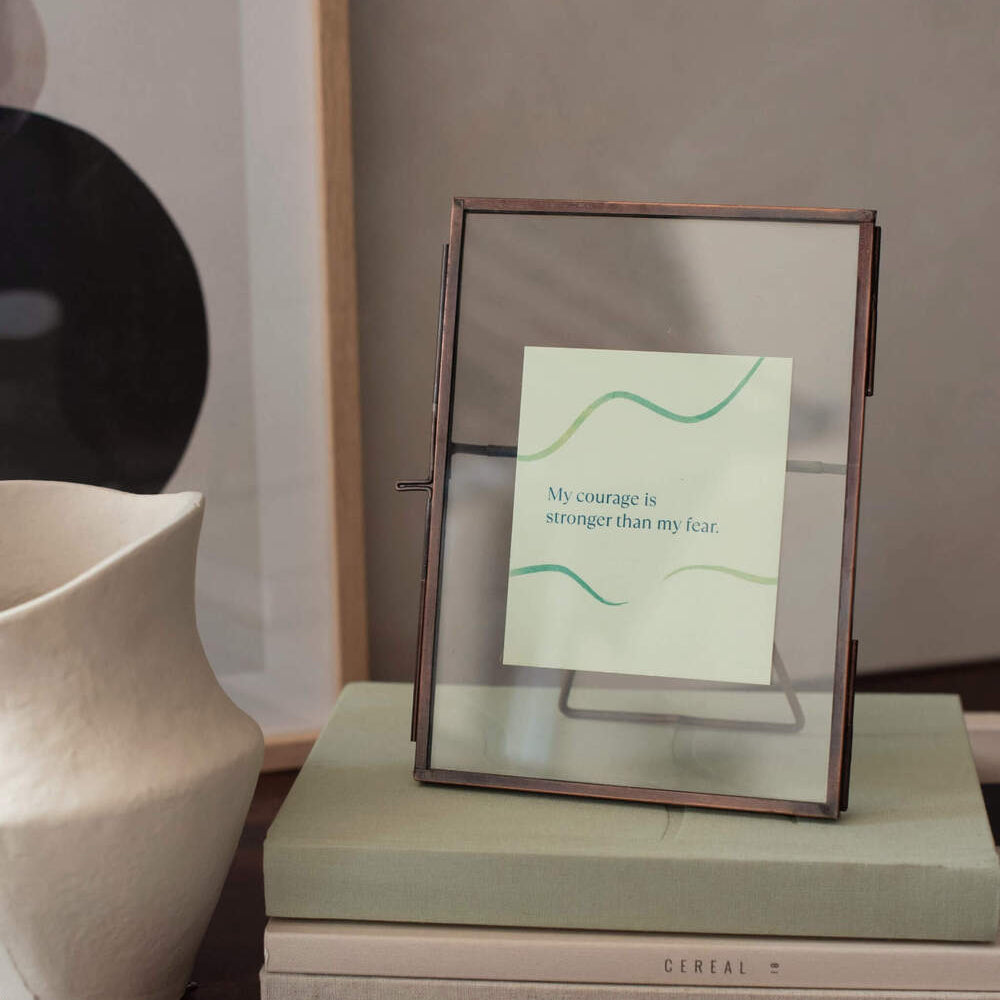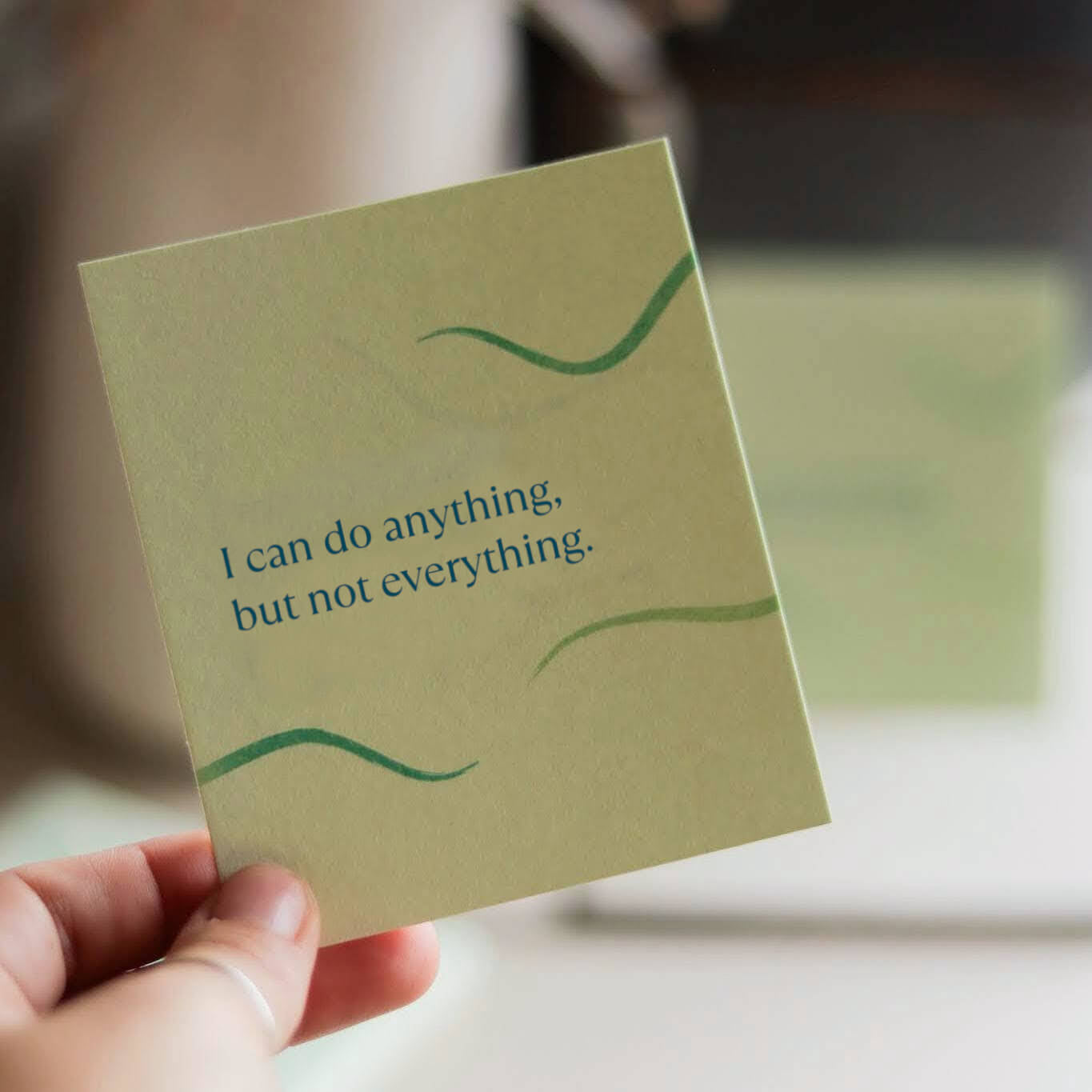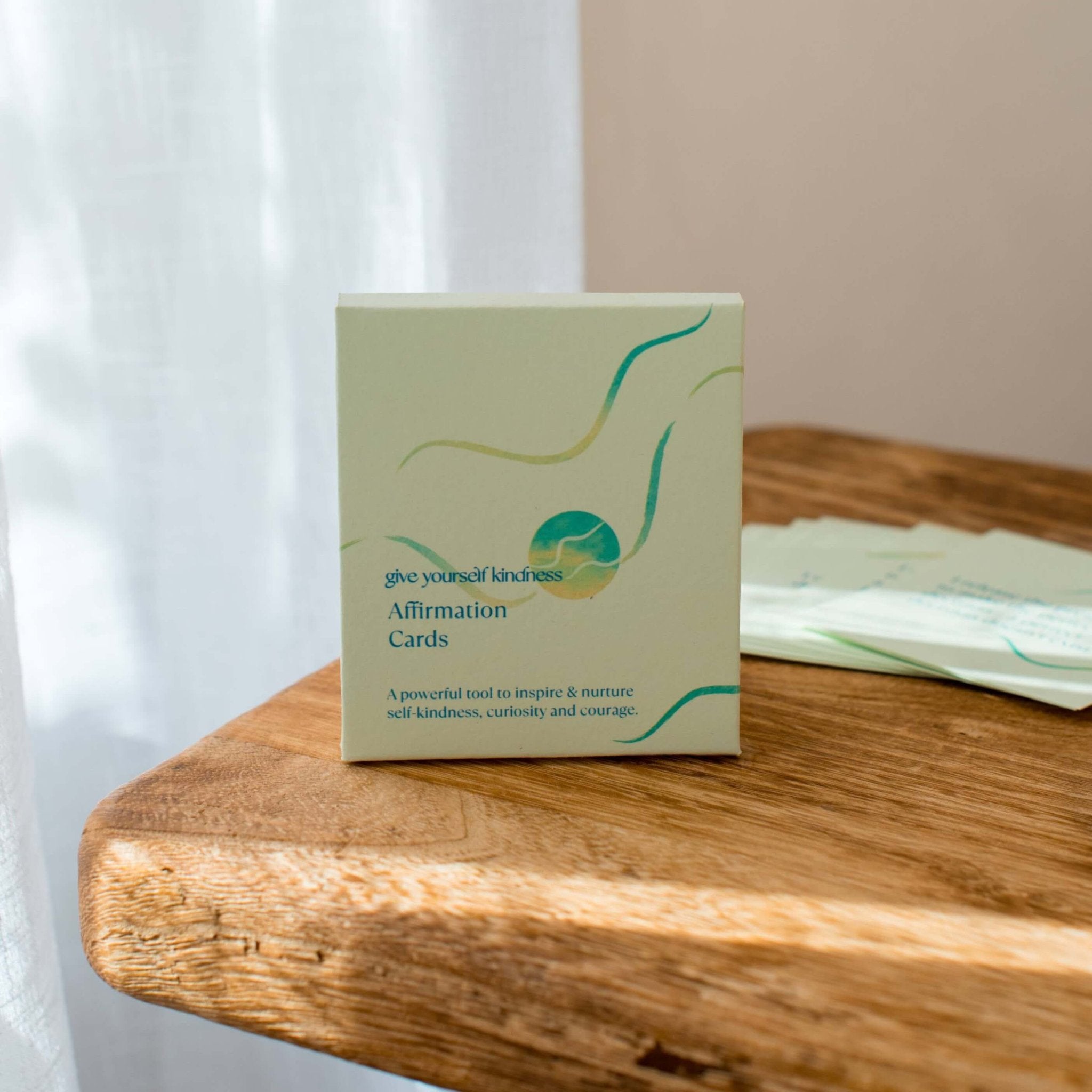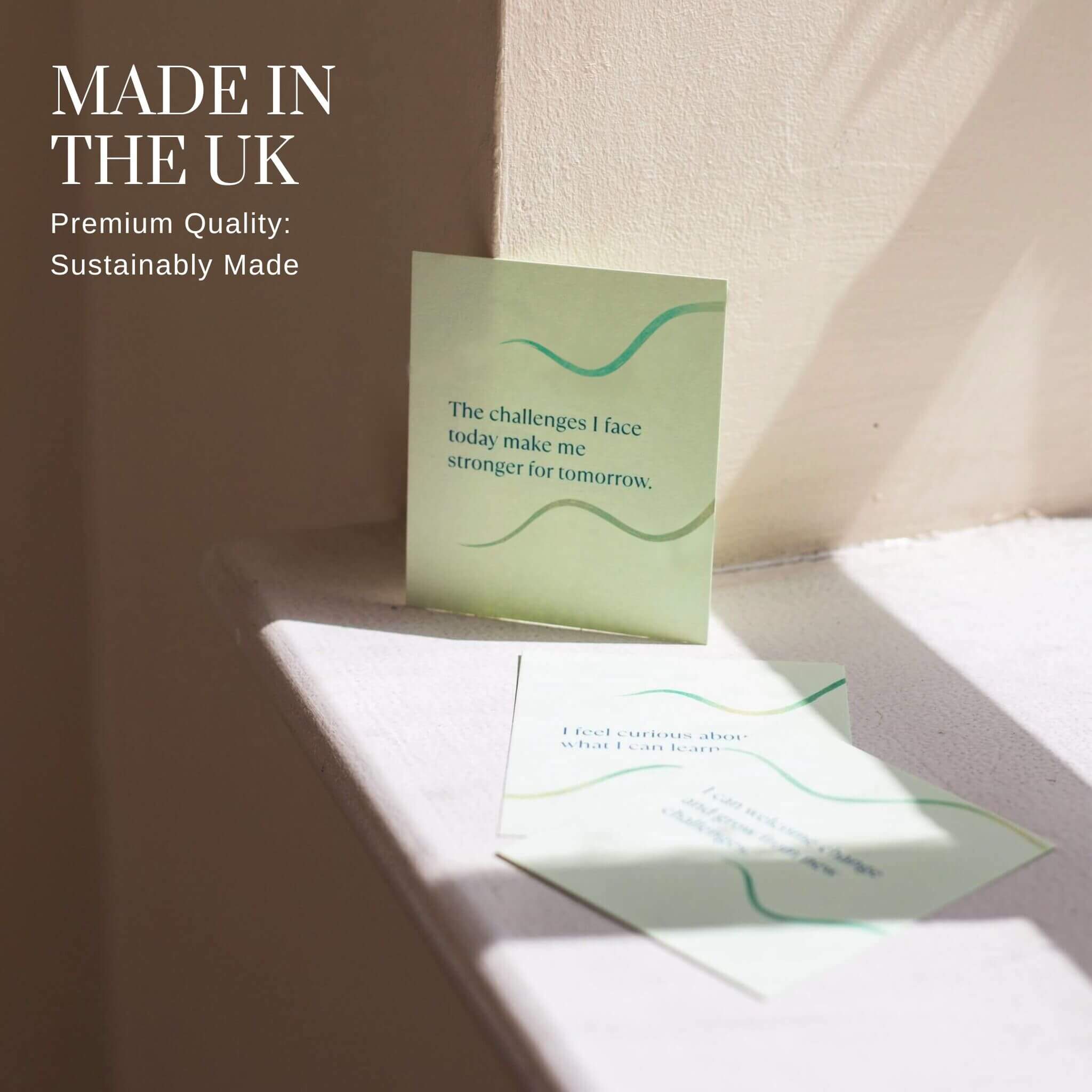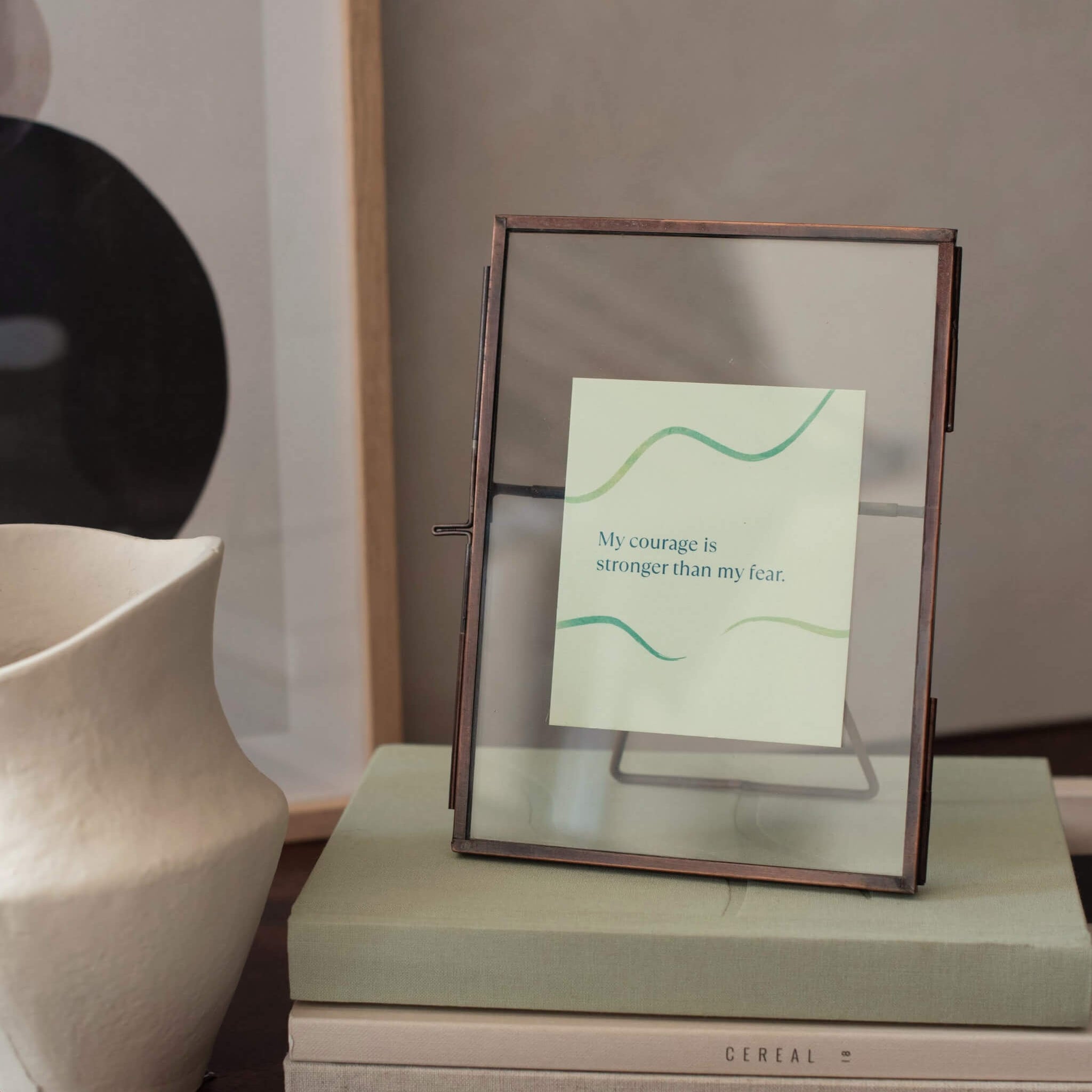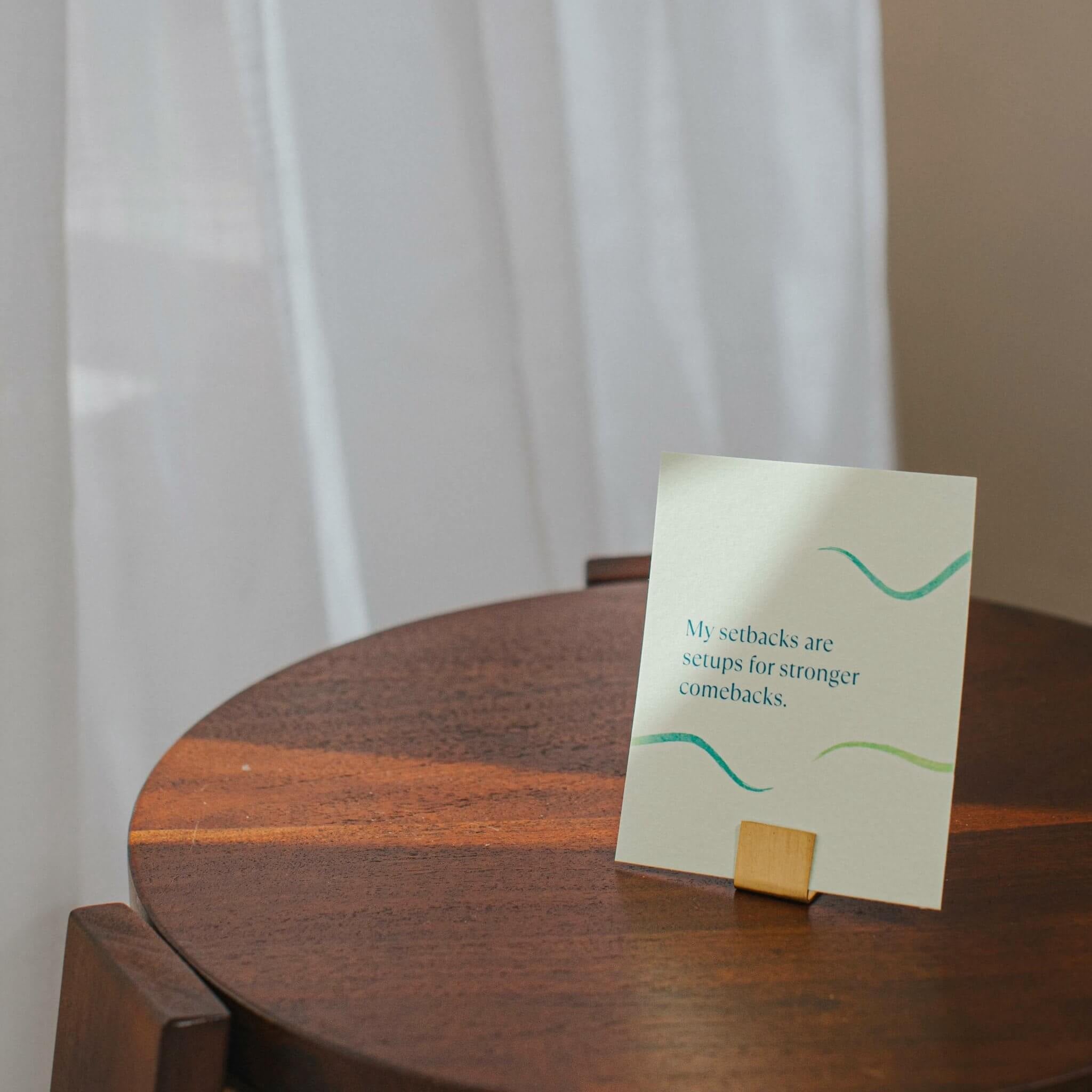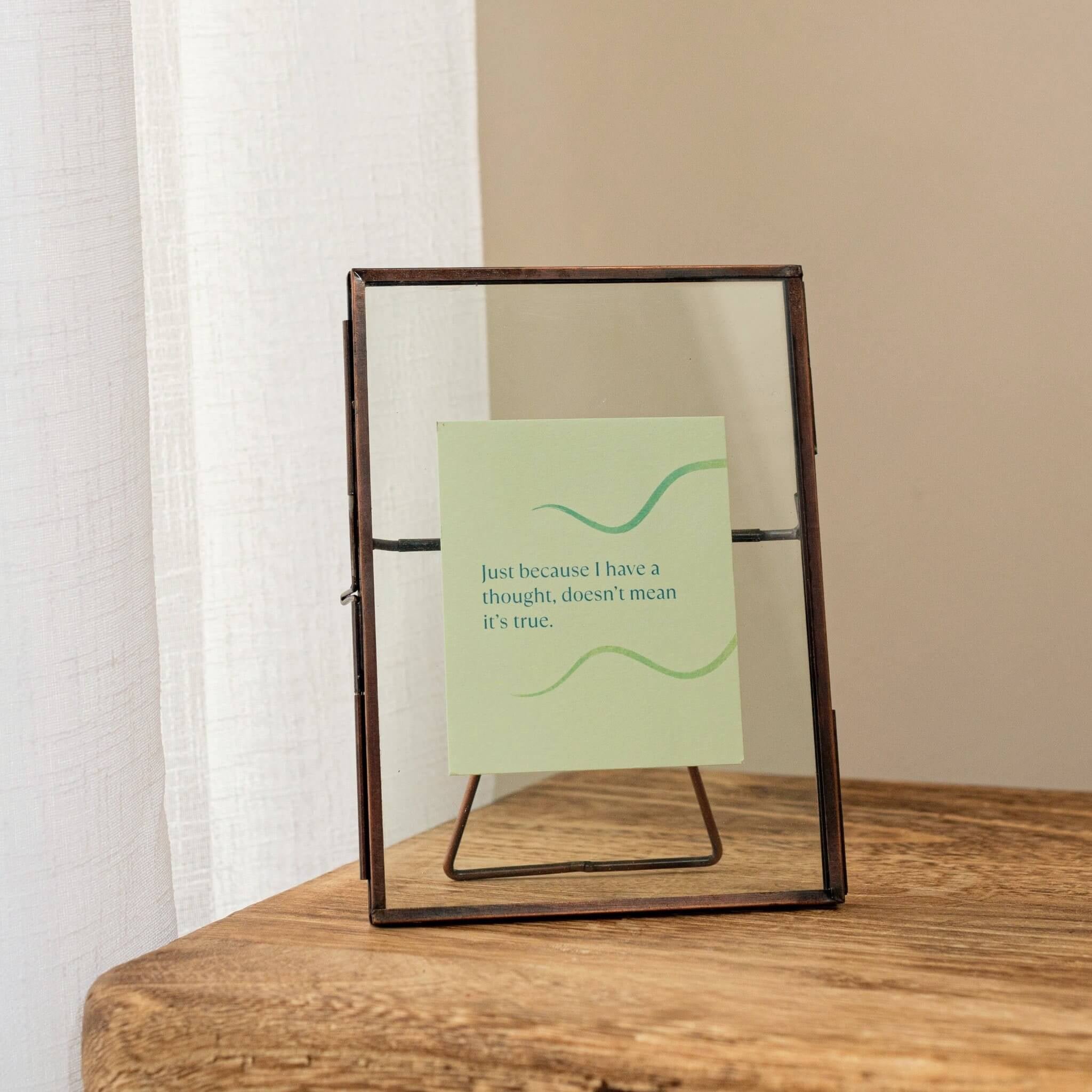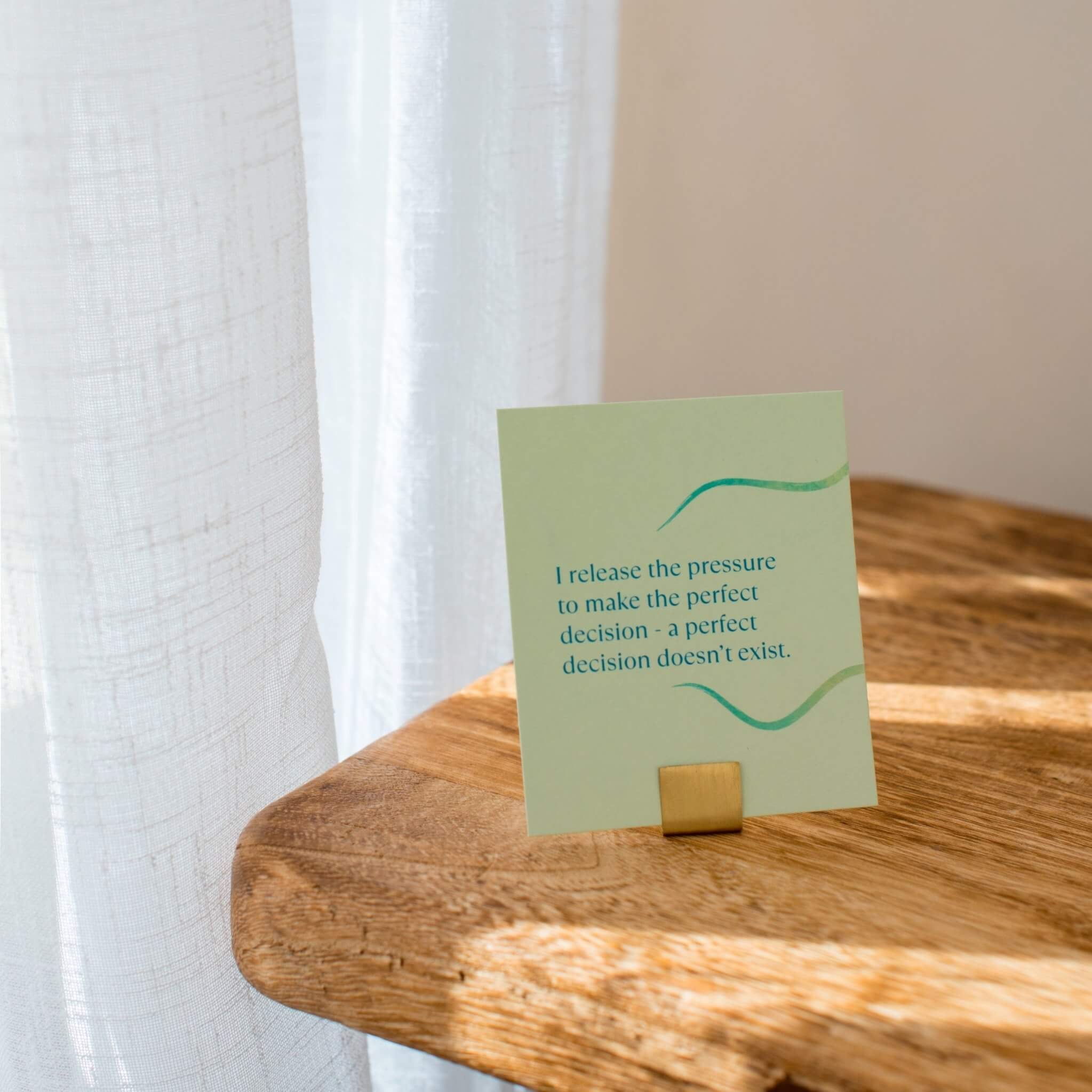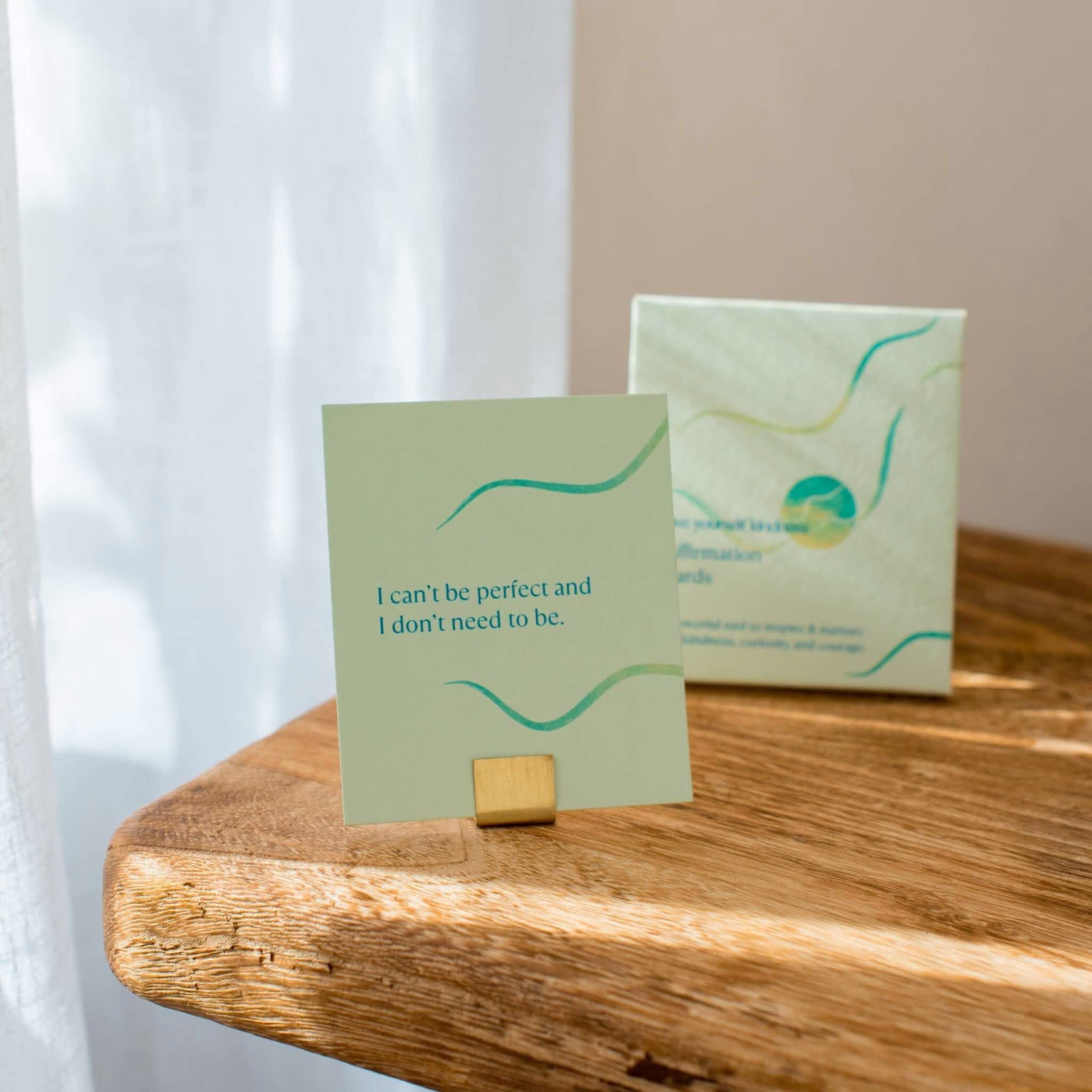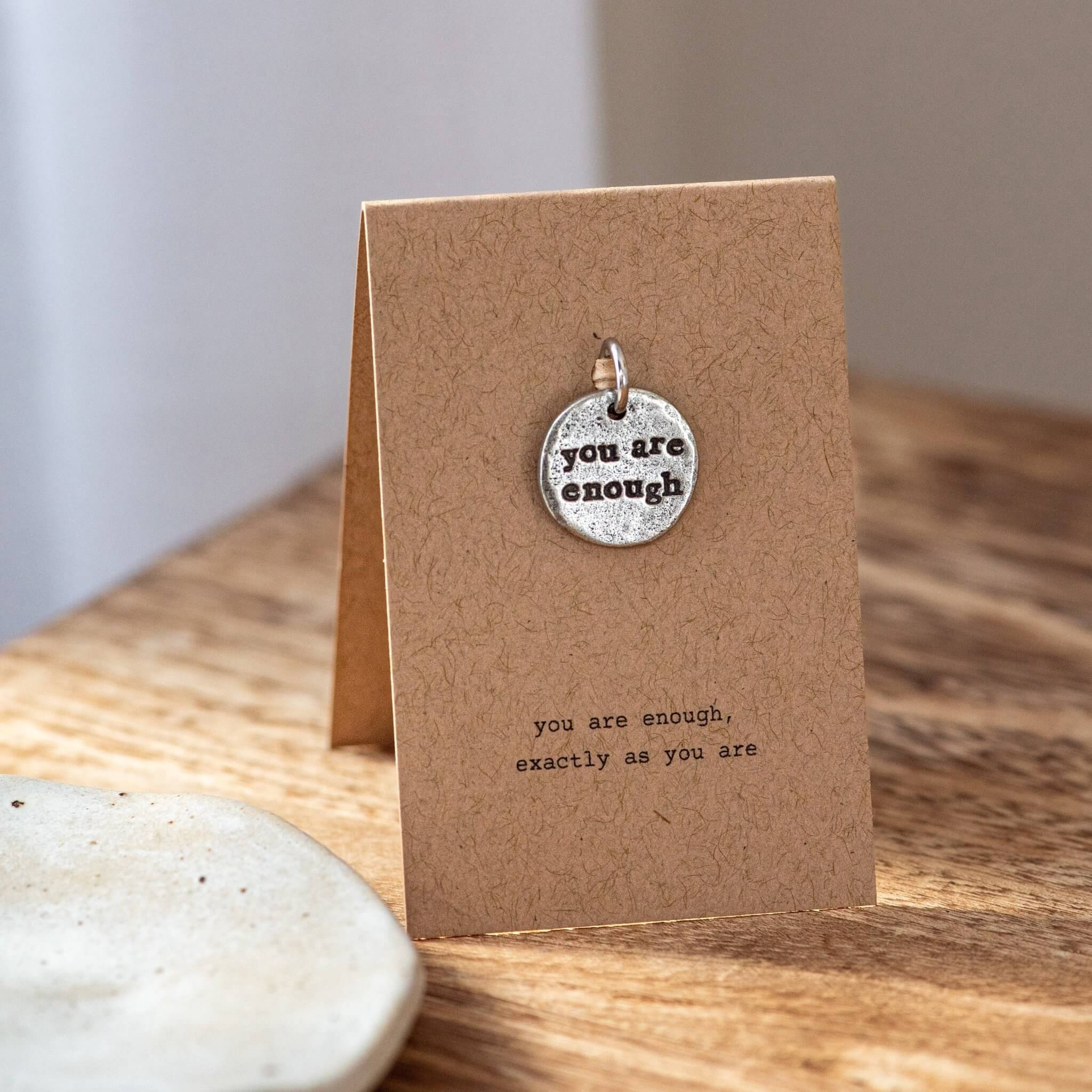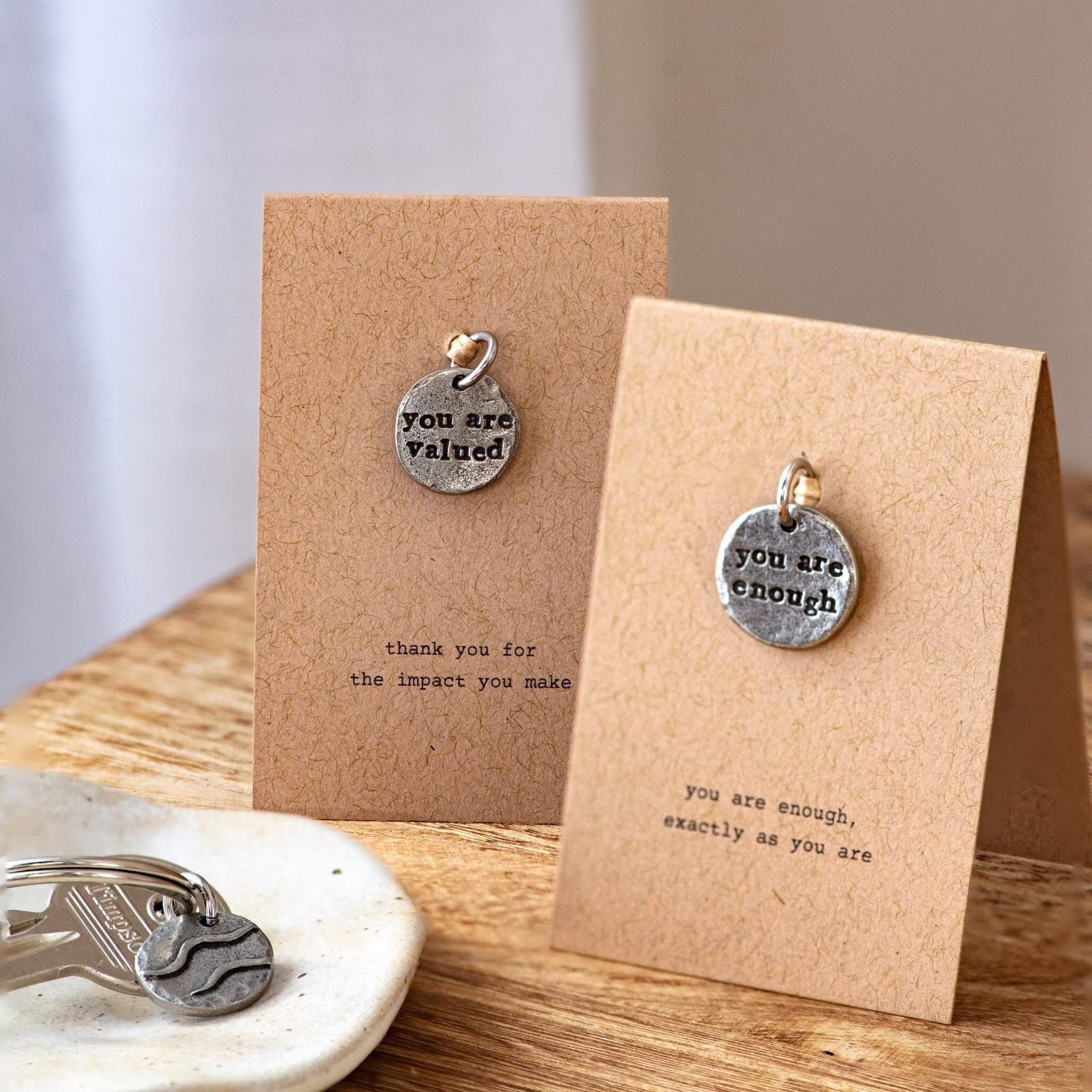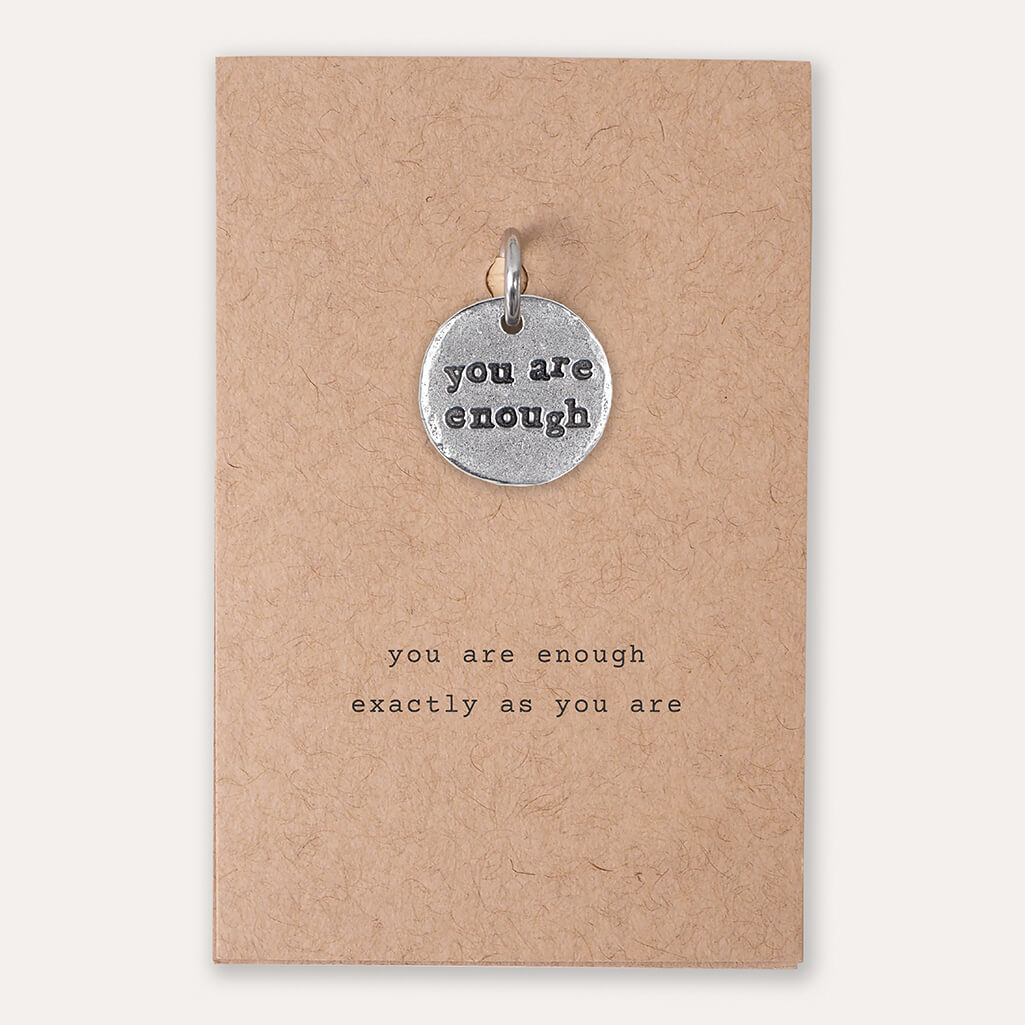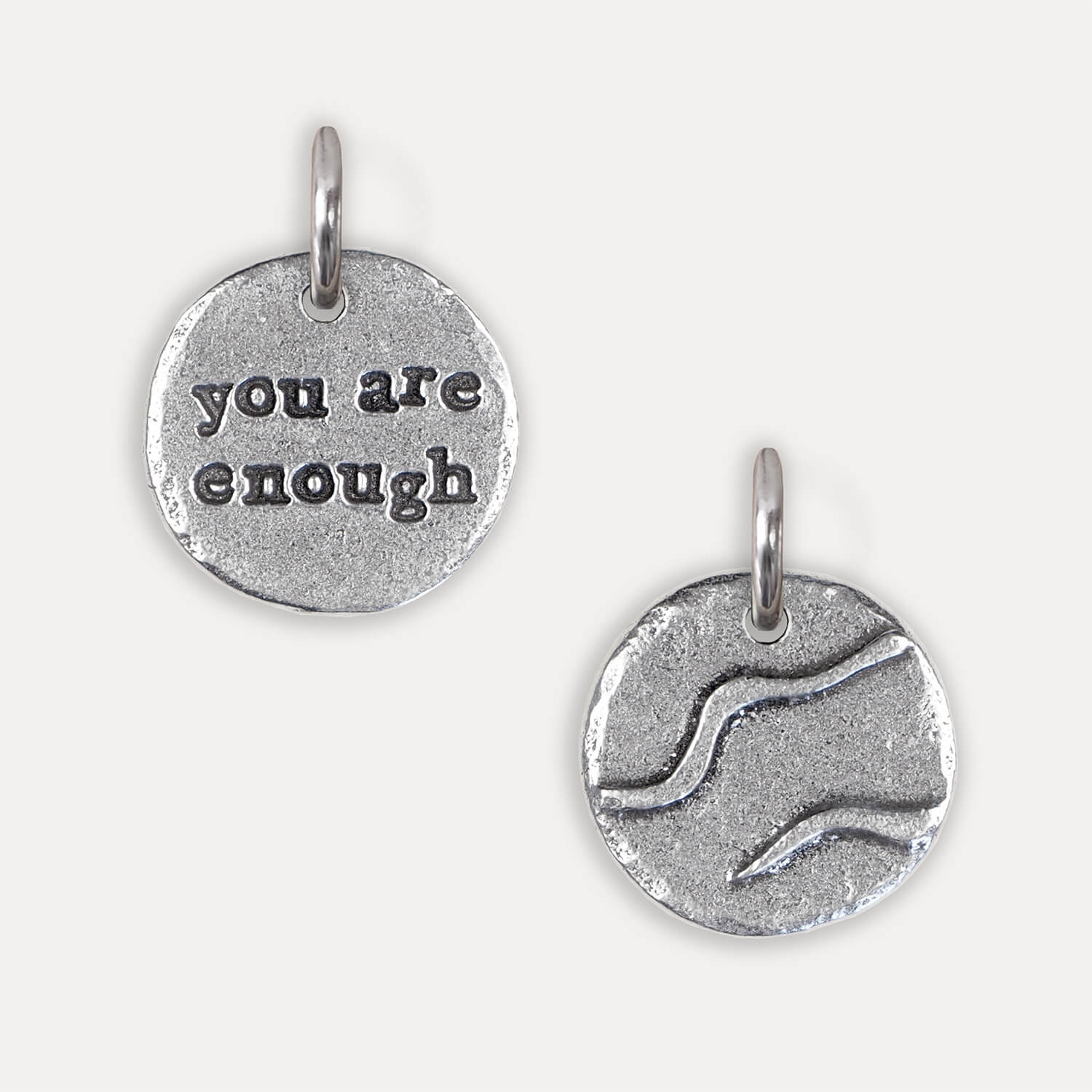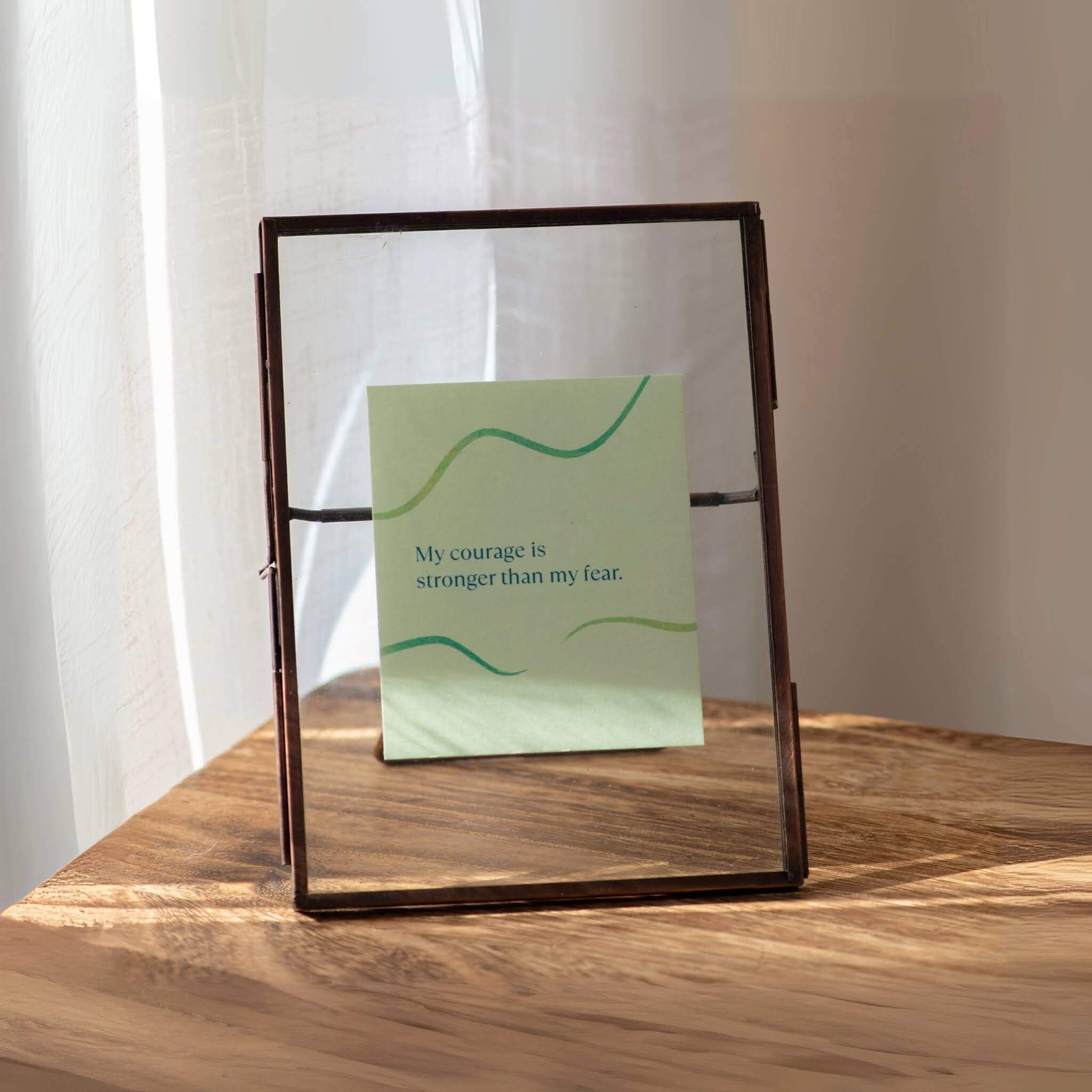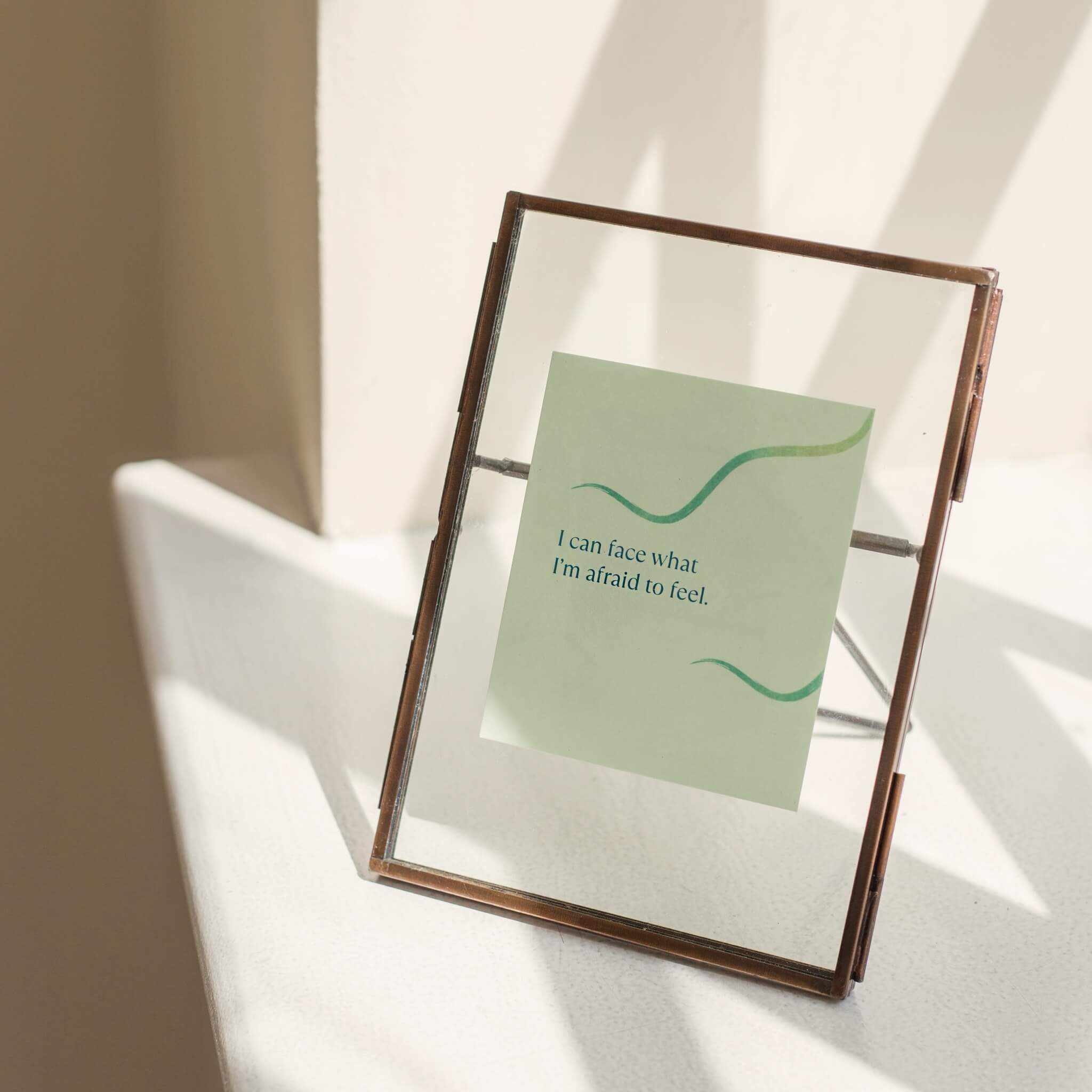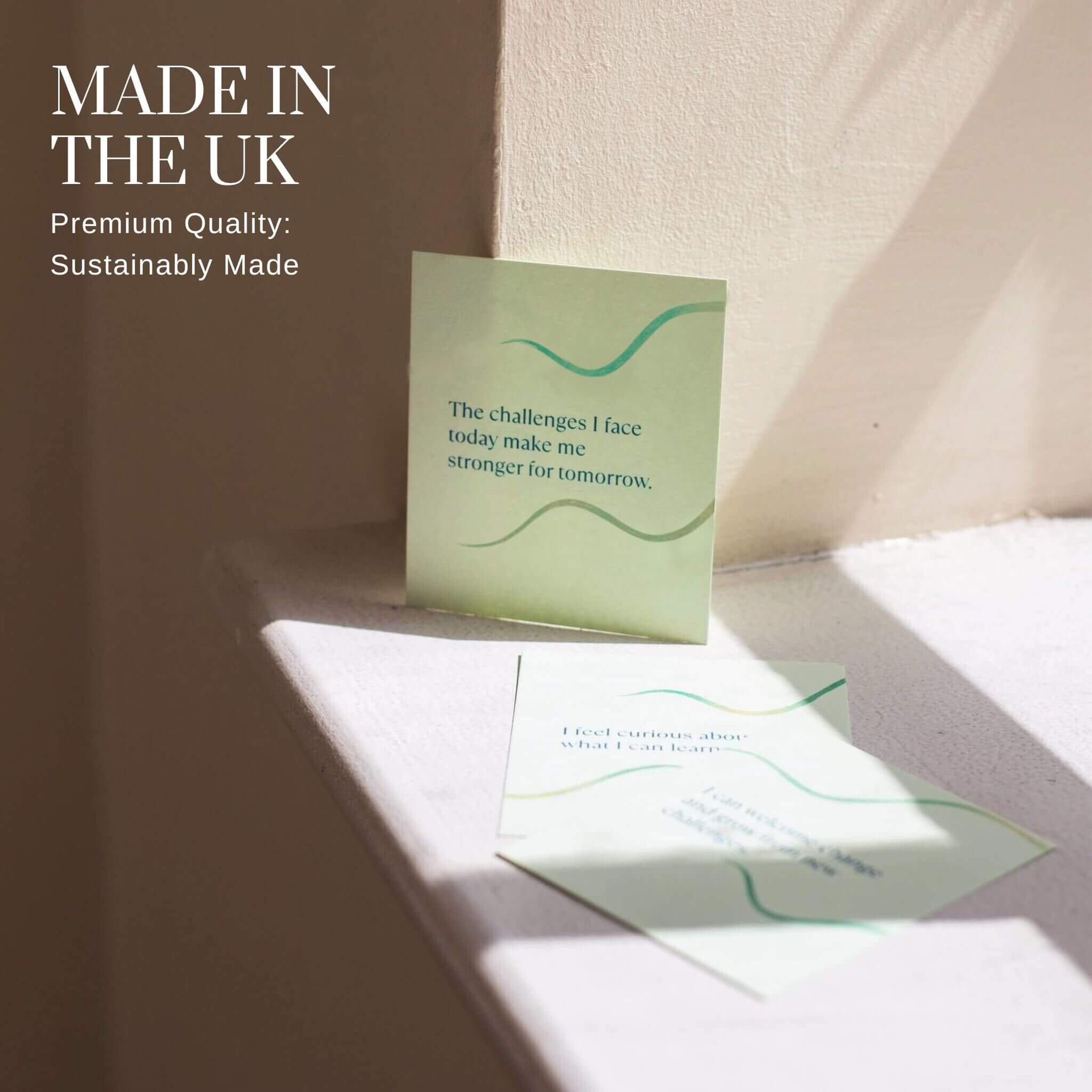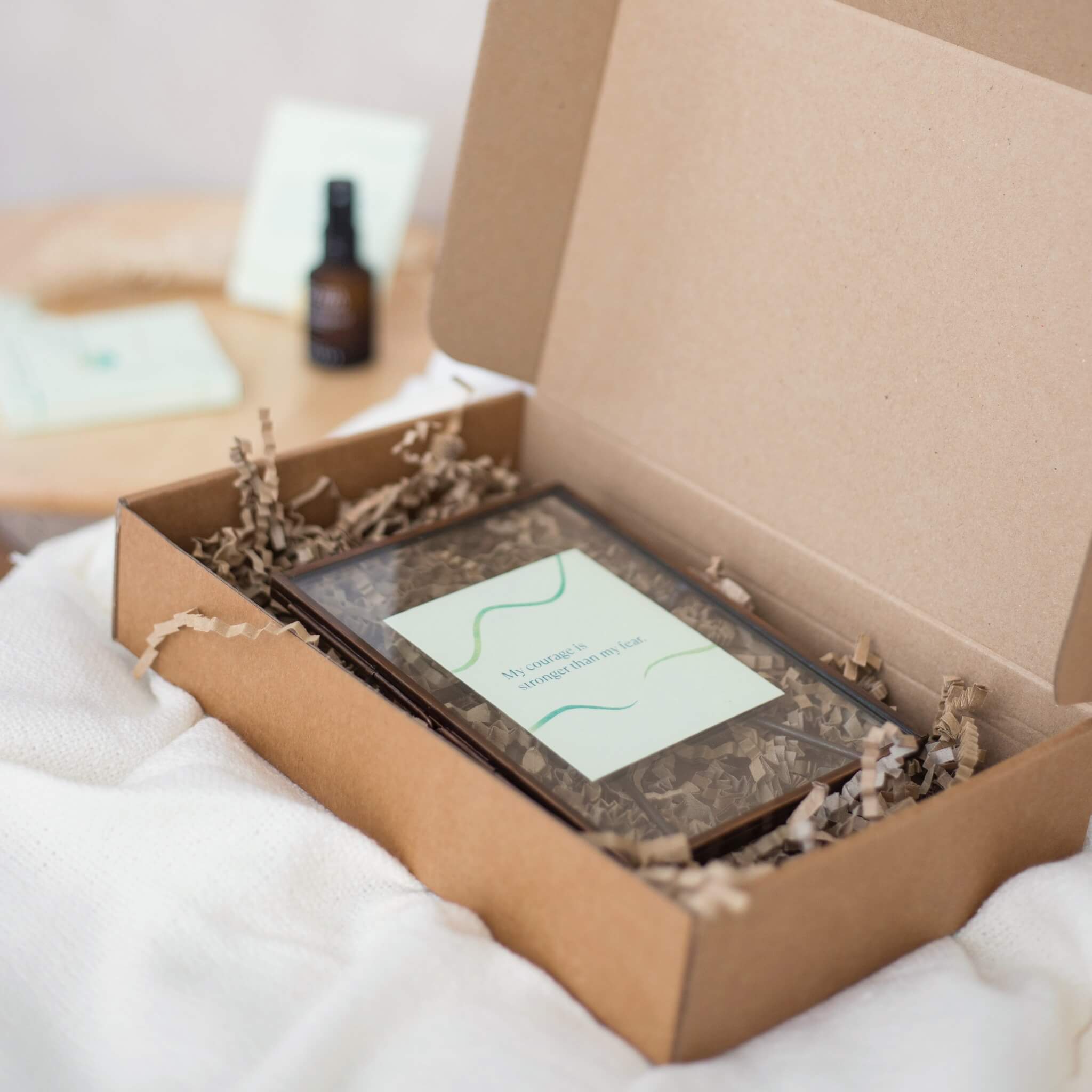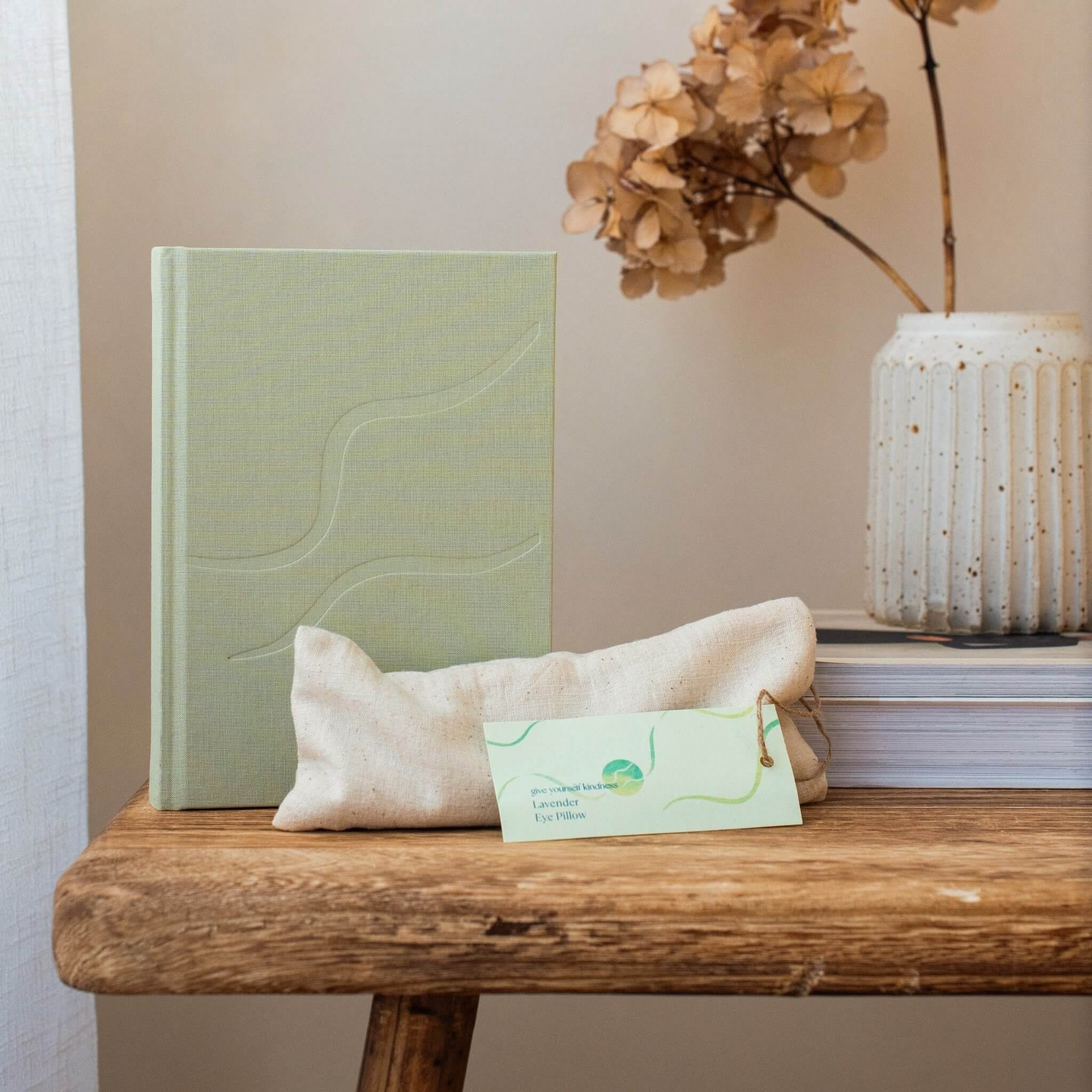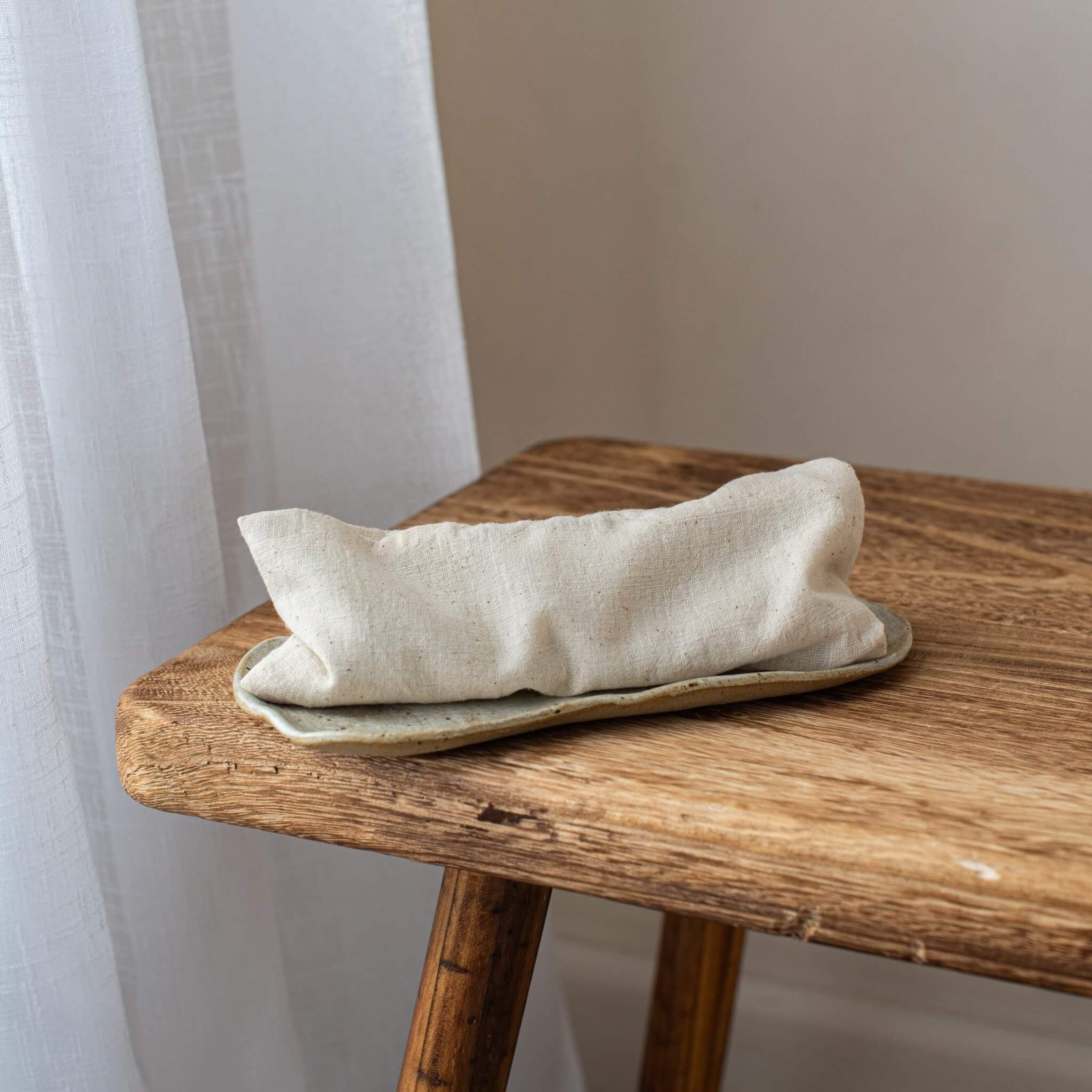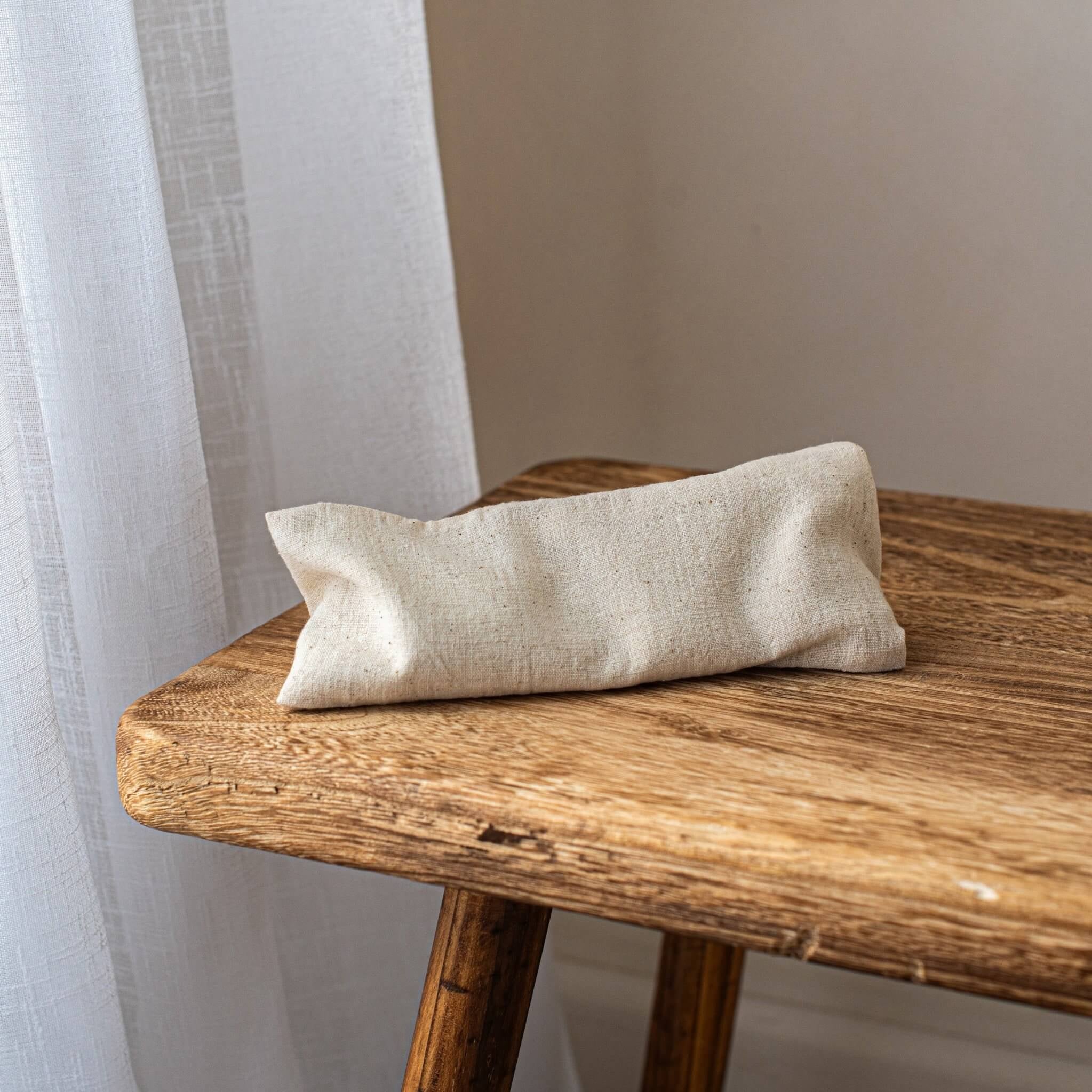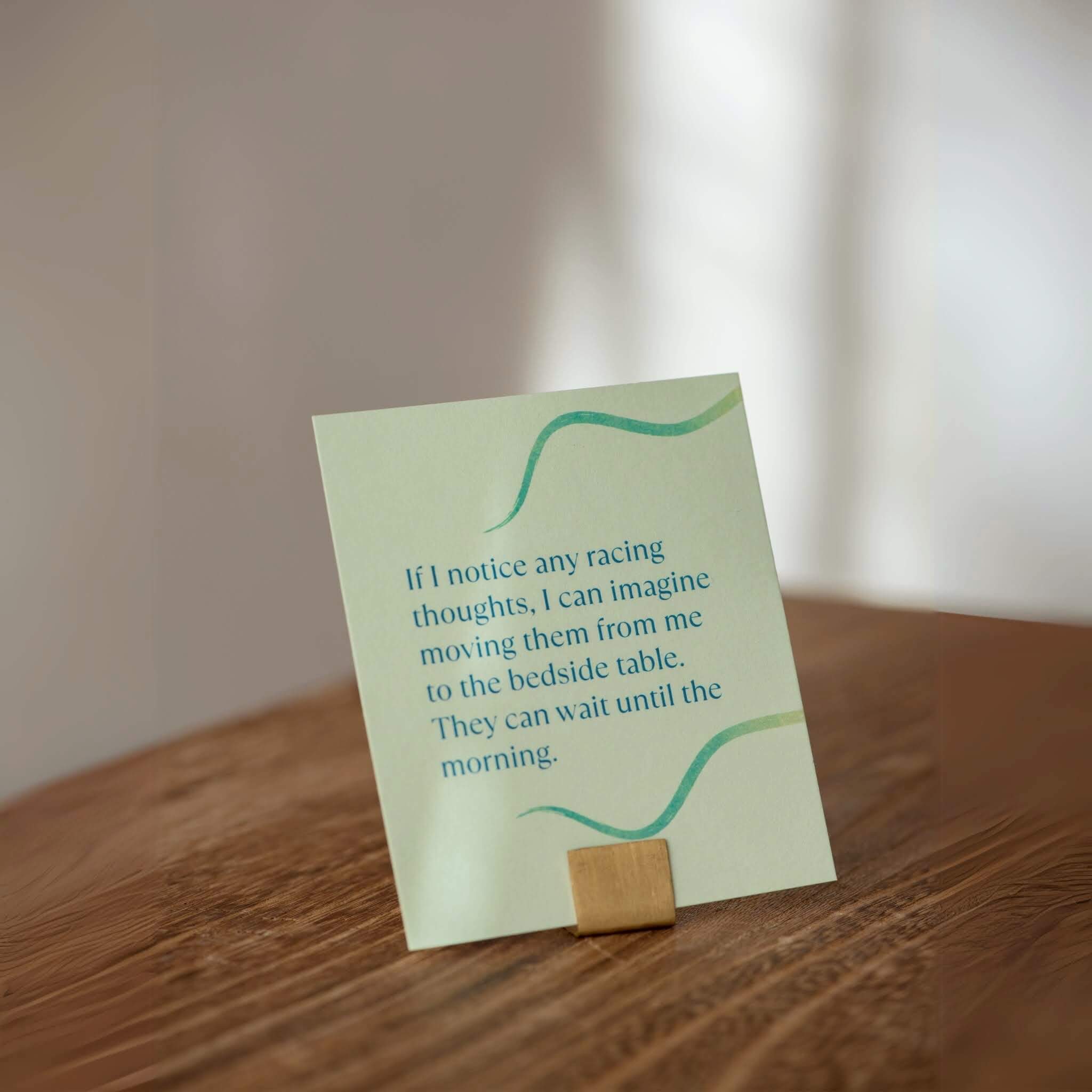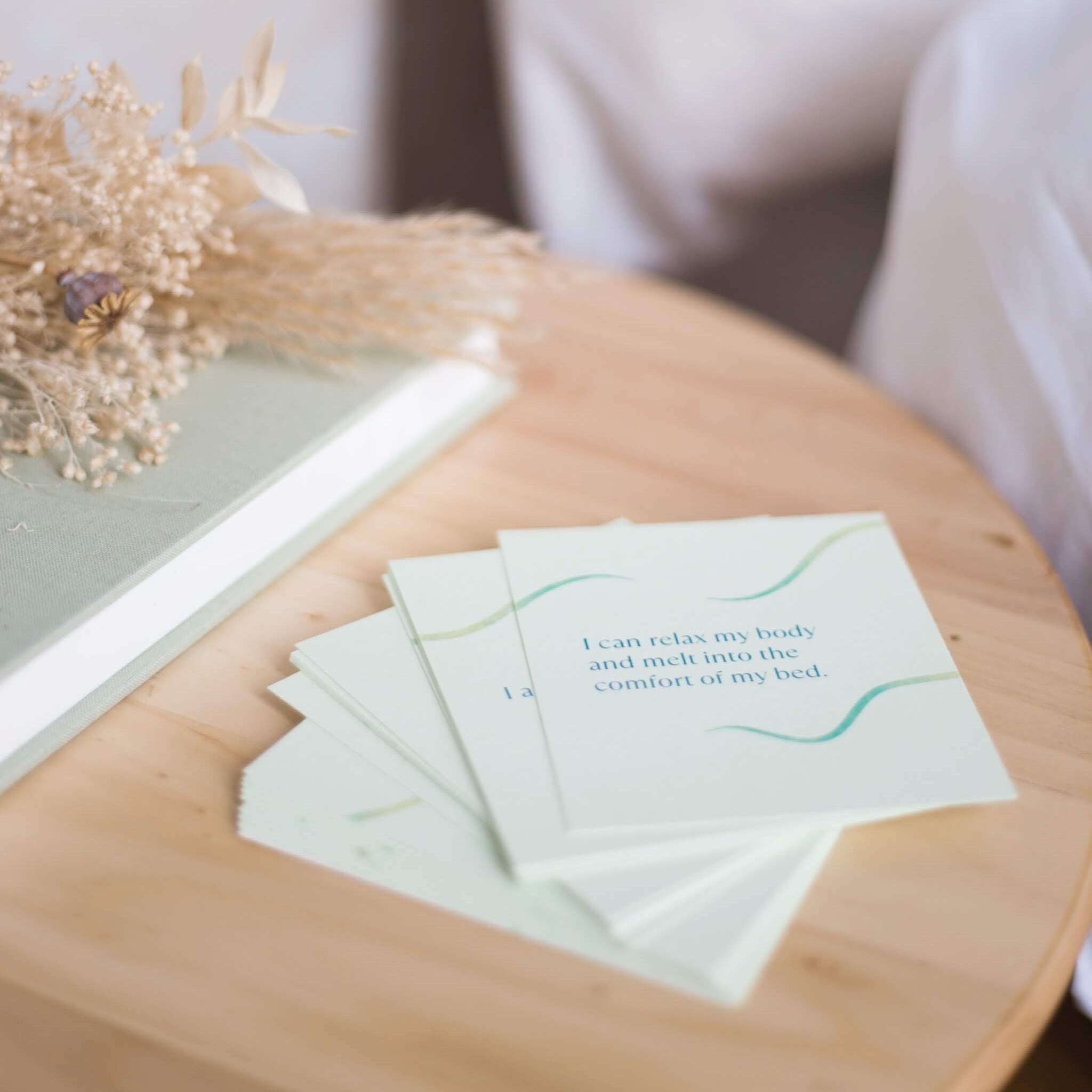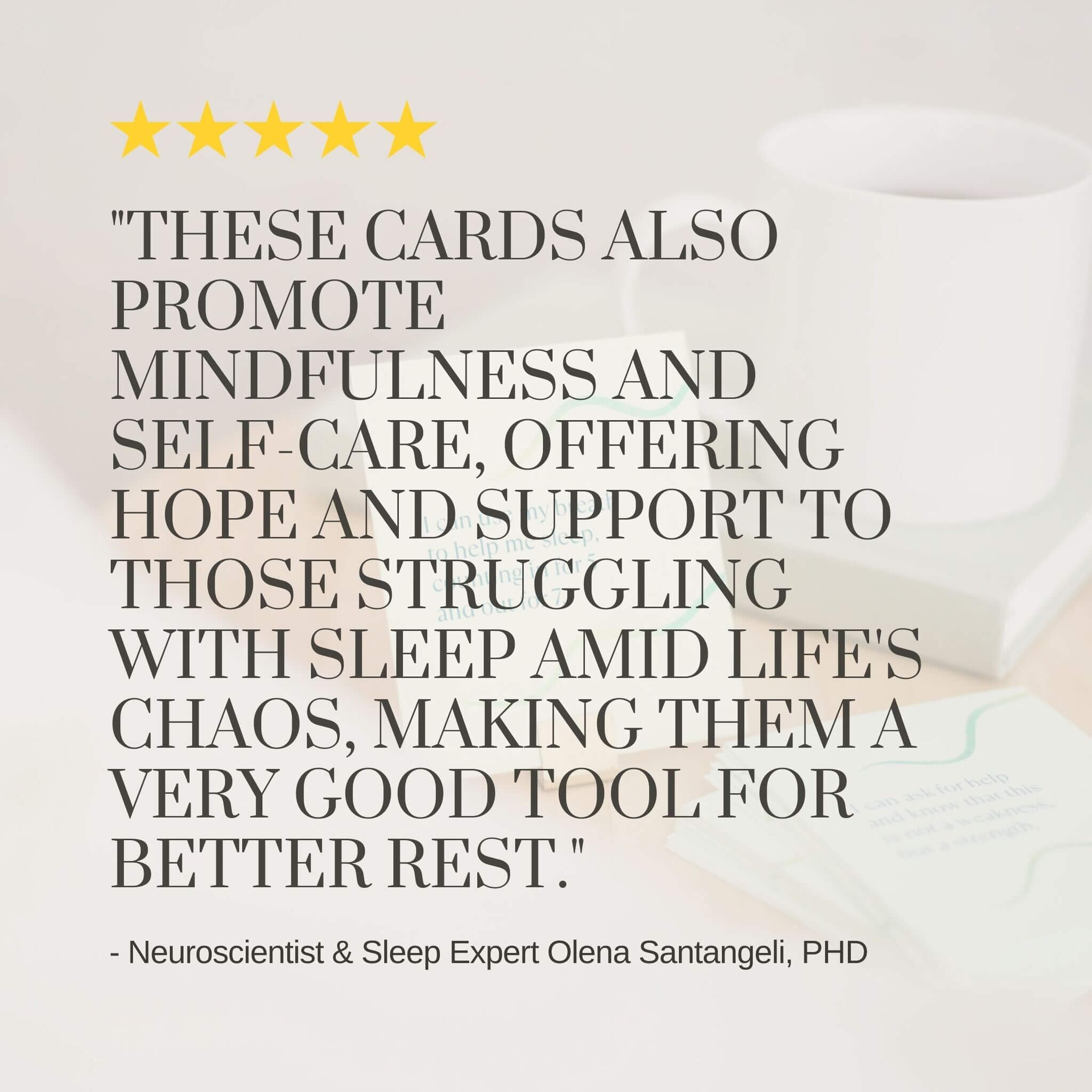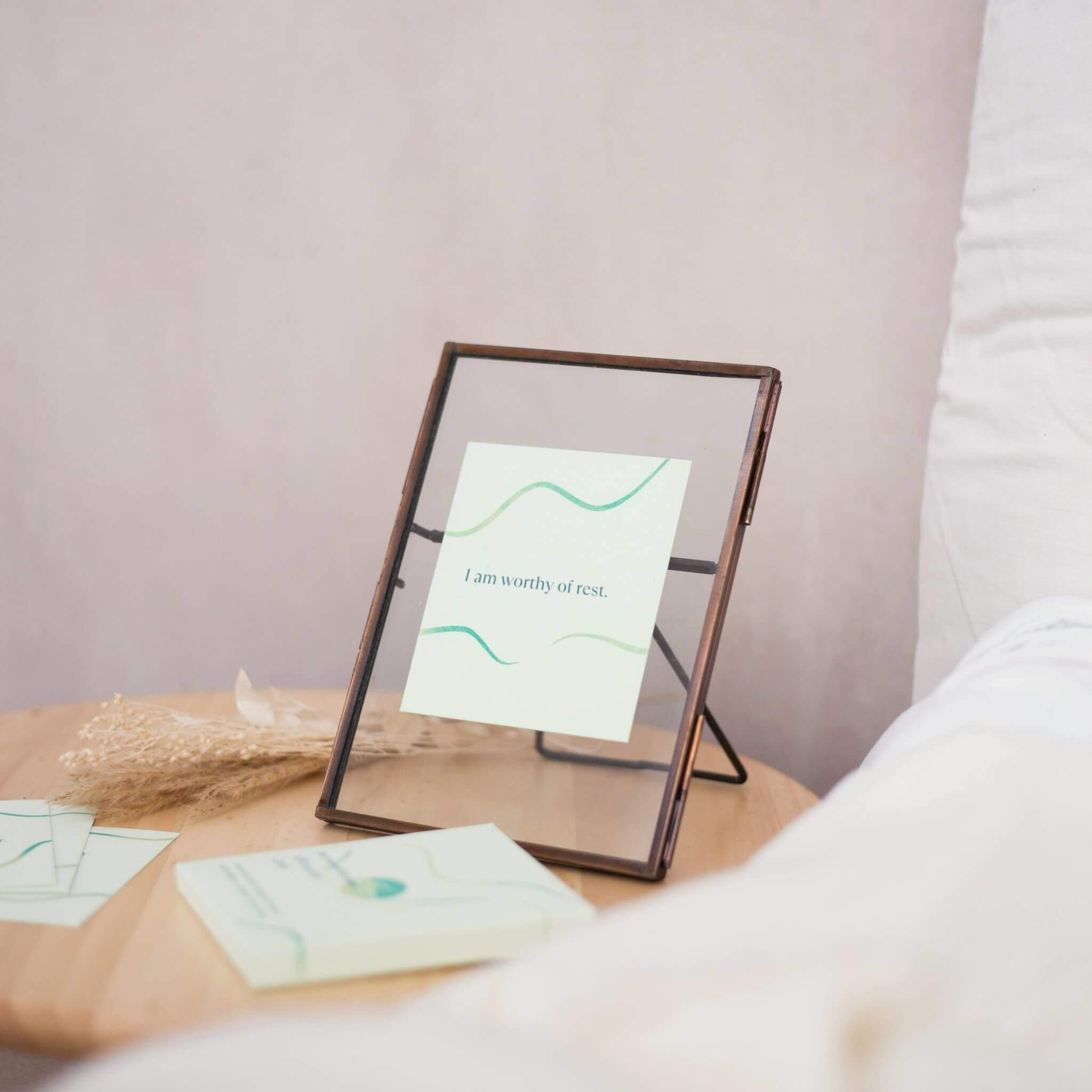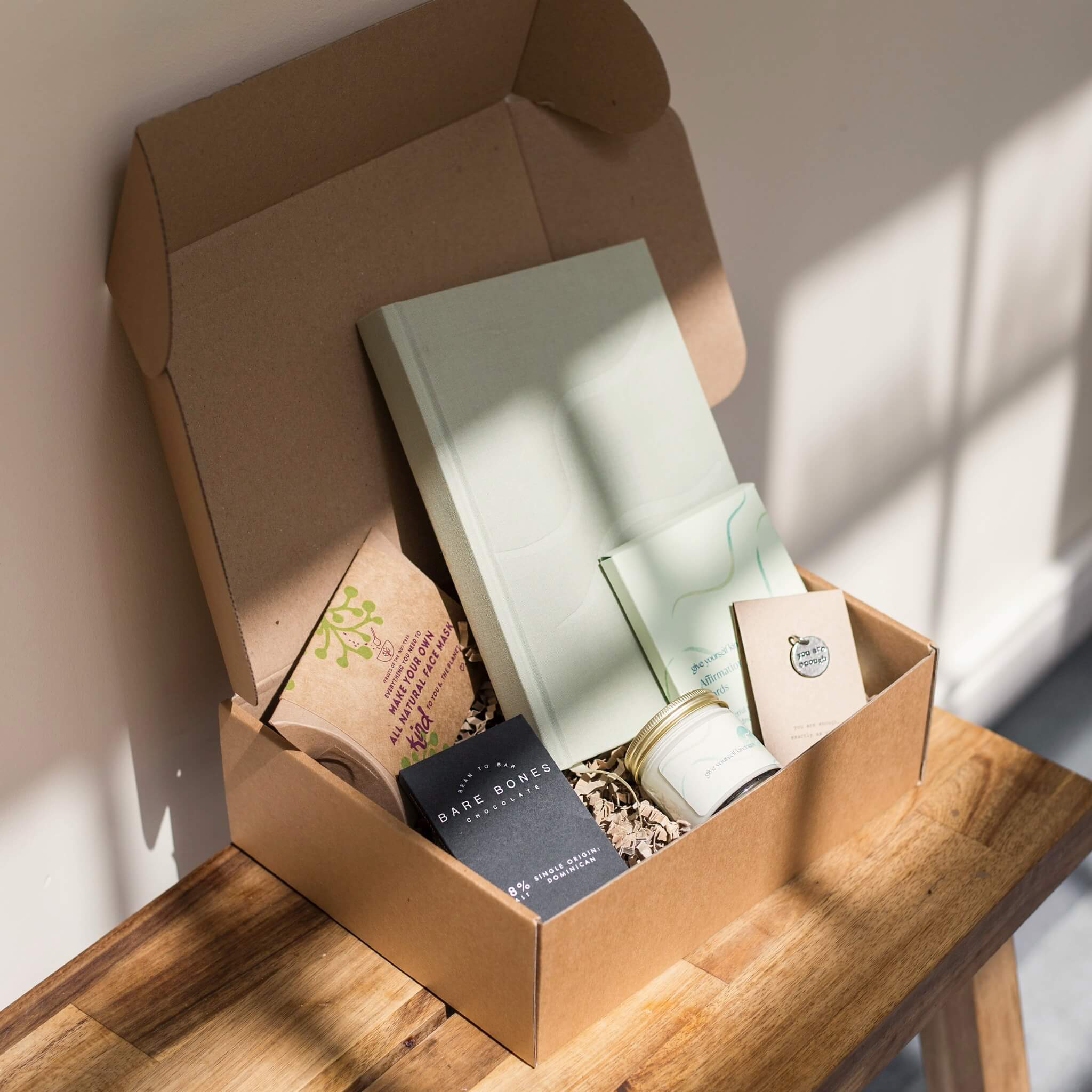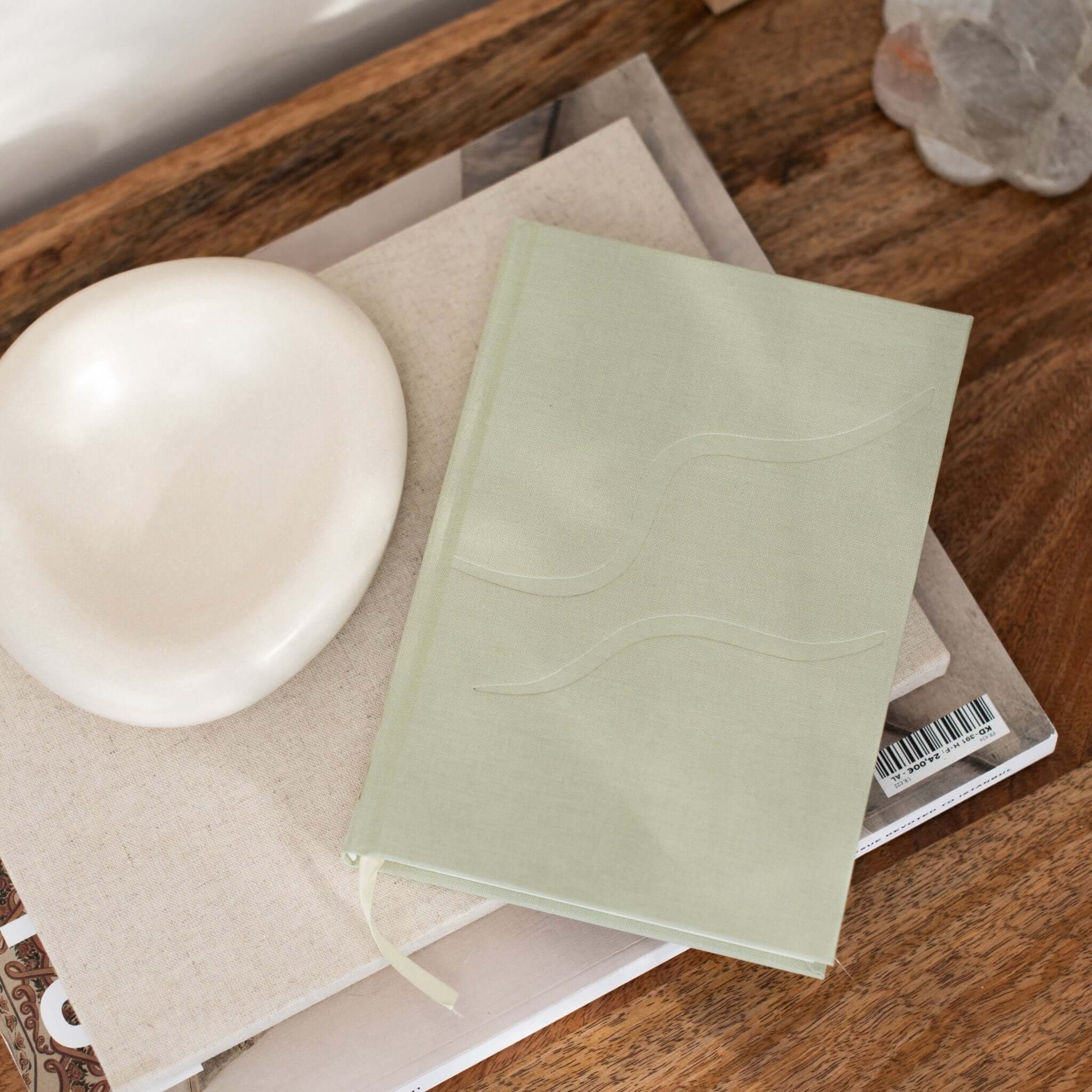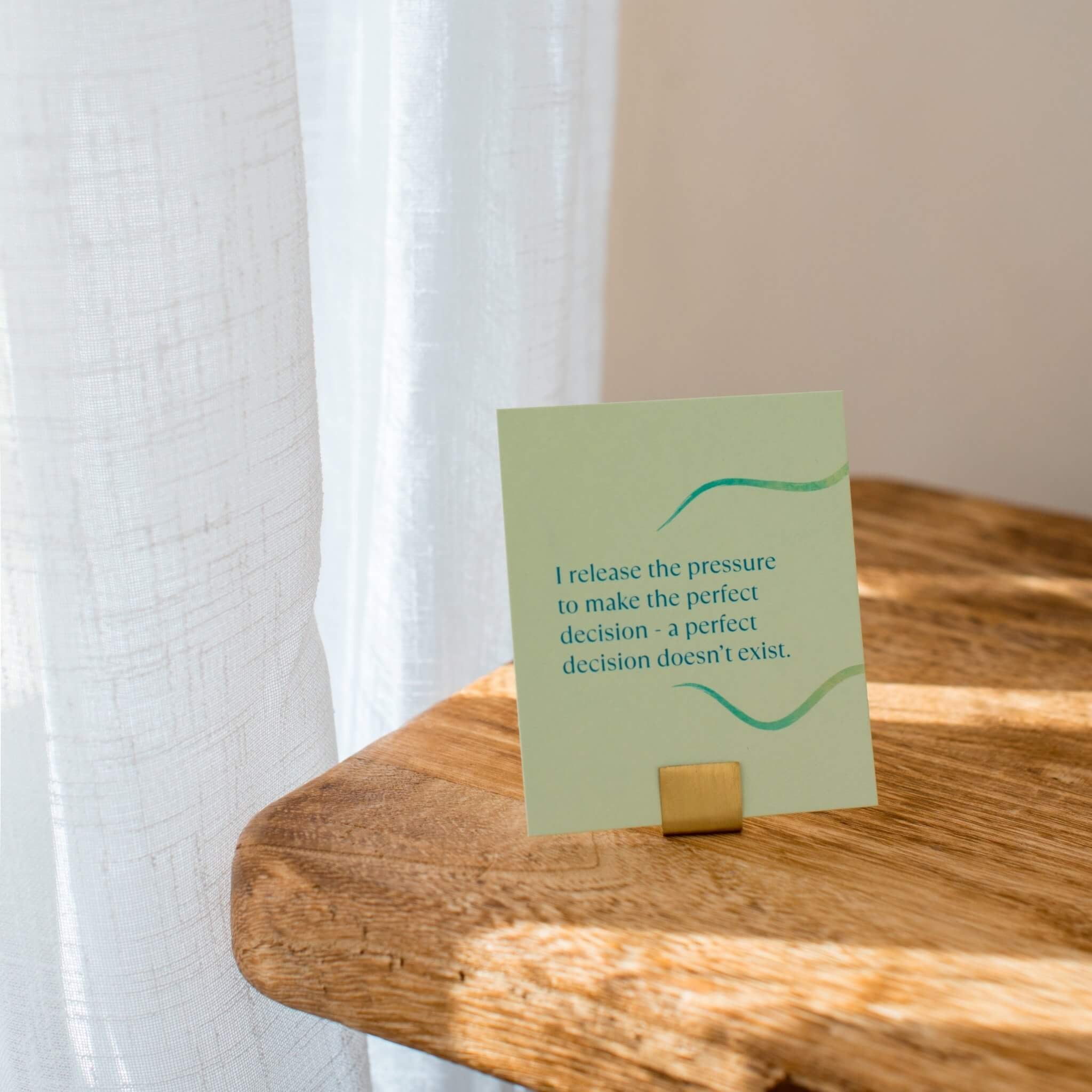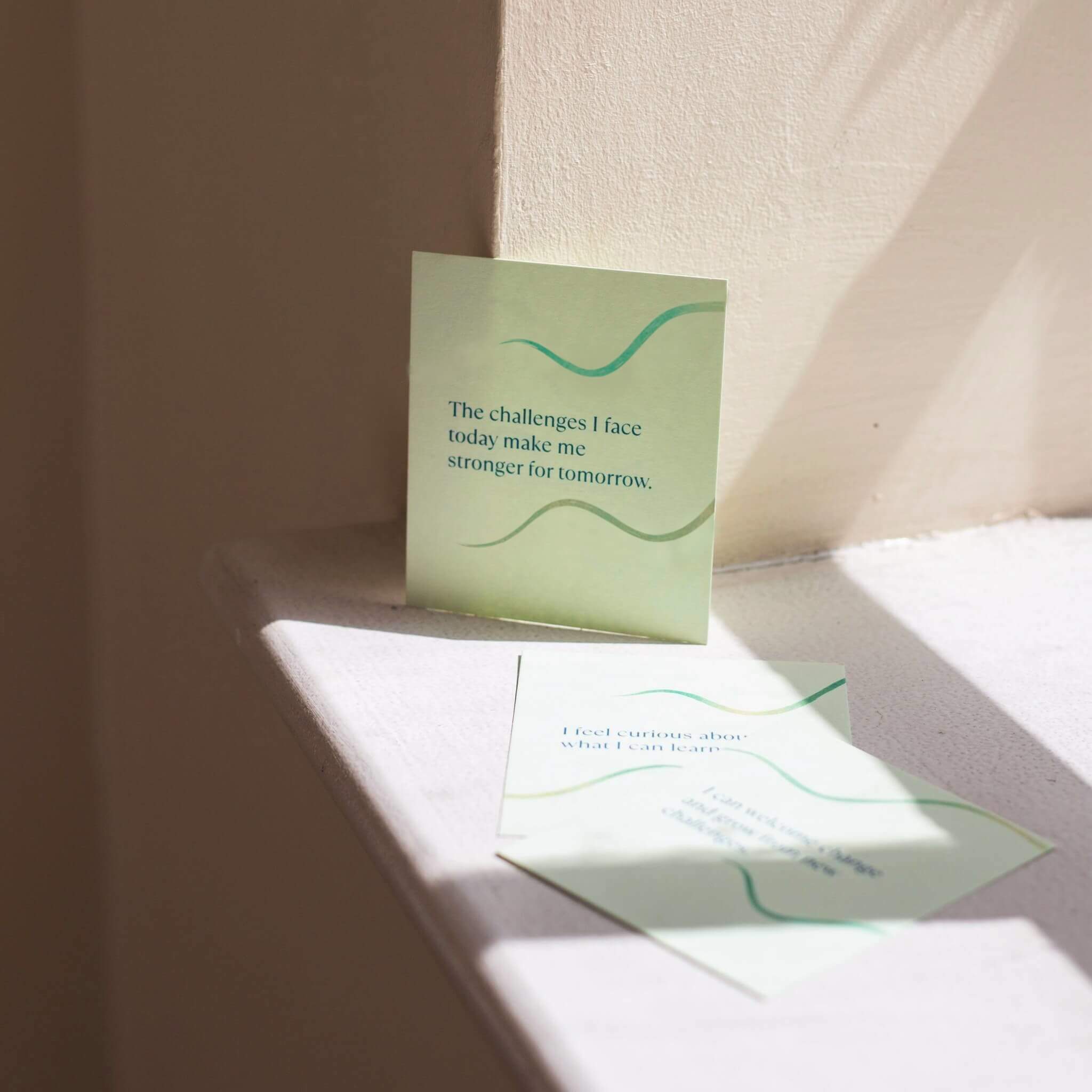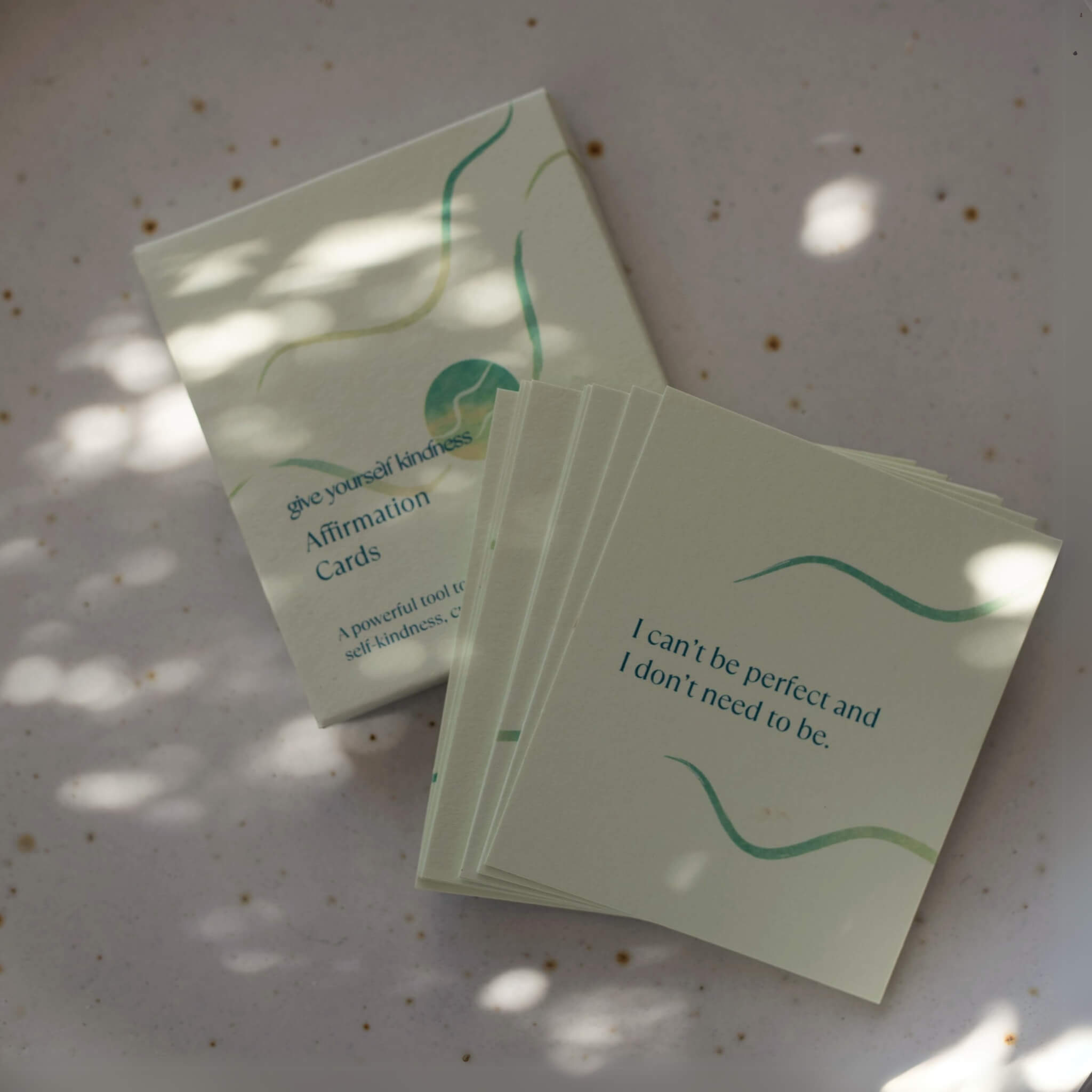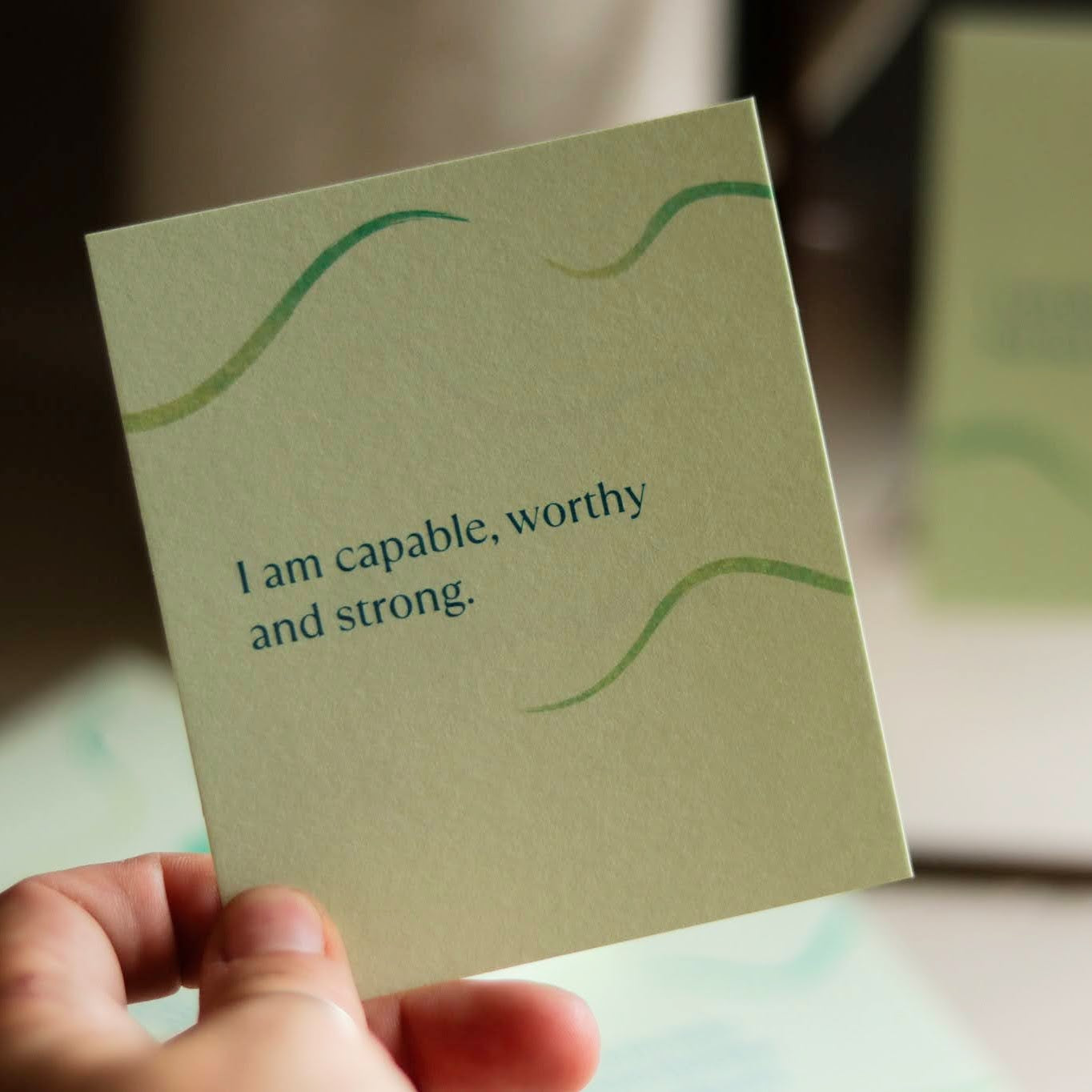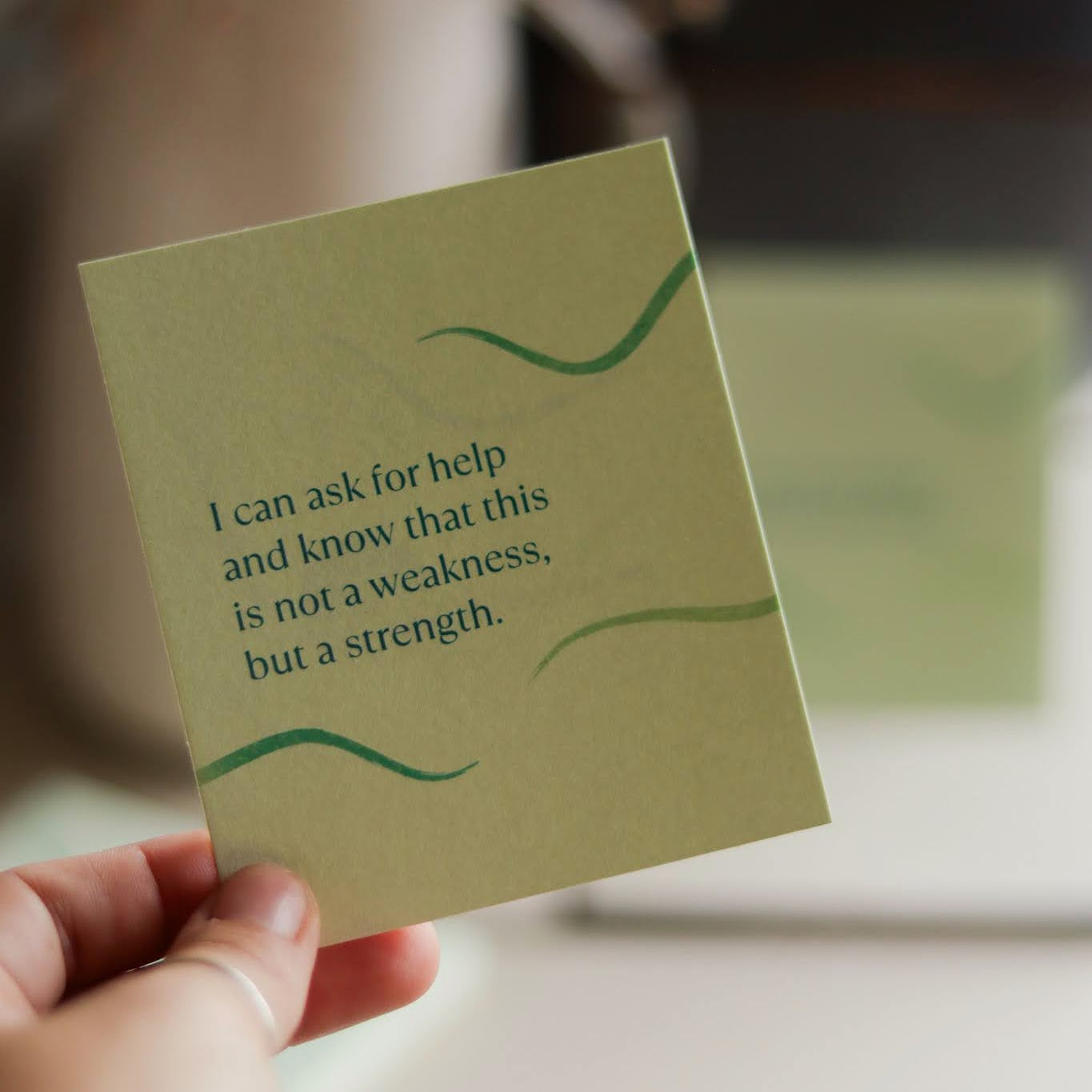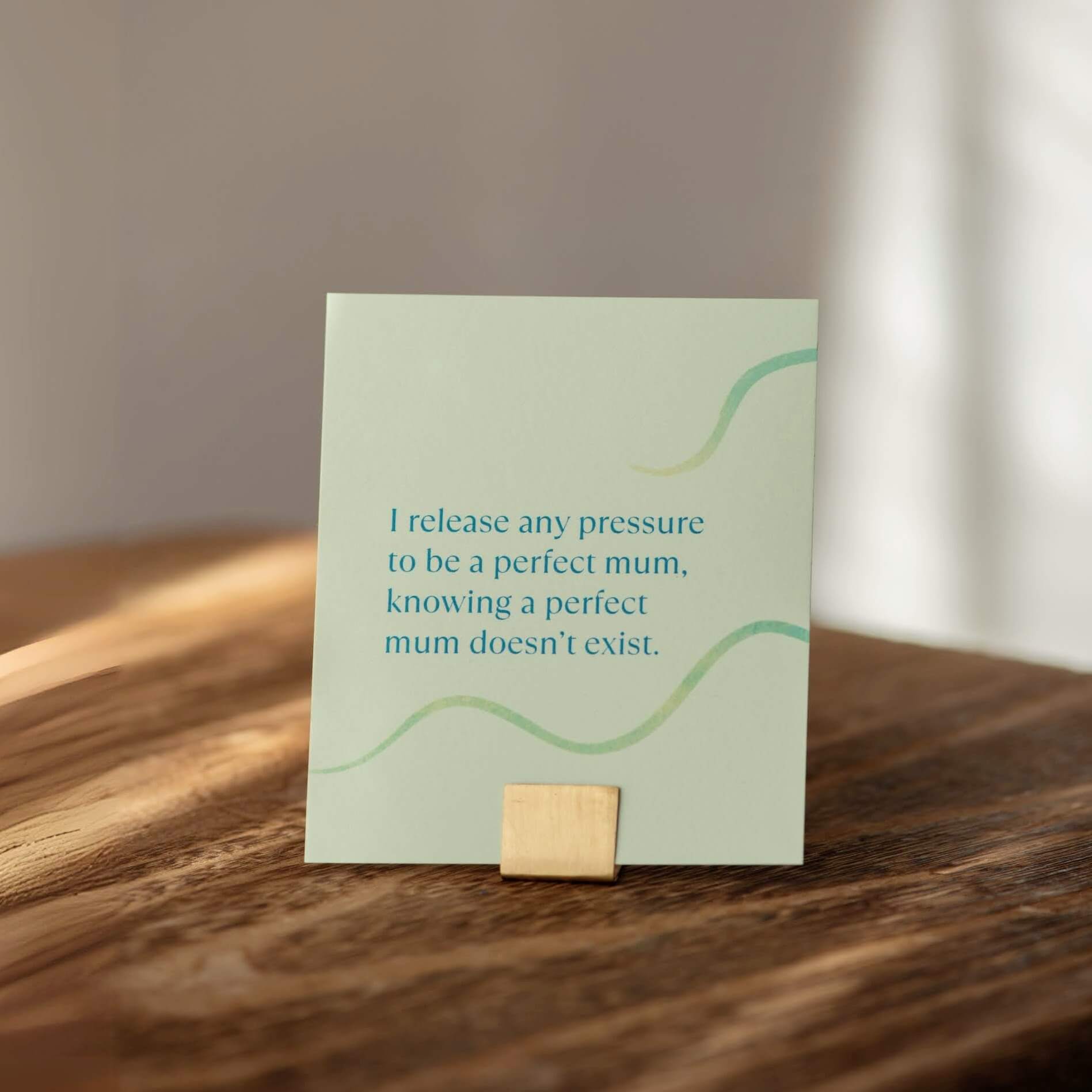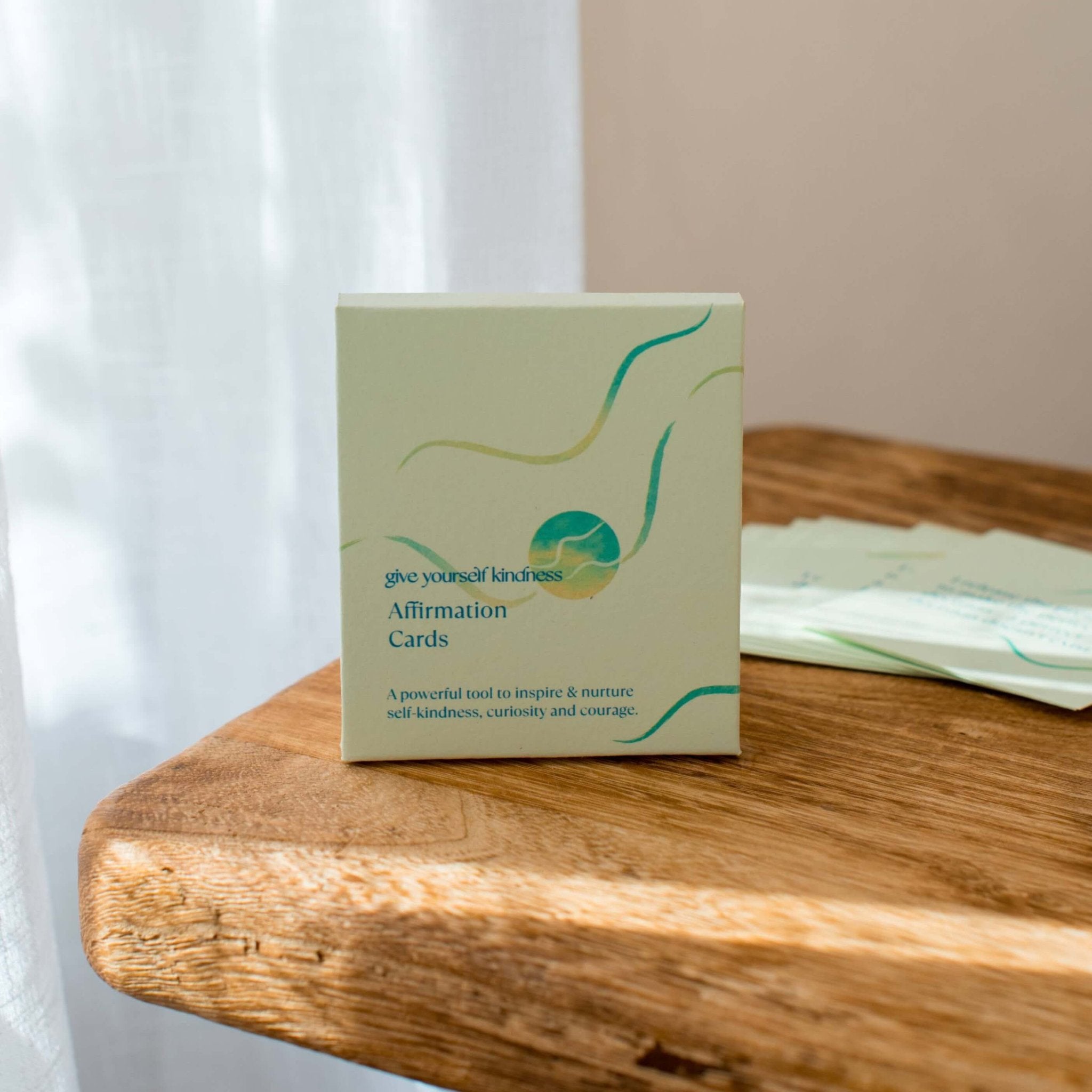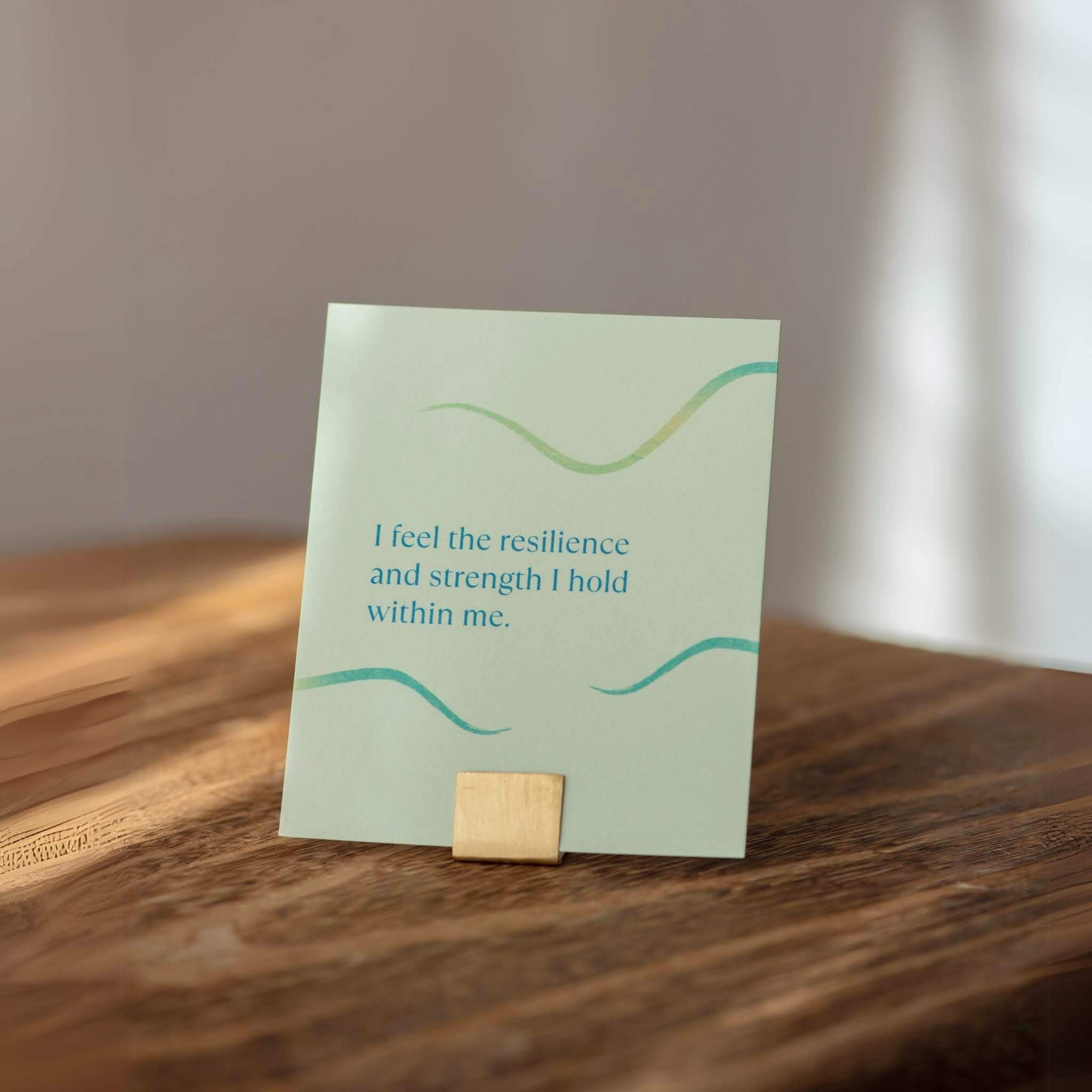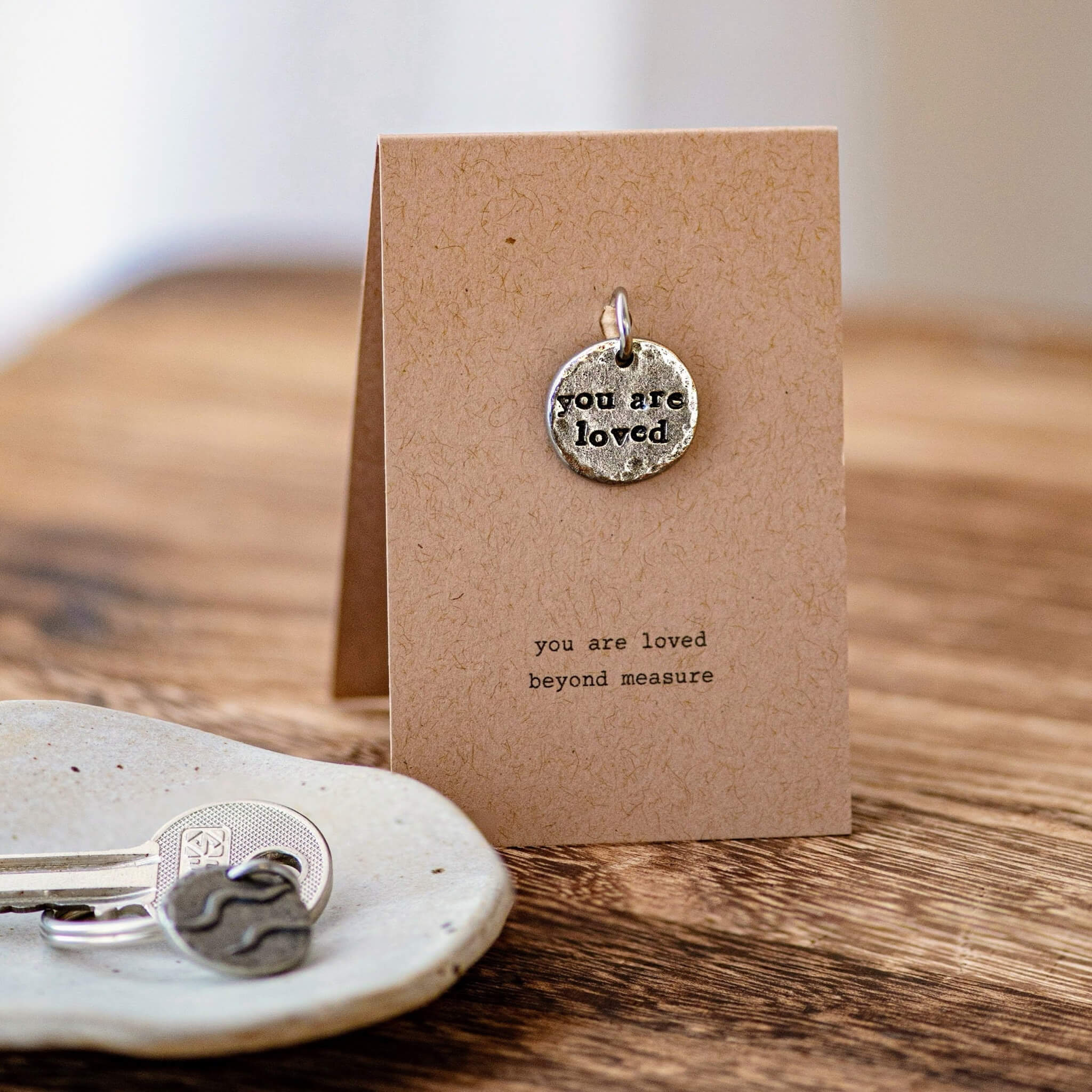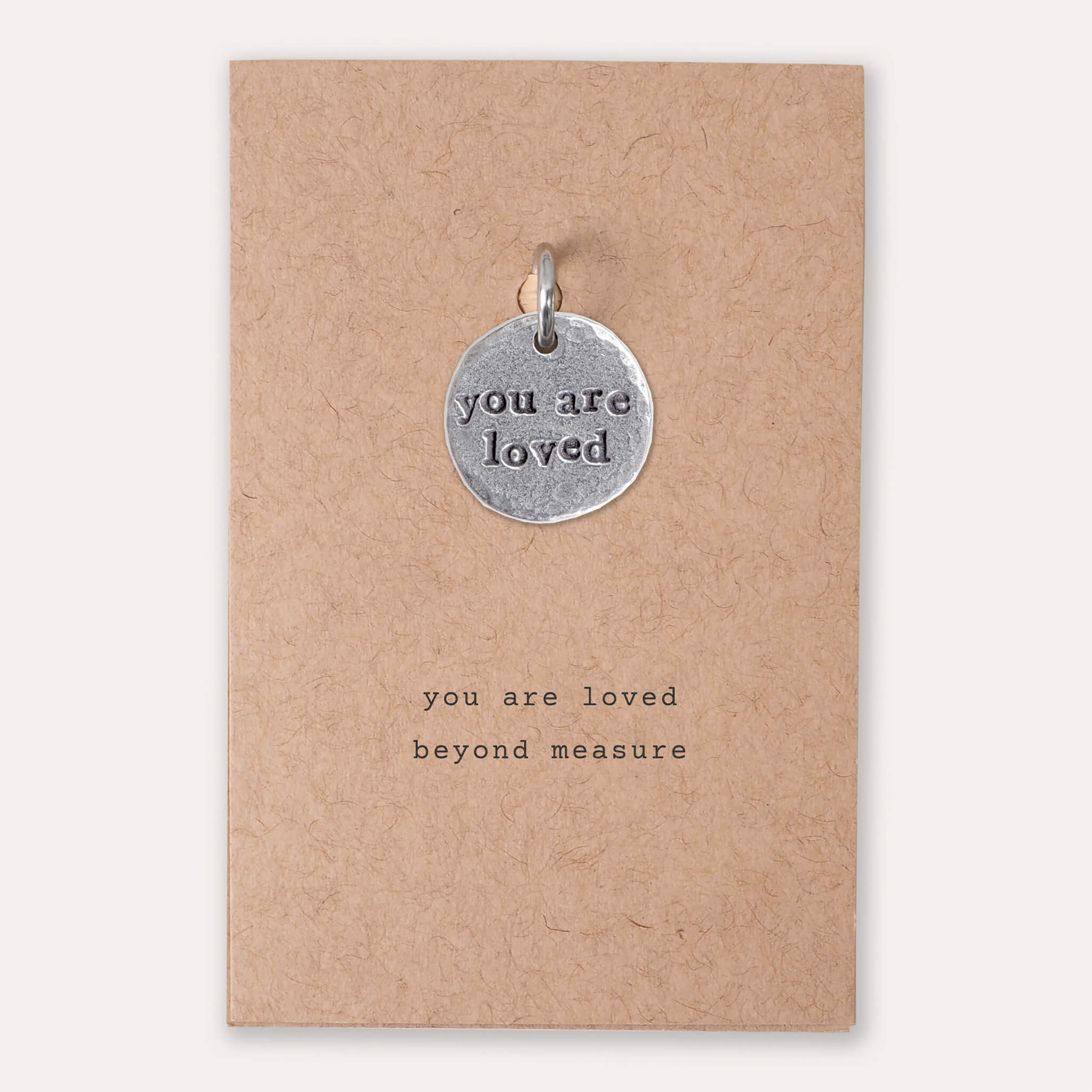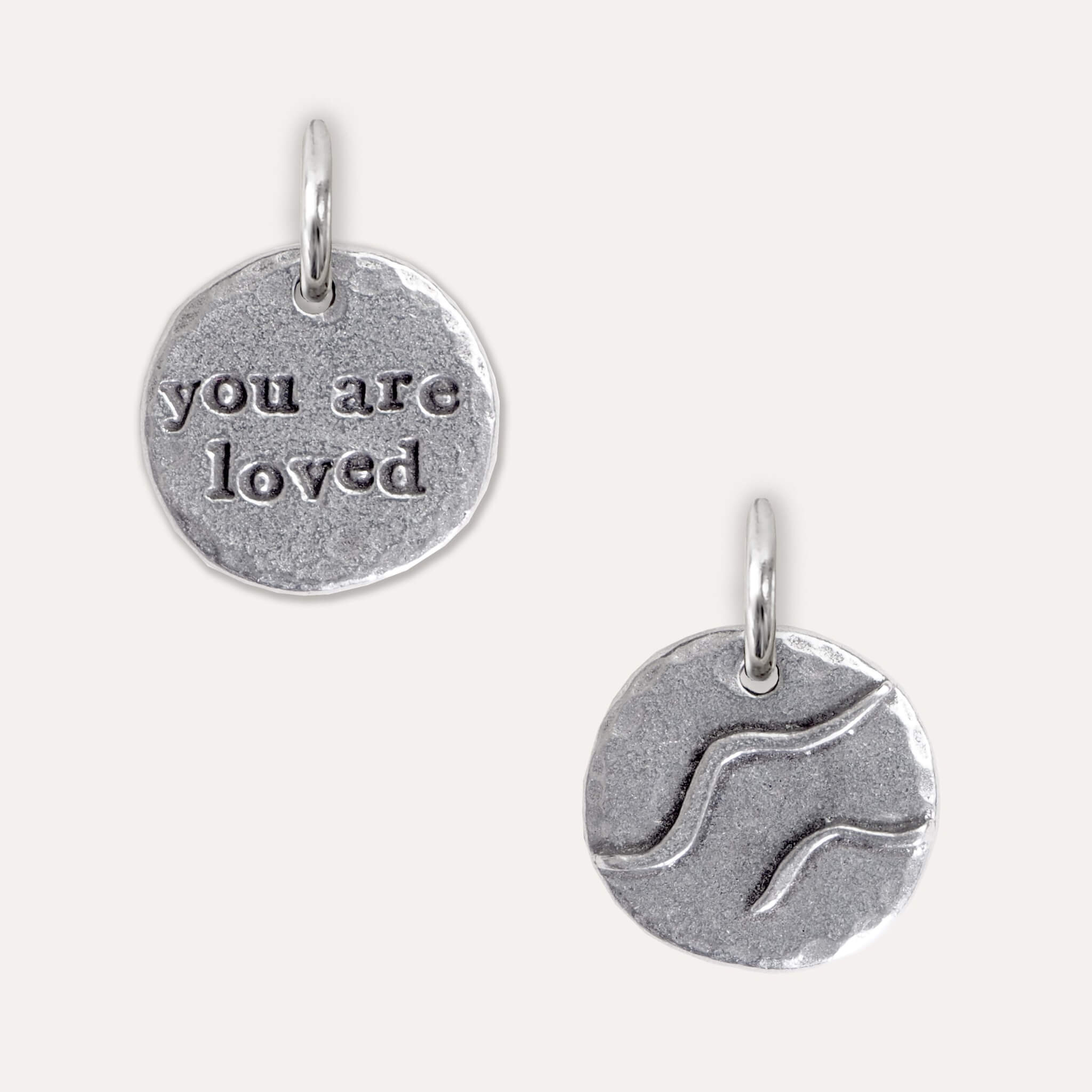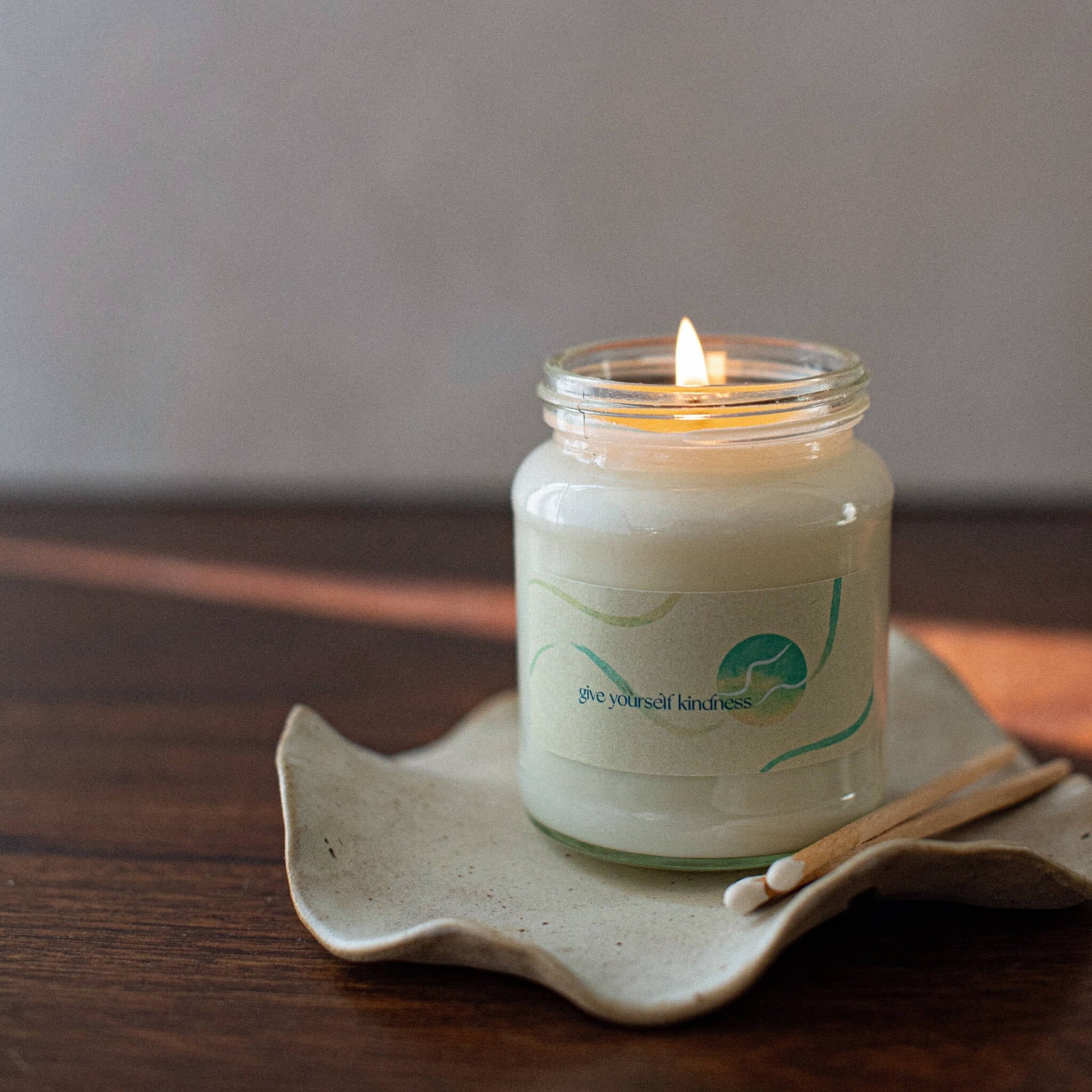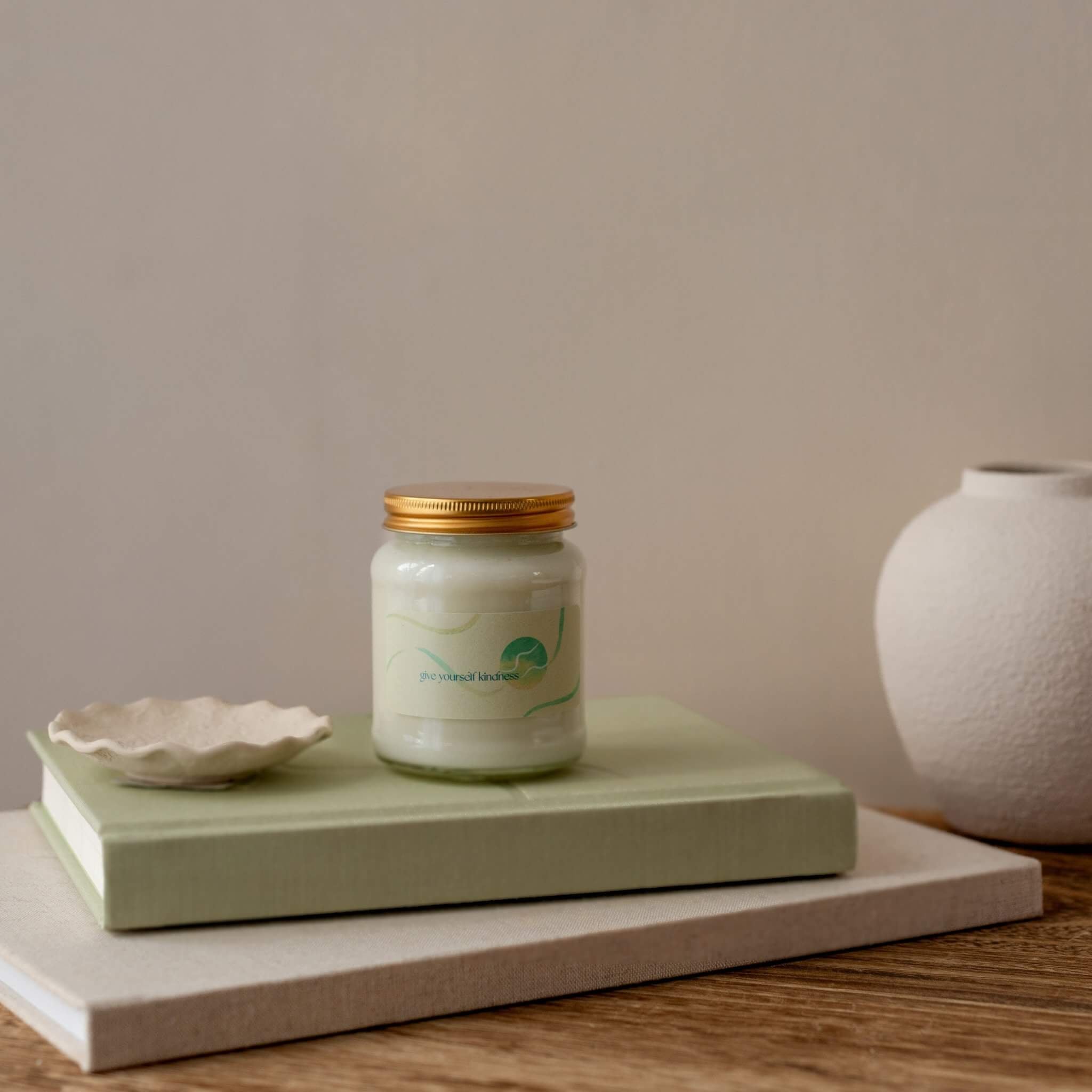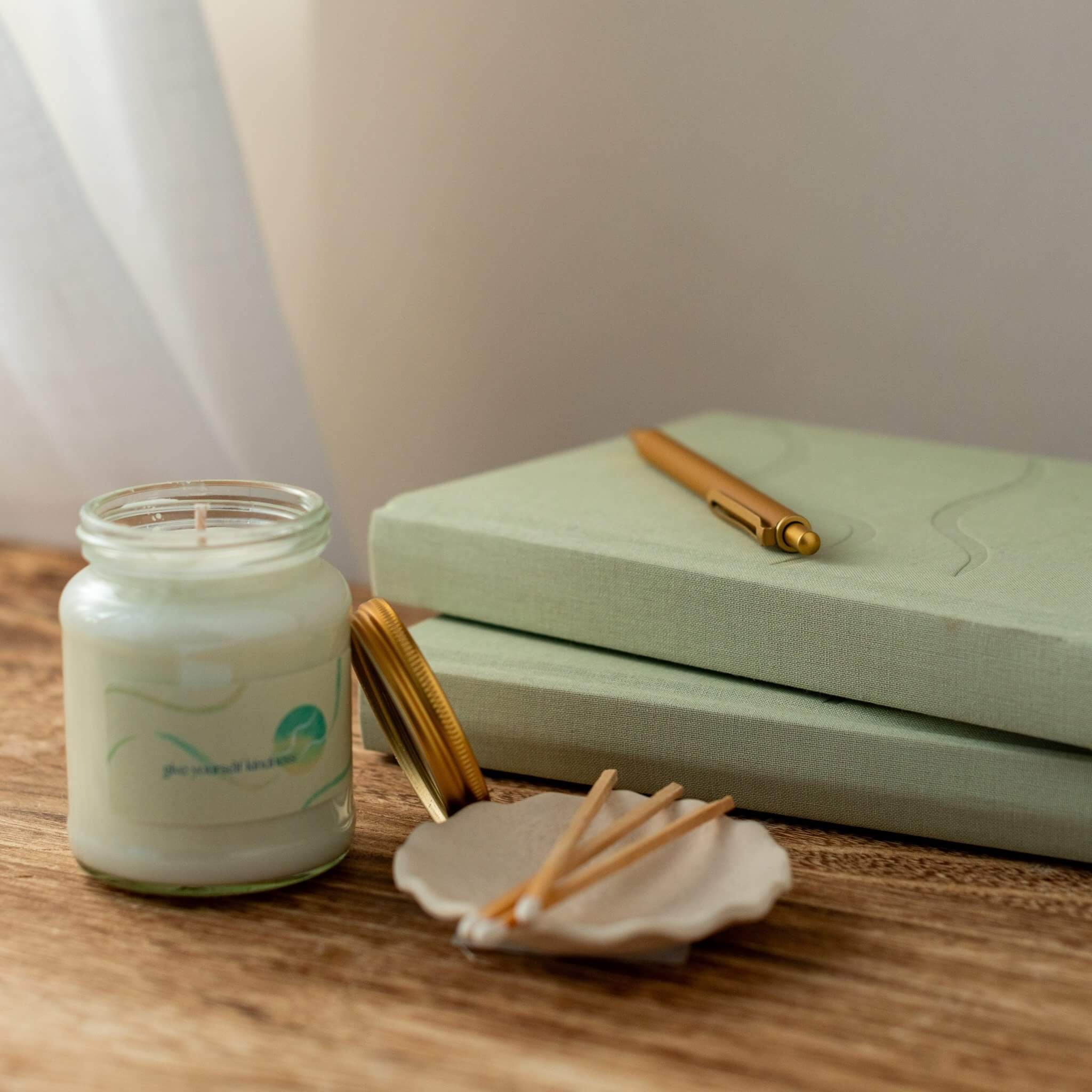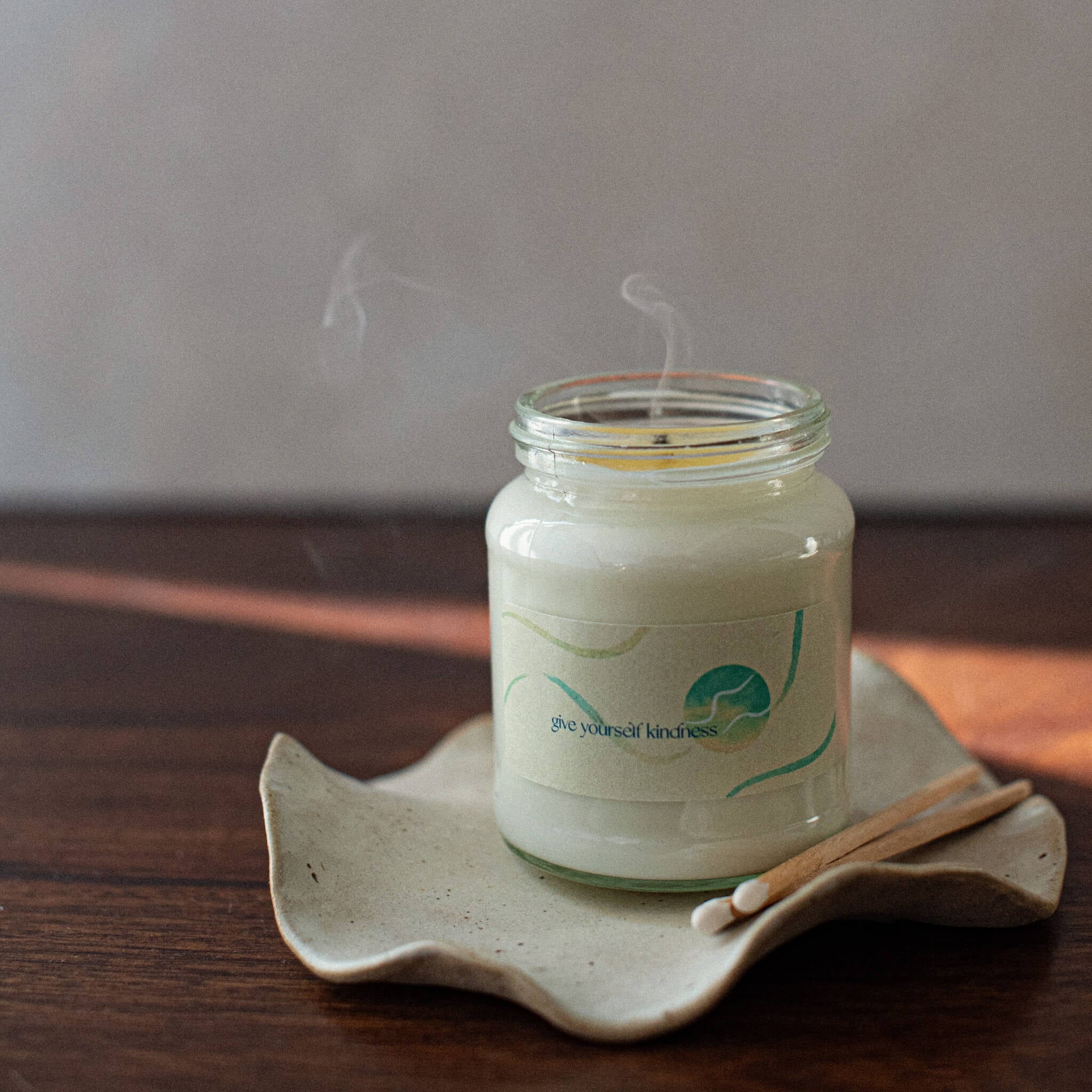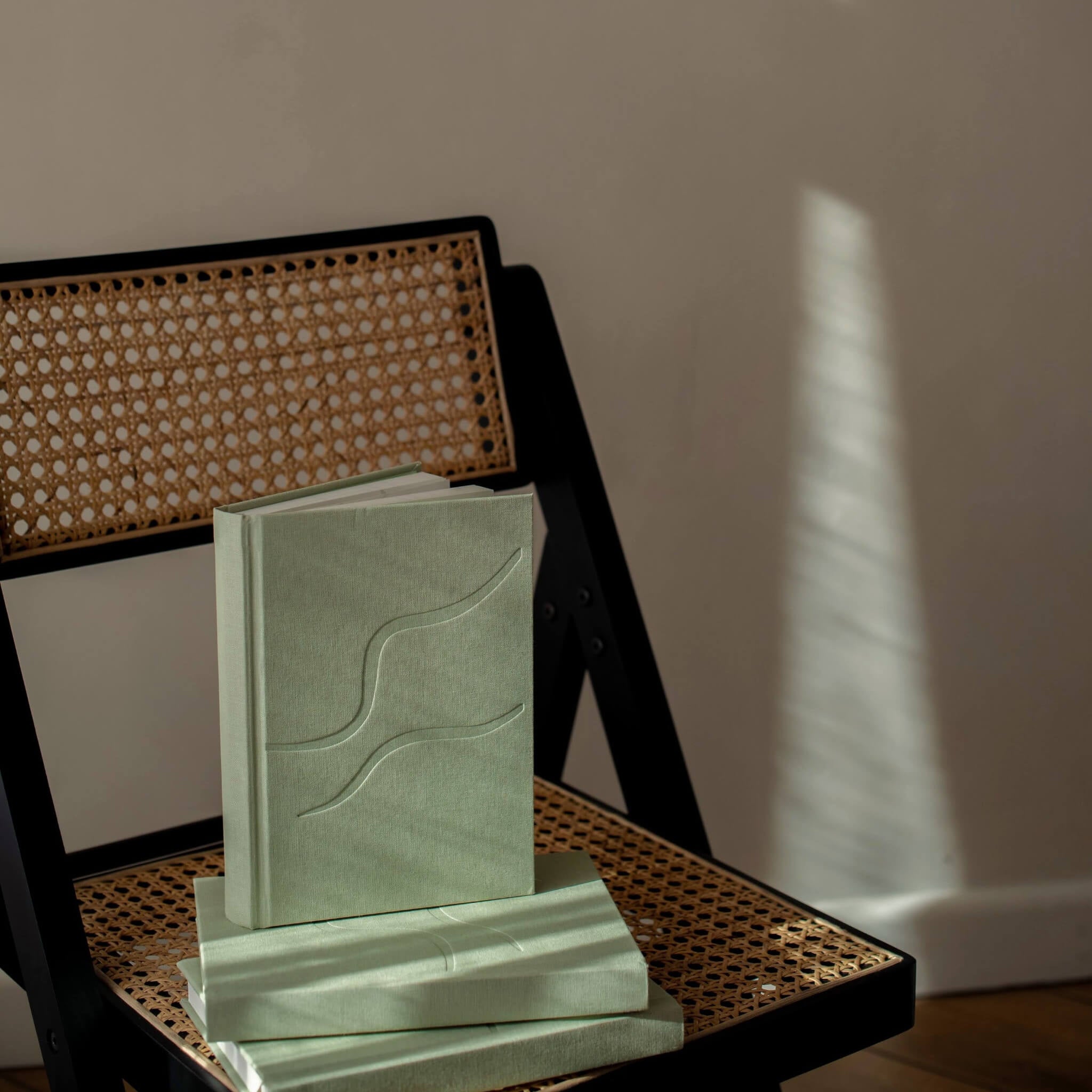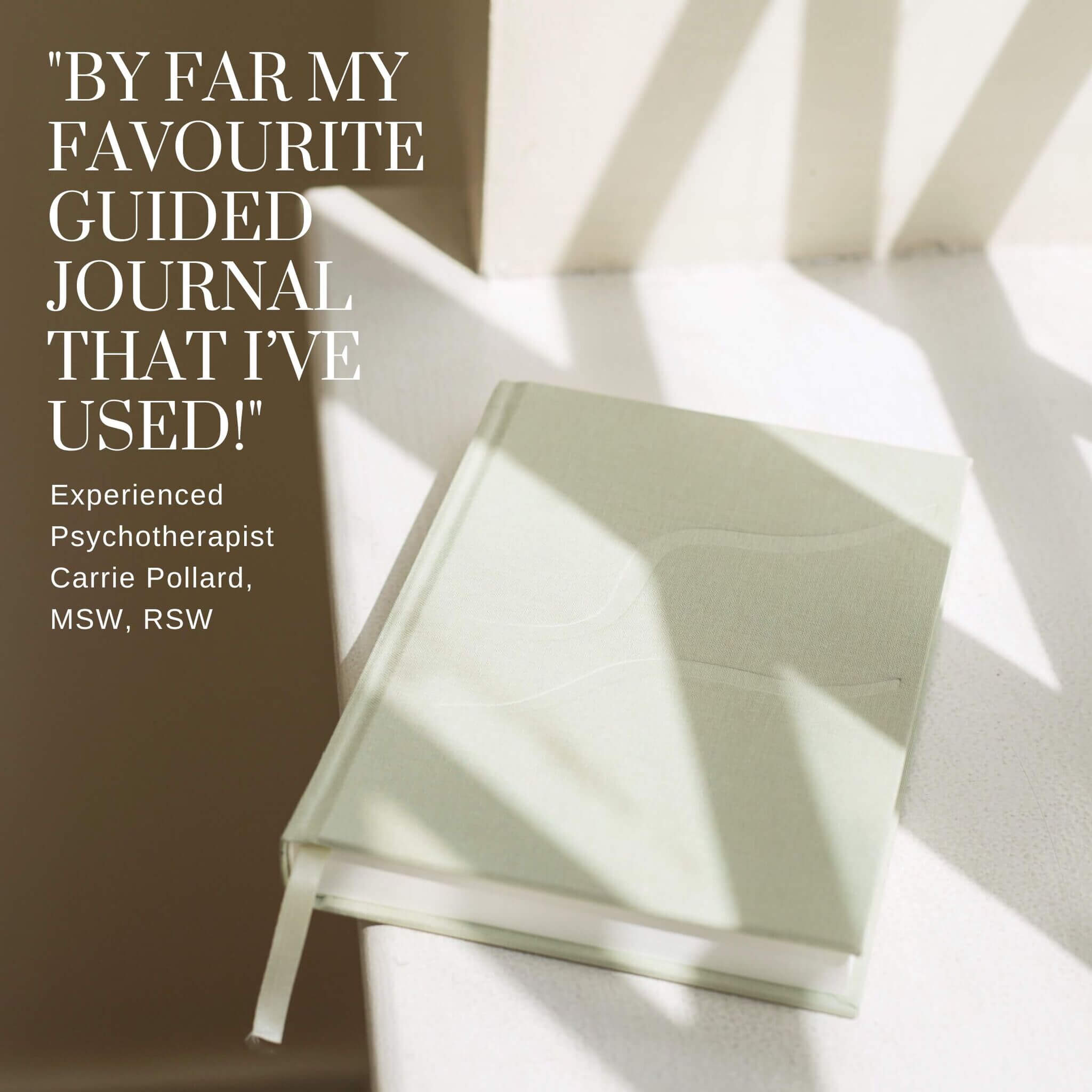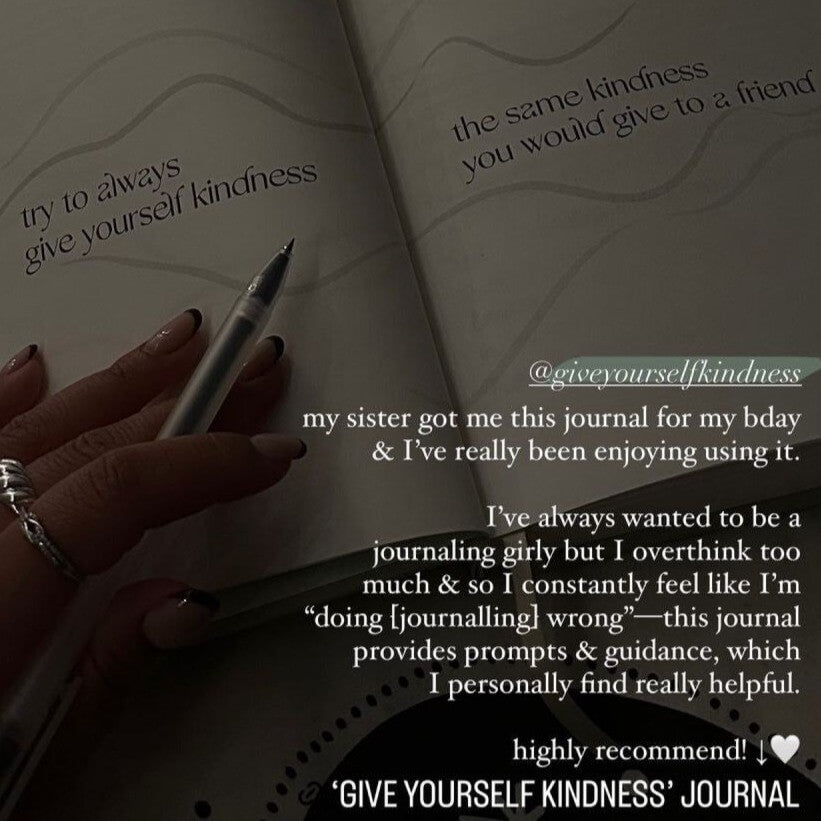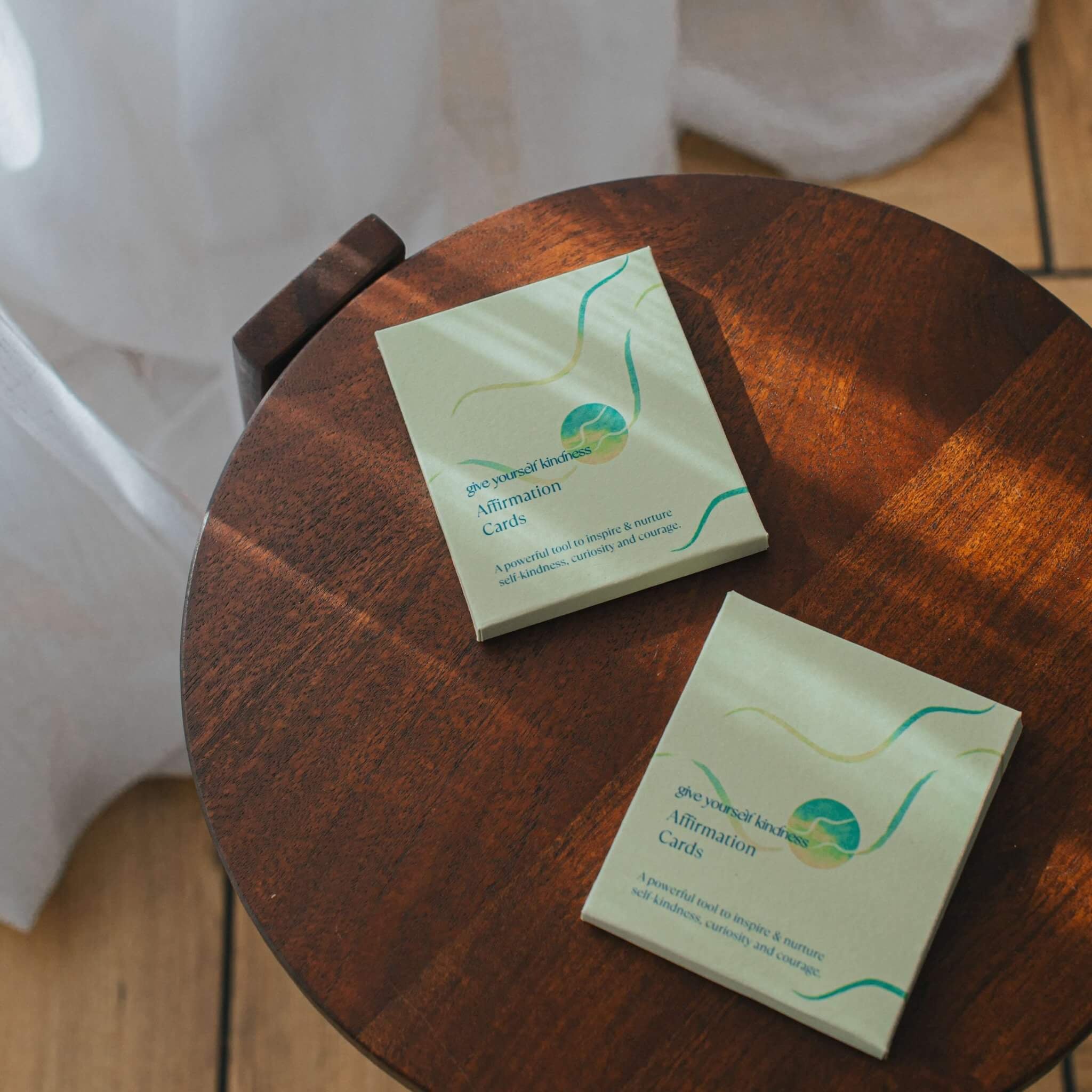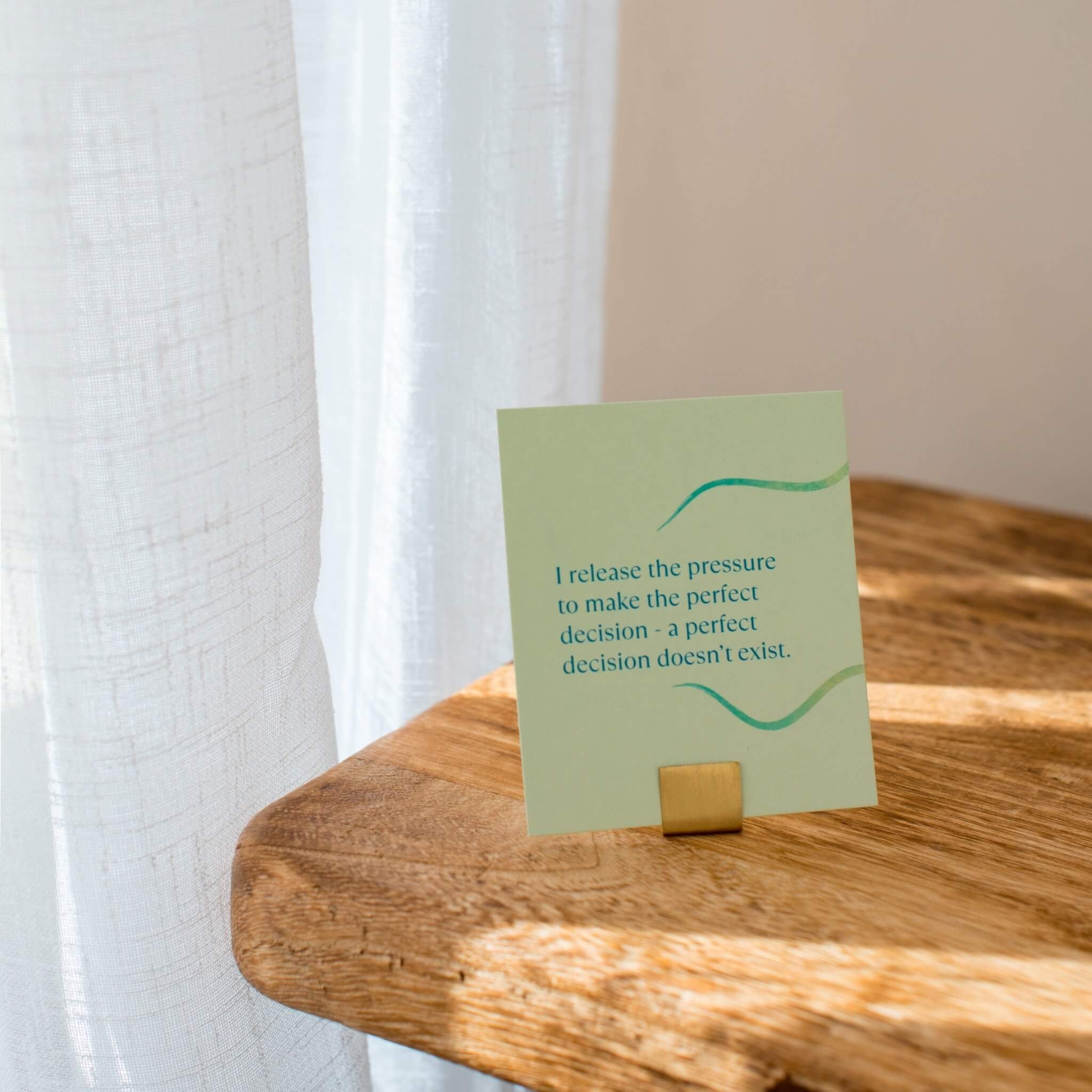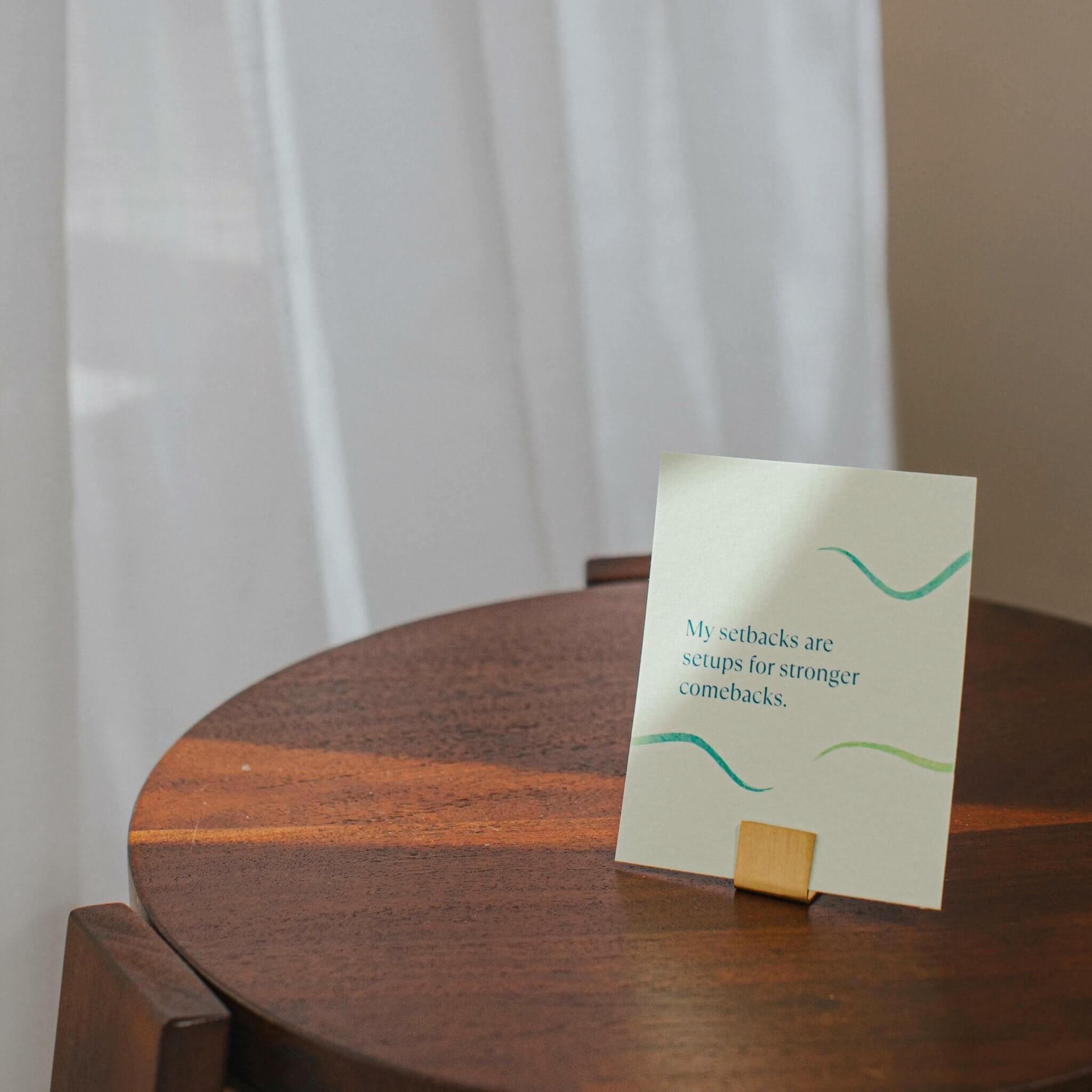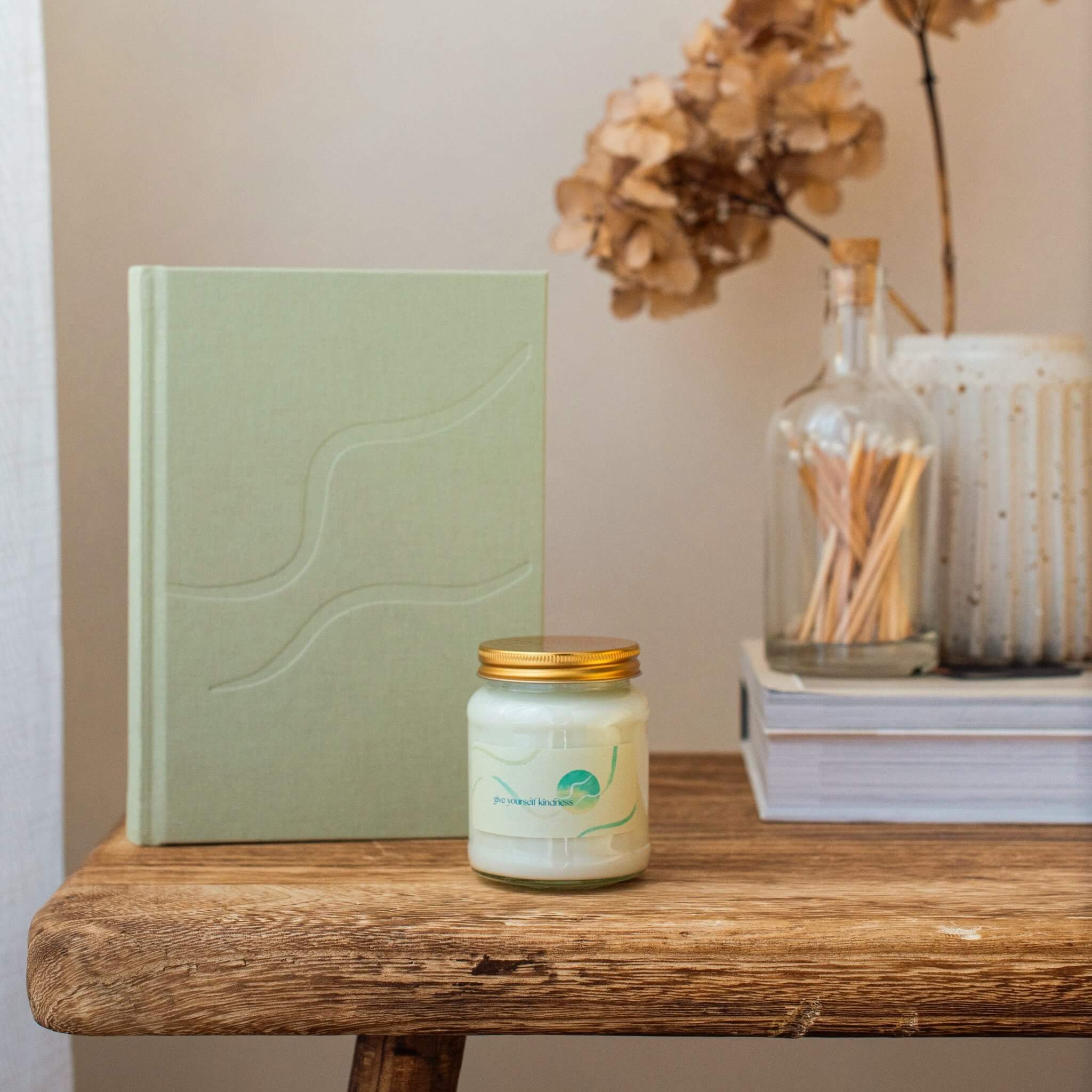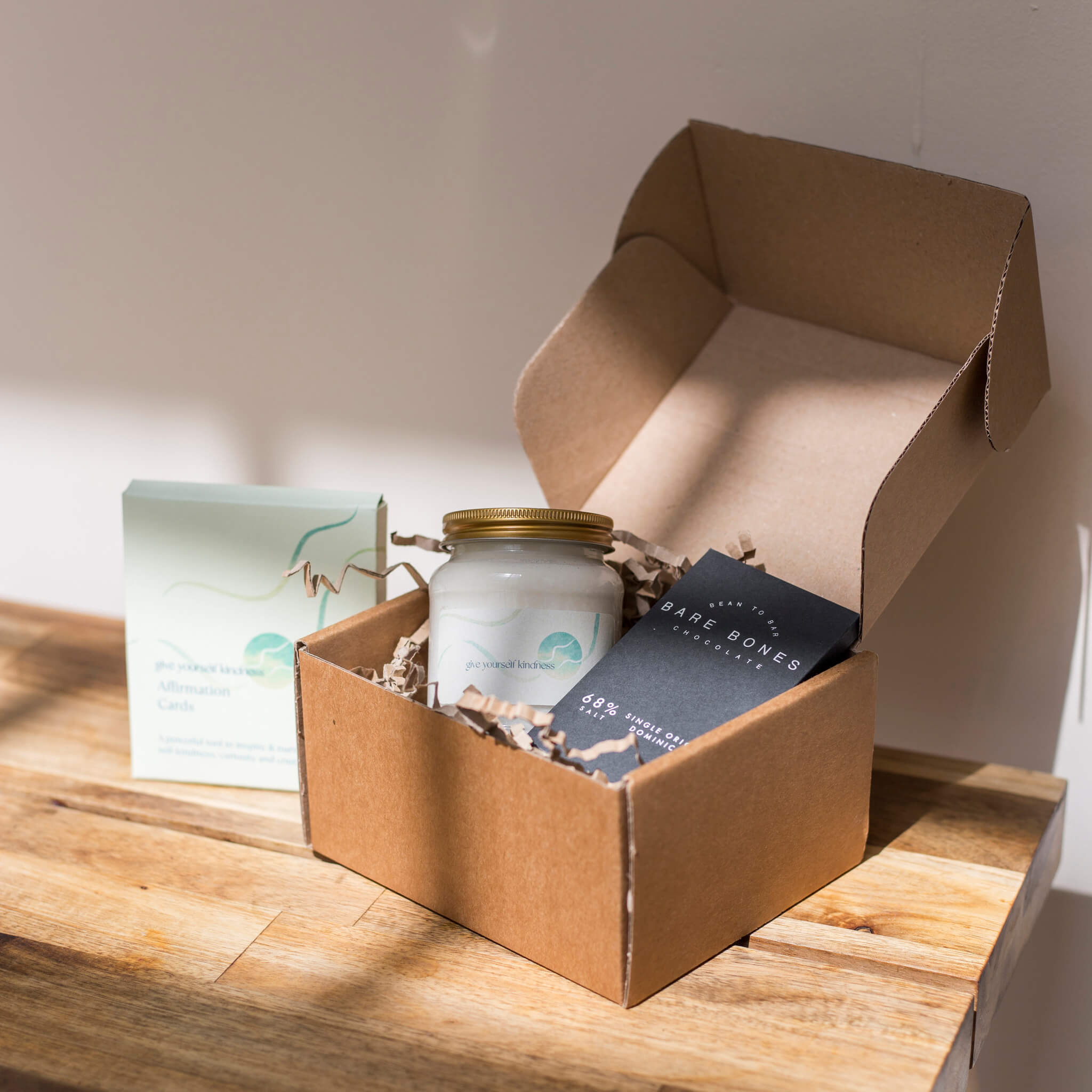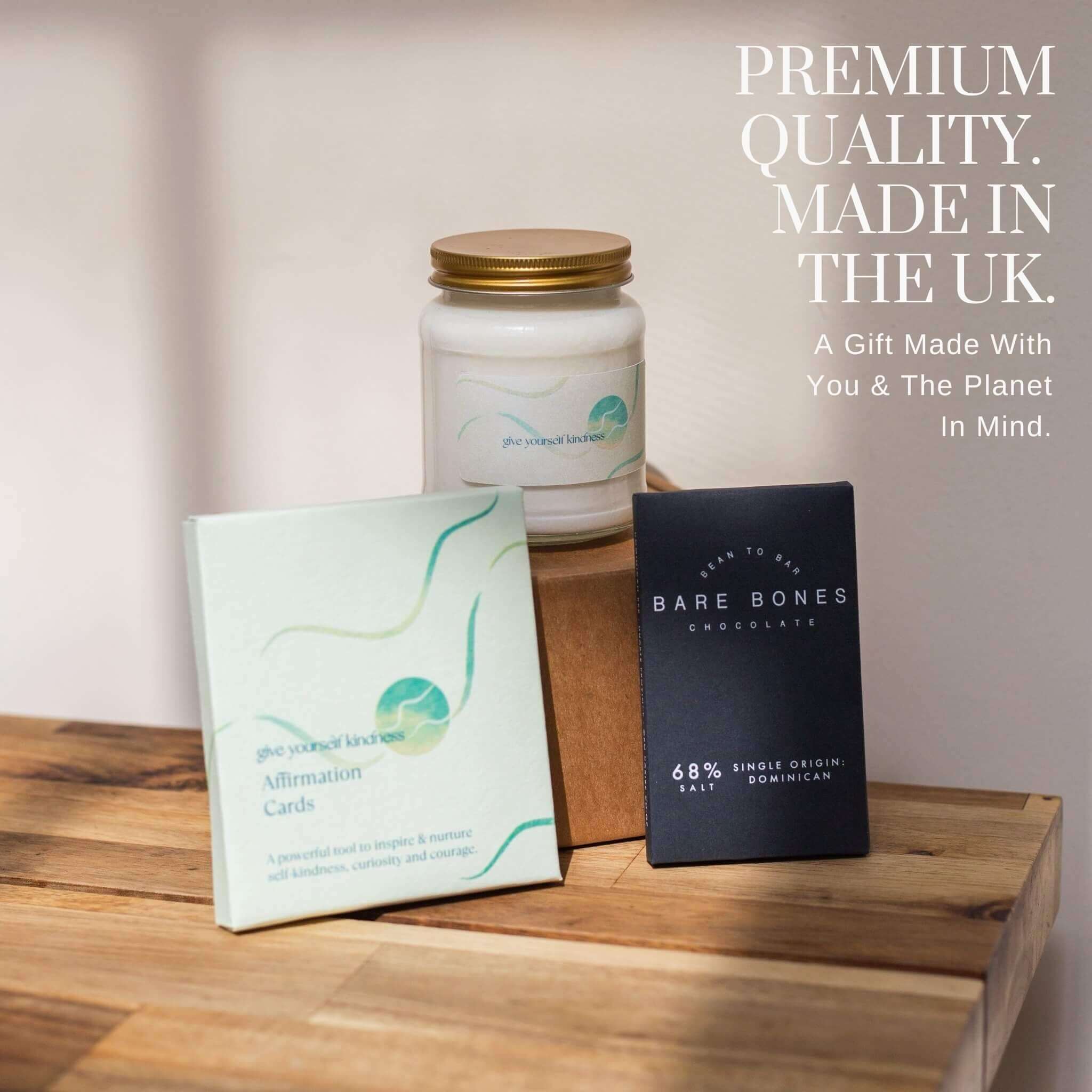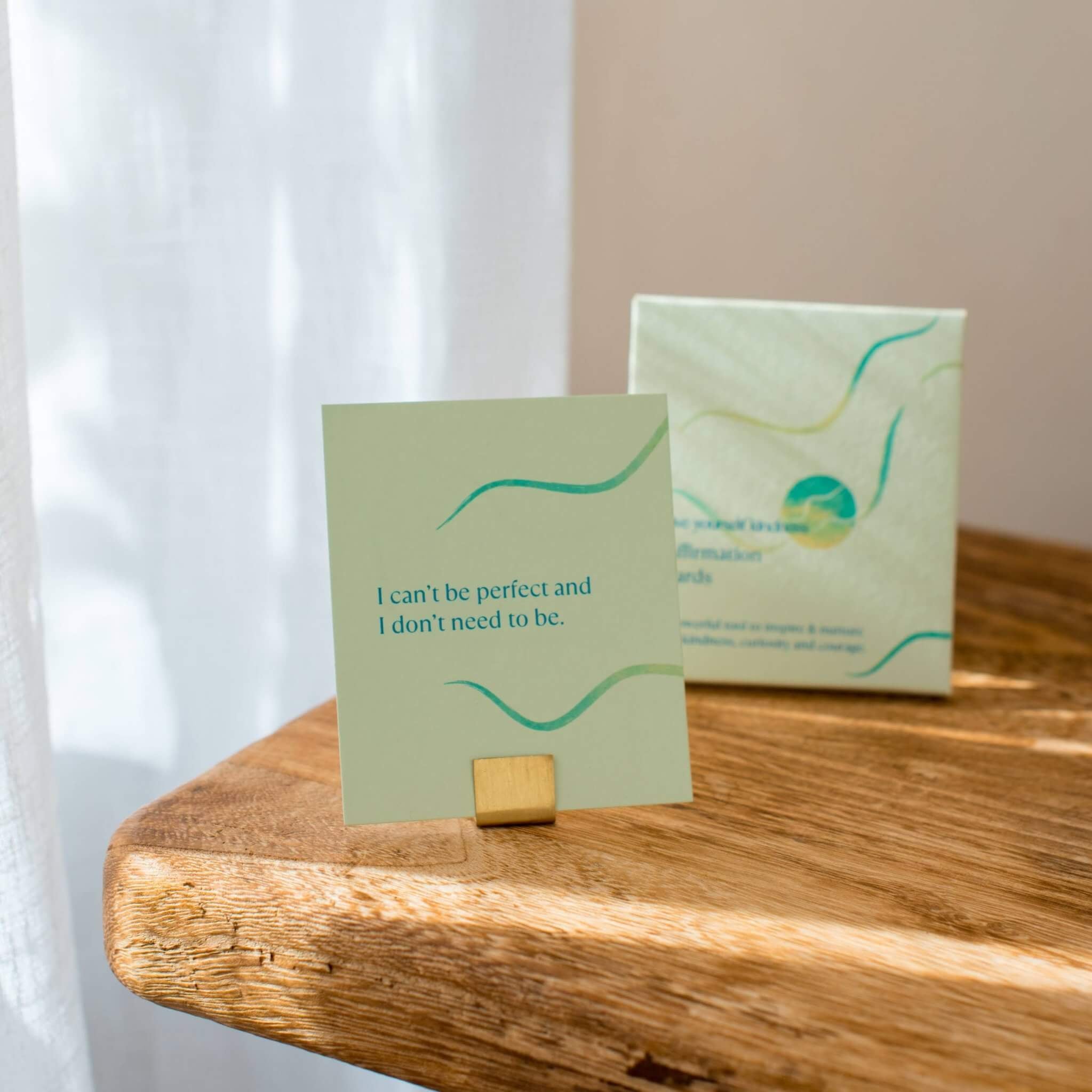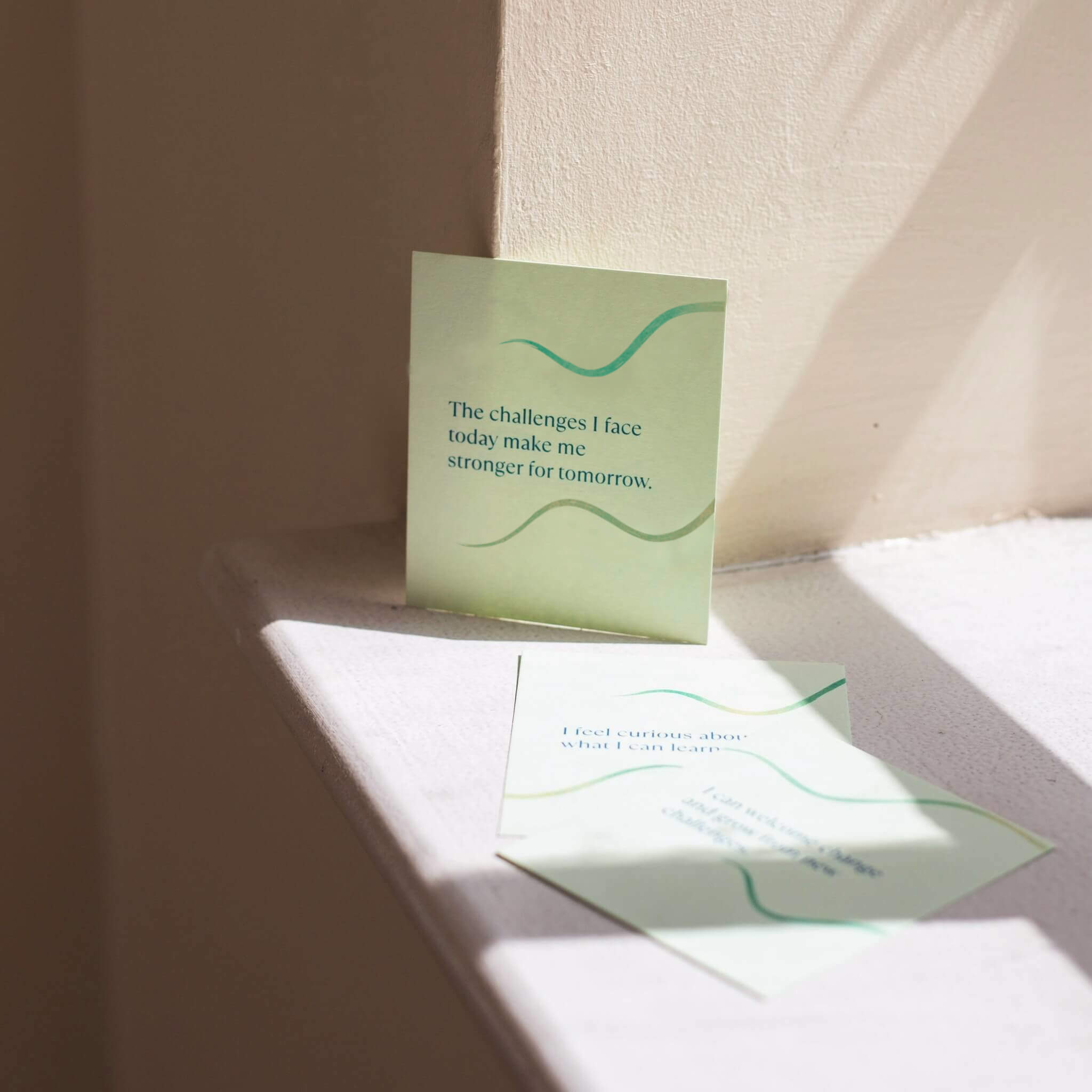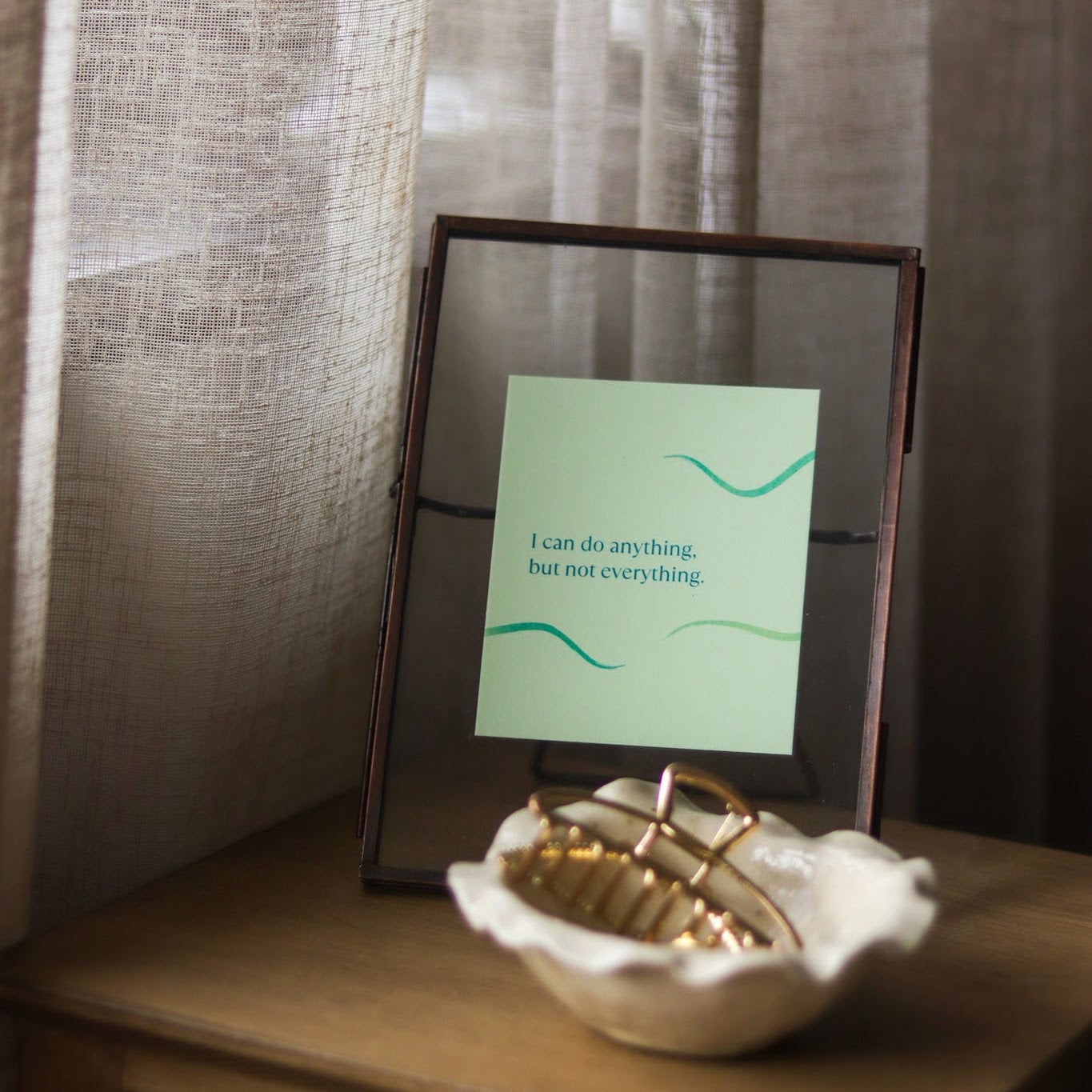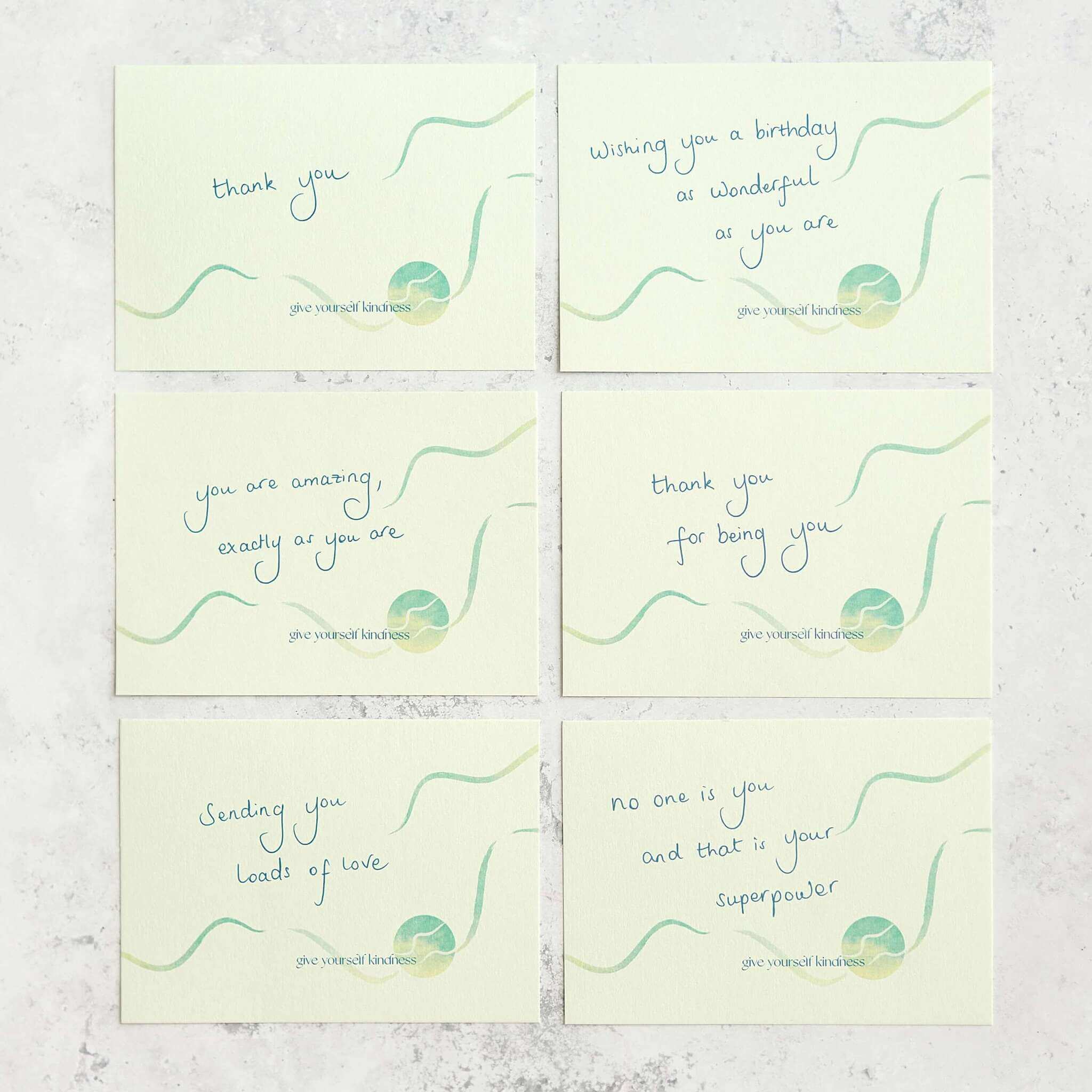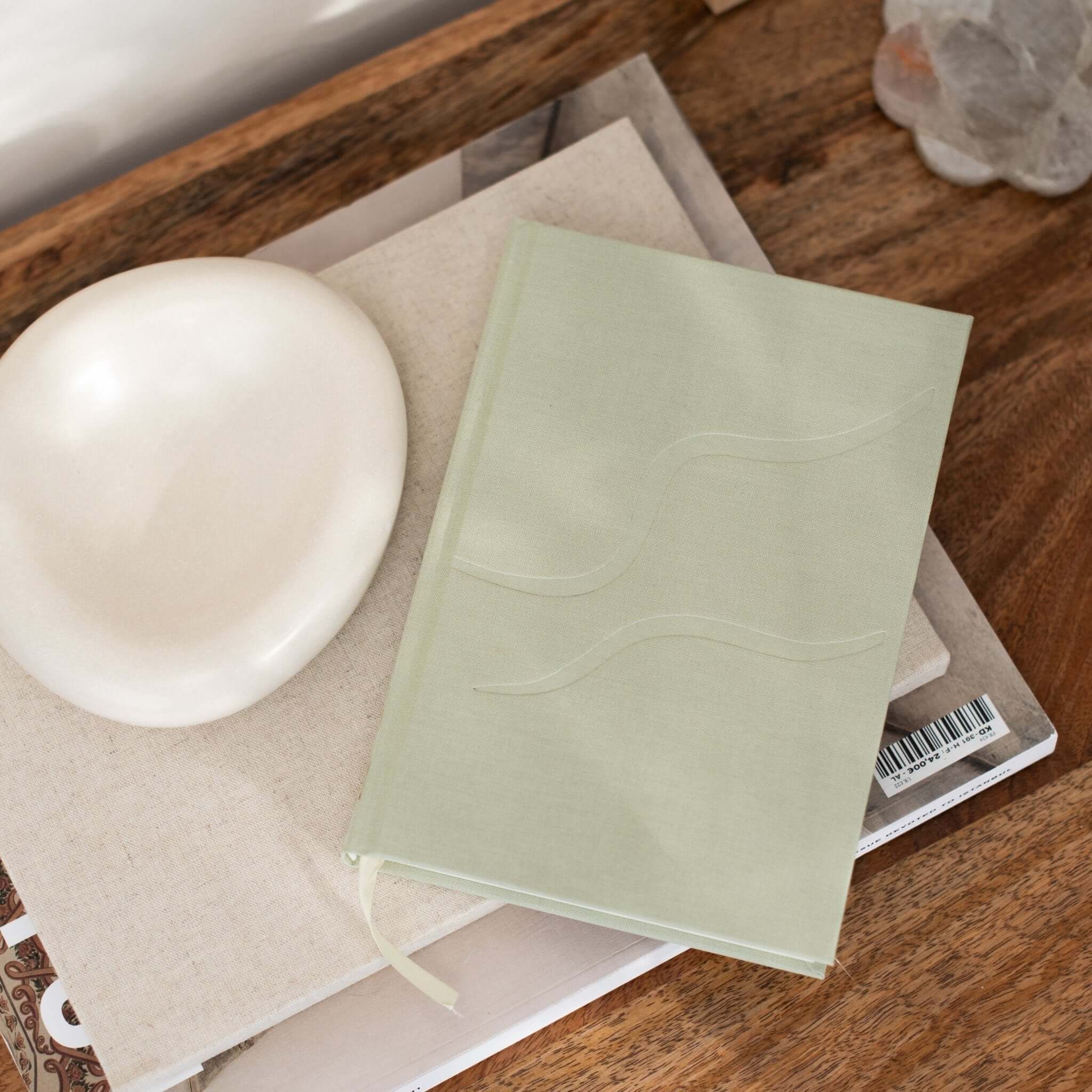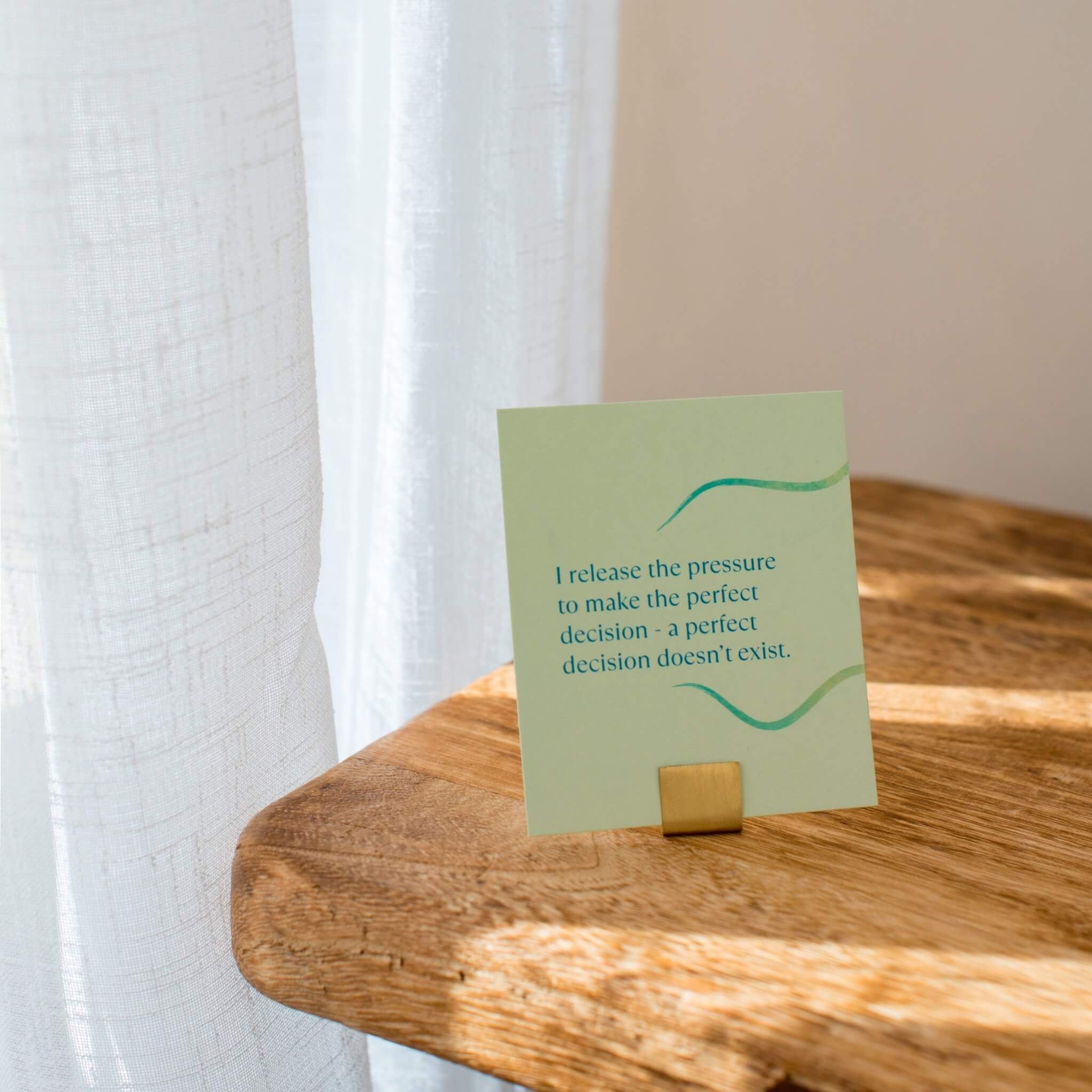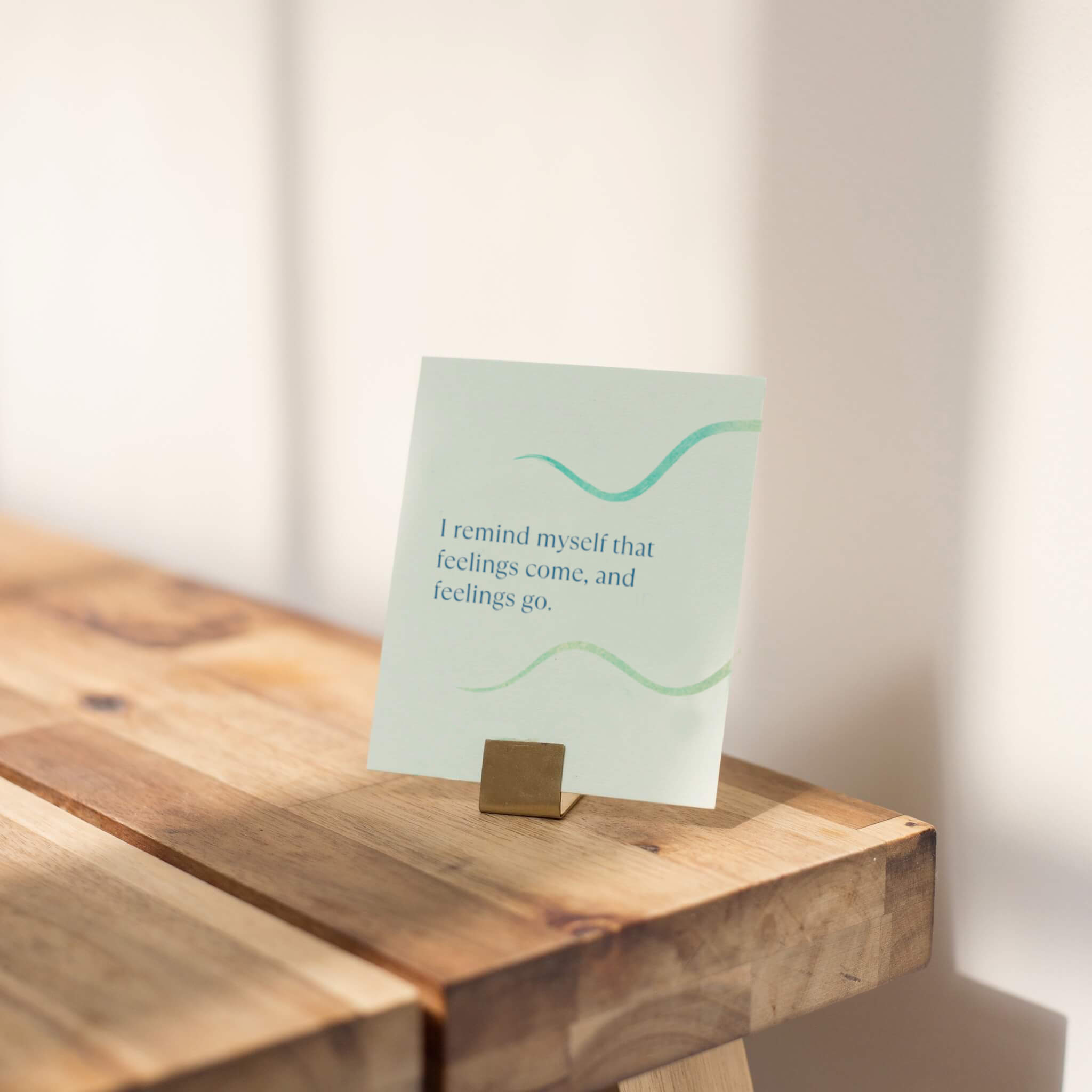Last updated: October 2025 | 12 minute read
Which Gratitude Journal Is Best?
For varied, pressure-free practice without blank lines: The Gratitude Journal offers 30 unique prompts with permission to be human (£10.95)
For quick daily routine: The Five Minute Journal provides 5-minute structured practice with the same prompts daily (£25)
For complete flexibility: A blank notebook lets you design your own approach (£5-15)
Tired of gratitude journals with numbered lists and blank lines that make you feel like you're failing when you can't immediately fill them in? Frustrated by forced positivity that ignores the reality of difficult days?
You're looking for a gratitude practice that feels genuine—one that gives you permission to be human, welcomes curiosity over perfection, and doesn't turn gratitude into another thing you're supposed to get right.
This guide compares the most recommended gratitude journals to help you find the approach that fits your real life. Learn more about the science of gratitude and how it changes your brain.
Looking for a Gratitude Journal Without "1, 2, 3" Lists?
The problem with numbered gratitude lists: Traditional formats like "Three things I'm grateful for: _____, _____, _____" can trigger feelings of failure when you can't immediately think of answers. Your brain telling you "this is hard" doesn't mean you're ungrateful—it means those blank lines create pressure instead of invitation.
The solution: The Gratitude Journal offers 30 completely unique prompts without any numbered lists or blank lines to fill. Instead of demanding "three things," it invites curious exploration through your senses, memories, creativity, and experiences. Each day's prompt is different—from drawing and letter-writing to finding gratitude in mistakes and difficult moments.
Why this approach works: Research shows gratitude practice is powerful for mental health, but the format matters. Exploratory prompts reduce pressure, prevent boredom from repetition, and explicitly give permission for gratitude to feel hard some days. Learn more about how gratitude changes your brain.
Gratitude Journal Comparison at a Glance
| Journal | Duration | Best For | Approach | Price |
|---|---|---|---|---|
| The Gratitude Journal | 30-day challenge | Varied, curious practice | 30 unique prompts, no lists or blanks | £10.95 |
| The Five Minute Journal | 6 months | Quick daily structure | Morning & evening prompts, 5 minutes | ~£25 |
| The 6-Minute Diary | 6 months | Slightly more reflection | Morning & evening, weekly reviews | ~£25 |
| Papier Gratitude Journal | 5 months | Stylish, customizable | Daily prompts, monthly check-ins | ~£20 |
| A Blank Notebook | Your choice | Complete freedom | Freeform, self-directed | £5-15 |
Detailed Gratitude Journal Comparison
The Gratitude Journal (by Give Yourself Kindness)
What makes The Gratitude Journal different:
Is The Gratitude Journal right for you?
- Find typical gratitude journals repetitive or boring
- Feel pressure from numbered lists and blank lines
- Want to avoid forced positivity and toxic positivity
- Appreciate variety and creative prompts
- Are new to gratitude practice and want guidance
- Want research-backed techniques in an accessible format
- Are looking for a thoughtful, affordable gift
- Prefer the same prompts every day for consistency
- Want a longer journal (this is 30 days)
- Prefer quick bullet-point lists over exploratory writing
- Want a morning and evening structure specifically
The Five Minute Journal
What makes this journal different:
The Five Minute Journal is scientifically backed and designed for busy people. It uses the same prompts every day: morning gratitude prompts and evening reflection on three amazing things that happened. This consistency can be helpful for building habits, though some find the repetition boring over time.
Choose this journal if you:
- Want a quick, no-thinking-required structure
- Prefer consistency and routine
- Have very limited time (genuinely just 5 minutes)
- Like morning and evening check-ins
The 6-Minute Diary
What makes this journal different:
Similar to The Five Minute Journal but with slightly more time investment. It offers 3 minutes in the morning and 3 in the evening, plus dedicated space for notes and weekly reflection. Includes prompts for tracking habits and general wellness alongside gratitude.
Choose this journal if you:
- Want structure but slightly more depth than 5 minutes
- Like weekly review practices
- Want to track habits alongside gratitude
- Prefer a comprehensive wellness approach
Papier Gratitude Journal
What makes this journal different:
A beautifully designed journal with daily prompts and monthly check-ins. Features uplifting quotes and affirmations. The main appeal is the aesthetic and ability to customize the cover design, making it feel more personal or special as a gift.
Choose this journal if you:
- Value beautiful design and aesthetics
- Want to customize the cover
- Appreciate quotes and affirmations
- Looking for a gift that feels luxurious
A Blank Notebook
What makes this approach different:
The simplest option—just you and a blank page. You can write as much or as little as you want, change your approach daily, draw, make lists, or write paragraphs. Complete freedom means complete flexibility, but it also requires more discipline and self-direction.
Choose a blank notebook if you:
- Want total creative freedom
- Enjoy designing your own practice
- Have experience with journaling and don't need prompts
- Like the idea of unstructured exploration
- Are on a tight budget
Potential challenges:
- Can feel overwhelming without direction
- Easier to skip when you're stuck
- May fall into repetitive patterns without realizing
- No built-in accountability or structure
Which Gratitude Journal for Your Situation?
Avoid: 6-month journals with repetitive prompts
Avoid: Journals with forced positivity that might trigger resistance
Avoid: Traditional "_____,_____,_____" formats
Alternative: The Gratitude Journal for prompt inspiration
Note: Works best if you don't mind repetition
Which Gratitude Journal Should You Choose?
Find your best match based on what you need:
Common Gratitude Journaling Problems (And Solutions)
Why The Gratitude Journal Was Created
The Gratitude Journal was born from personal frustration with typical gratitude journals.
The Problem with Traditional Gratitude Journals
You open your journal and see:
"Three things I am grateful for today...
_________________
_________________
_________________"
You look at those blank lines. Nothing immediately comes to mind. Your brain starts with: "I should be able to think of things. I'm so ungrateful. What's wrong with me?"
The idea that this format was supposed to help felt wrong. The pressure to fill in blanks, the numbered lists, the implication that if you couldn't immediately think of three perfect things, you were somehow failing at gratitude.
But here's the thing: gratitude is powerful. Research shows that noticing and writing down what you're grateful for counteracts the negative bias in our brains and brilliantly supports mental health. The practice works—it's just that many journals make it feel like another thing to get right.
A Different Approach to Gratitude
The Gratitude Journal takes a completely different approach:
- No numbered lists. No blanks staring at you waiting to be filled. Just invitations to be curious.
- Permission to feel. Explicitly acknowledges that some days gratitude feels easier, other days harder—and that's completely normal. Your brain saying "this is hard" doesn't mean you're ungrateful.
- 30 unique prompts. From exploring nature with your senses, to writing letters, to finding gratitude in mistakes, to guided meditation—every day offers something different.
- Space for complexity. Recognizes that gratitude and pain can coexist. Some painful experiences are just painful, and that's valid.
- Research-backed without being academic. Includes the science of how gratitude changes your brain, but makes it accessible and practical.
Who The Gratitude Journal Is For
This journal is perfect if you:
- Have tried gratitude journals before and found them boring or repetitive
- Feel pressure from traditional gratitude formats
- Want to practice gratitude but struggle with forced positivity
- Are curious about gratitude but new to the practice
- Want research-backed techniques in a warm, accessible format
- Need something affordable but meaningful as a gift
- Want to explore gratitude through creativity, not just lists
What It Includes
The 30-day journey includes:
- Prompts exploring gratitude through your senses, memories, relationships, body, creativity, nature, comfort, mistakes, changes, and more
- Creative exercises including drawing, letter-writing, listening to music, and planning small joys
- A guided gratitude meditation recorded by Rachel (qualified meditation teacher)
- The science of gratitude explained accessibly, with links to further reading on how gratitude changes your brain
- Gentle reminders throughout that give you permission to be human
- Space to return to and reflect on what you've learned
Our Verdict: Which Gratitude Journal to Choose
If you want a gratitude practice that feels genuine and pressure-free, this is your best choice. The 30-day format is achievable, the variety keeps you engaged, and it explicitly gives you permission to be human on difficult days. At £10.95, it's also the most affordable option.
Choose this if you genuinely need something that takes exactly 5 minutes with zero thinking required. The structure is consistent and quick, though some find the repetition becomes mechanical over time.
If you're experienced with journaling and want complete flexibility to design your own practice, a blank notebook gives you total creative control. Just be prepared to provide your own structure and accountability.
Both make thoughtful gifts. Papier offers customizable covers and luxurious design. The Gratitude Journal offers meaningful content with optional handwritten gift notes at a more accessible price point.
The Bottom Line: The best gratitude journal is one you'll actually use. Choose based on whether you need structure or freedom, quick consistency or varied exploration, and whether forced positivity helps or hinders your practice.
Frequently Asked Questions About Gratitude Journals
The best gratitude journal depends on your personal needs. If you want a pressure-free practice that avoids forced positivity and repetitive prompts, The Gratitude Journal offers 30 unique prompts with permission to be human. If you need something quick and structured, The Five Minute Journal takes just 5 minutes daily. For complete freedom, a blank notebook lets you design your own practice.
If you're a beginner or prone to getting stuck, a guided journal like The Gratitude Journal or The Five Minute Journal helps you start and maintain consistency. A blank notebook offers more freedom for in-depth reflection and creativity, but requires more discipline. Consider: do you need prompts to get started, or do prompts feel limiting?
The Gratitude Journal has no numbered lists or blank lines to fill in—formats that can trigger feelings of failure. Instead, it offers 30 completely unique prompts that invite curiosity, not pressure. It explicitly gives permission for gratitude to feel hard some days, avoiding toxic positivity. Created by a qualified meditation teacher, it includes research-backed techniques and a guided meditation.
Yes, research shows gratitude journaling is effective. Studies demonstrate that two-minute gratitude practices can increase happiness by 25% and improve sleep quality. Research also shows regular gratitude practice reduces stress and anxiety. The practice works—the format just needs to match your brain. If numbered lists make you anxious, they won't work for you, but exploratory prompts might.
Most people notice changes in mood after 2-3 weeks of consistent practice. Research shows measurable changes in brain patterns after 4 weeks. However, many people report feeling calmer within the first week—even if their circumstances haven't changed, their focus has. The key is consistency, not perfection.
Missing days is completely normal and doesn't erase your progress. With The Gratitude Journal's 30-day format, you can pick up where you left off without guilt—the prompts aren't dated. For daily journals with dated entries, simply skip to today's date. Consistency matters more than perfection, and beating yourself up about missing days defeats the purpose of a gratitude practice.
This depends on your journal and preference. The Five Minute Journal takes exactly 5 minutes. The 6-Minute Diary takes 6 minutes. The Gratitude Journal is flexible—some prompts might take 5 minutes, others you might spend 15-20 minutes exploring. Research shows even 2-minute gratitude practices can increase happiness by 25%, so consistency matters more than duration.
Finding gratitude hard doesn't mean you're ungrateful—it means you're human. Our brains evolved to scan for problems first (survival instinct), so struggling with gratitude is normal. The Gratitude Journal explicitly addresses this, giving you permission to find it challenging and explaining why your brain works this way. If traditional formats with numbered lists make you feel worse, try a more exploratory approach without blanks to fill.
Yes, but approach matters. Forced positivity during difficult times can make you feel worse. The Gratitude Journal acknowledges that gratitude and pain can coexist—you don't have to pretend everything is fine. It includes prompts that welcome difficult emotions and explores gratitude within challenging experiences without toxic positivity. Some painful things are just painful, and that's valid.
The Gratitude Journal makes a thoughtful, affordable gift (£10.95) and includes optional handwritten gift notes. It's meaningful without being prescriptive—suitable for beginners and those tired of boring gratitude journals. Papier Gratitude Journal offers customizable covers for a more luxurious presentation (~£20). Both are more personal than a blank notebook while being more accessible than forced-positivity formats.
Gratitude journals use specific prompts to direct attention toward things that went well, moments of appreciation, or sources of support. Regular journals are open-ended for any thoughts or feelings. Research shows directed gratitude practice has stronger effects on mood and anxiety than freeform journaling alone. However, you can add gratitude practice to any regular journal if you prefer flexibility.

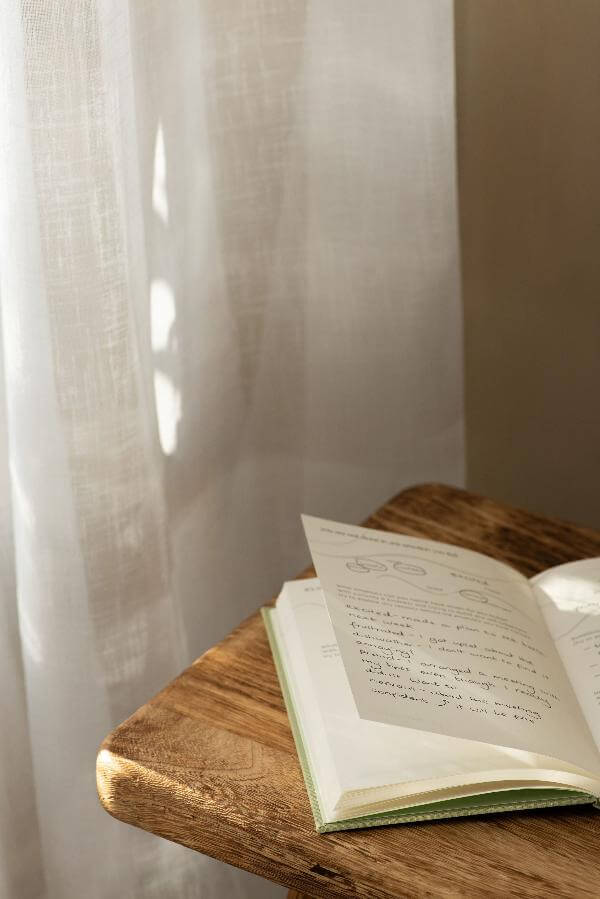
“By far my favourite guided journal that I’ve used!”
There's a lot of journals out there. Most of which include tools that can be repetitive, boring or unhelpful. Give Yourself Kindness is about creating something new.

